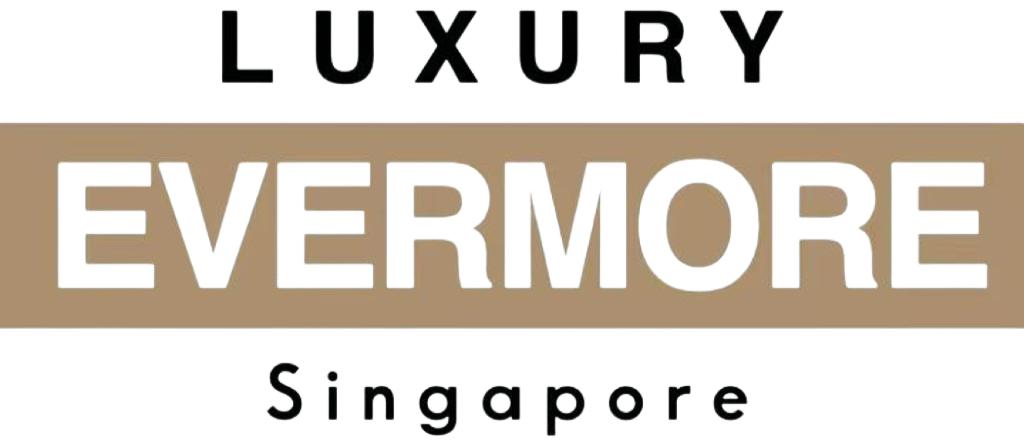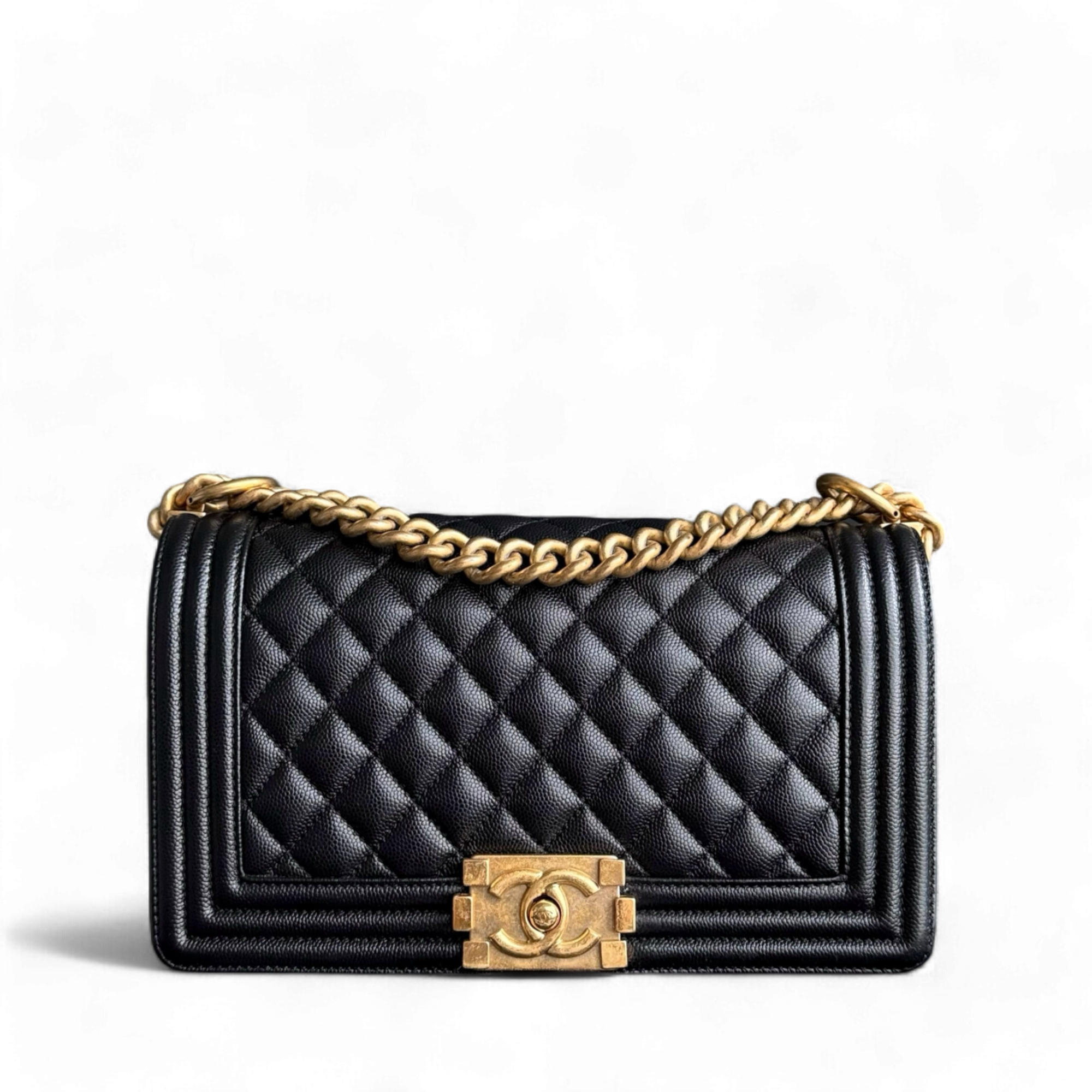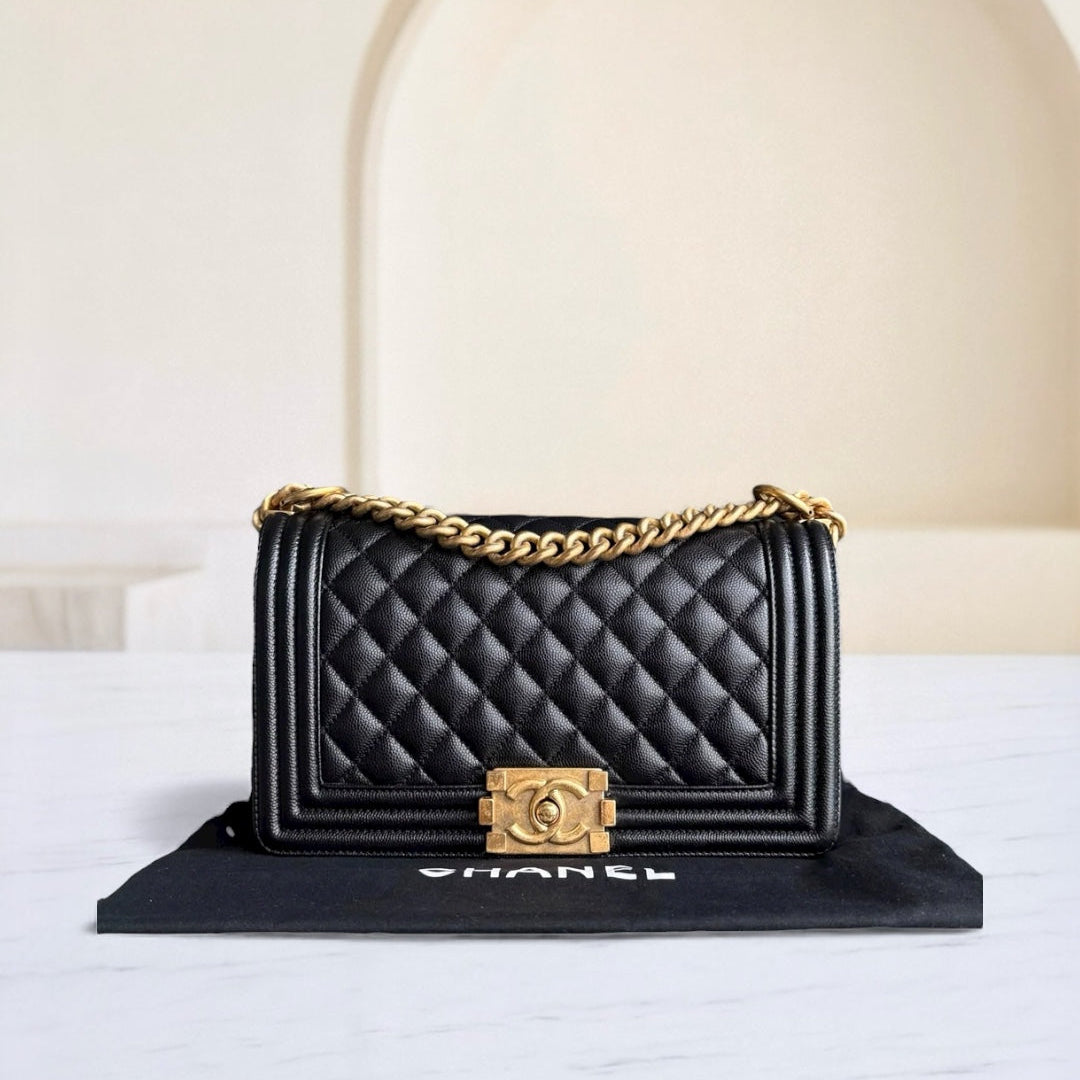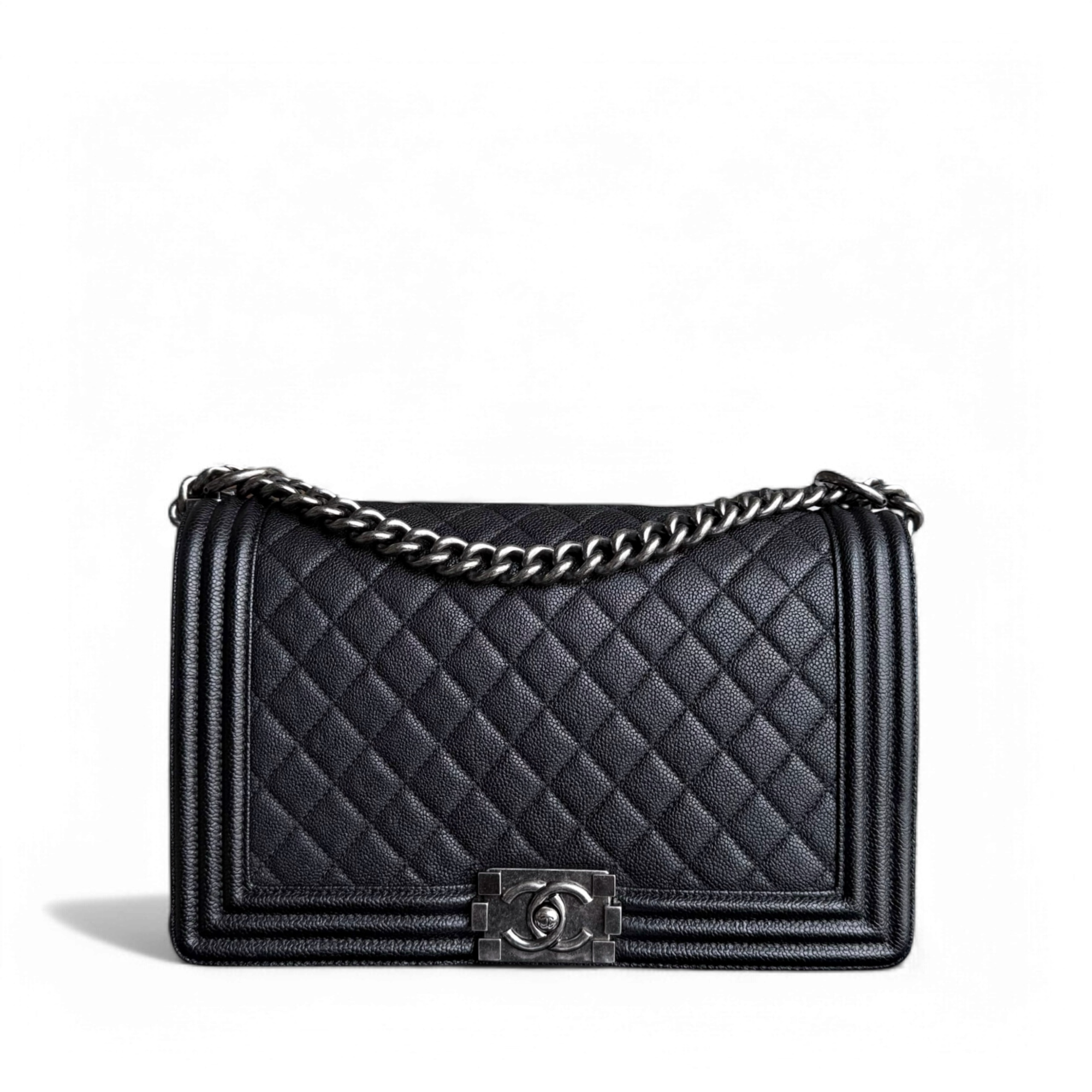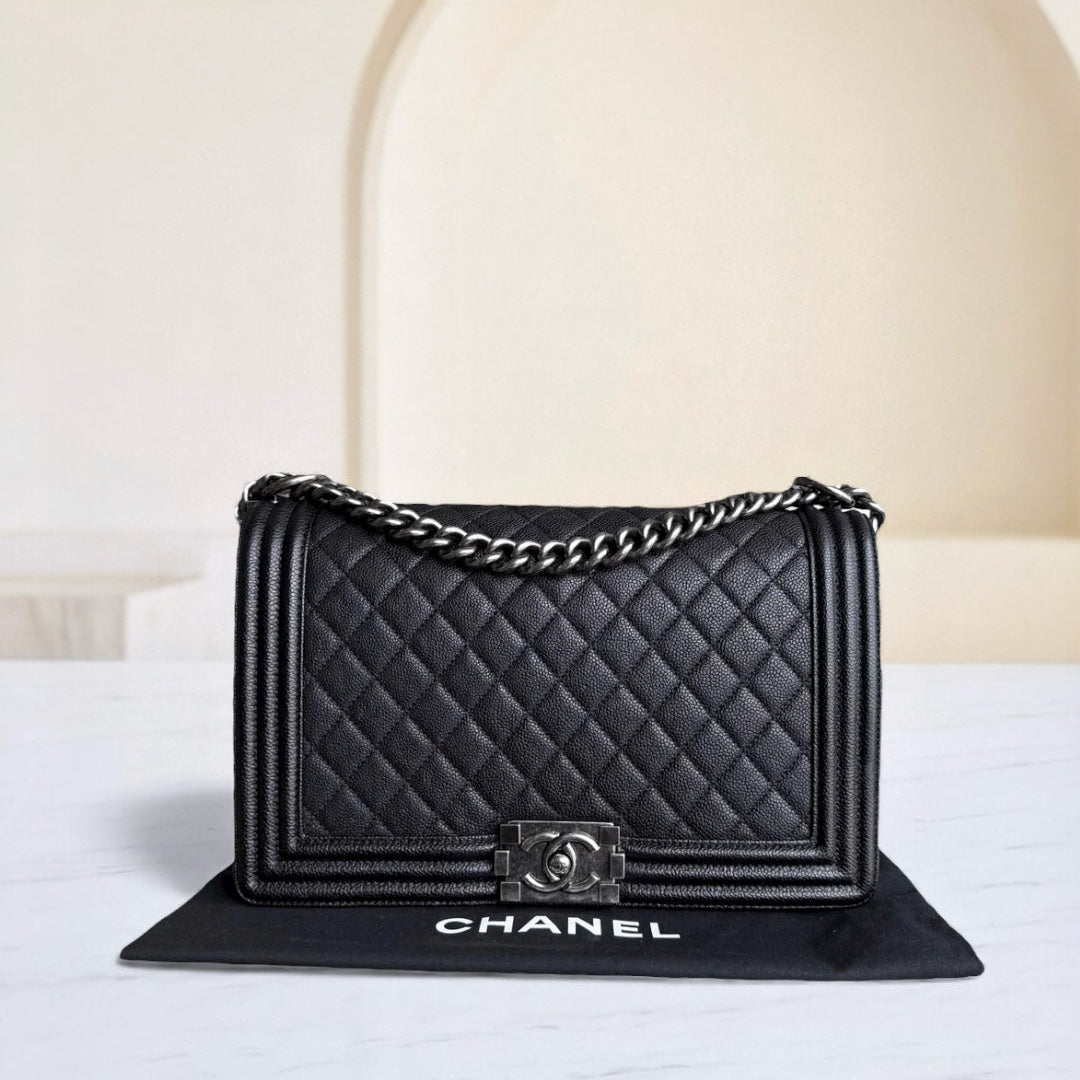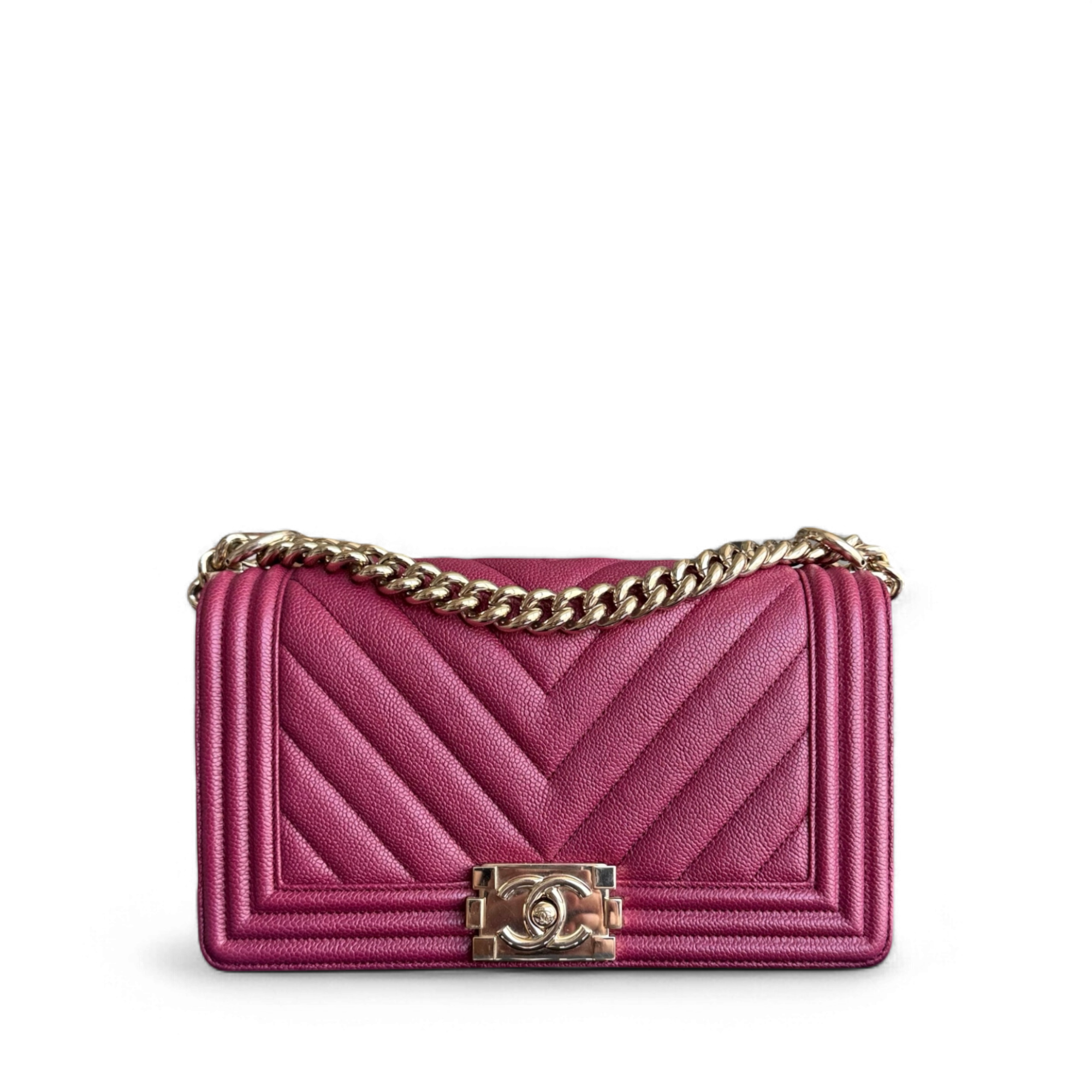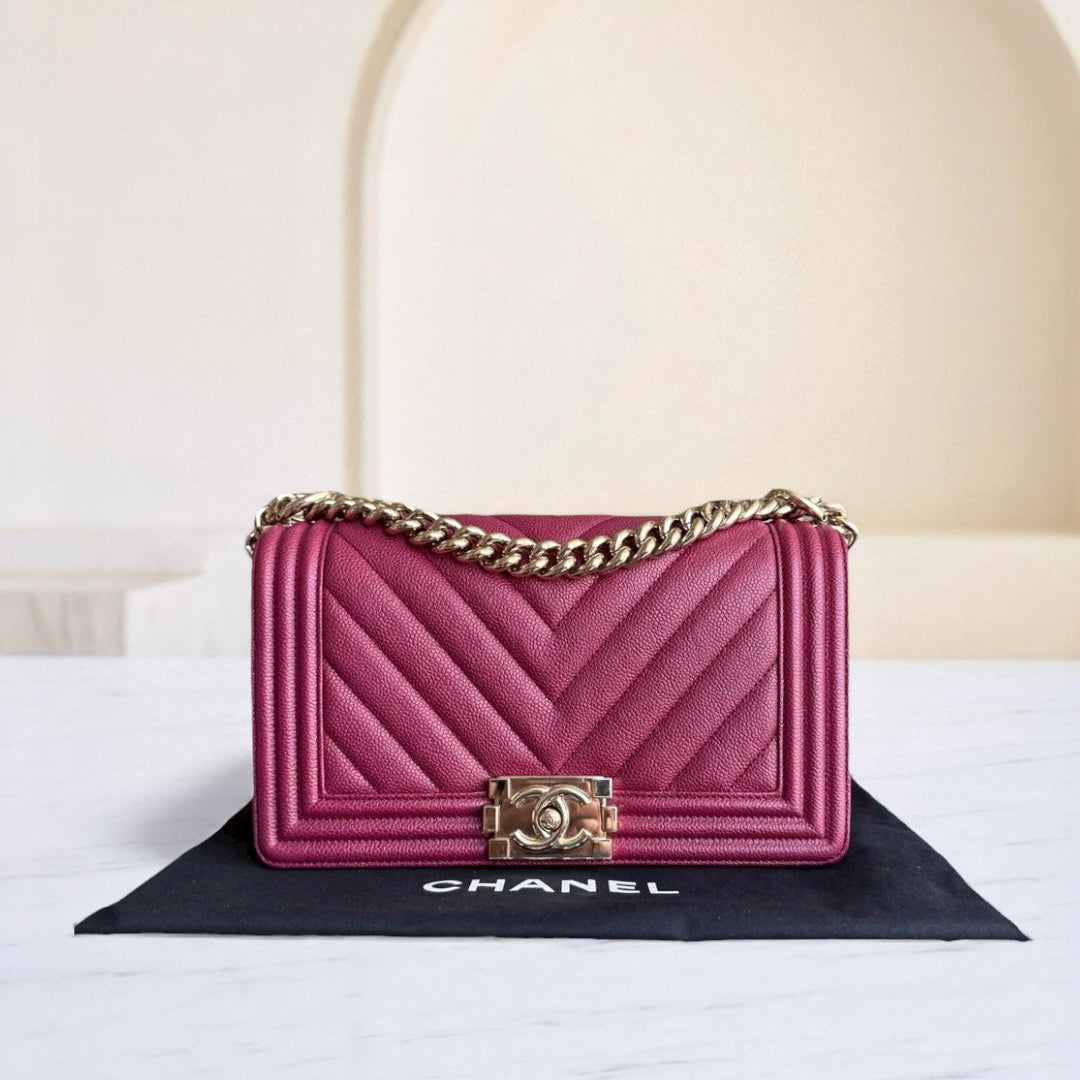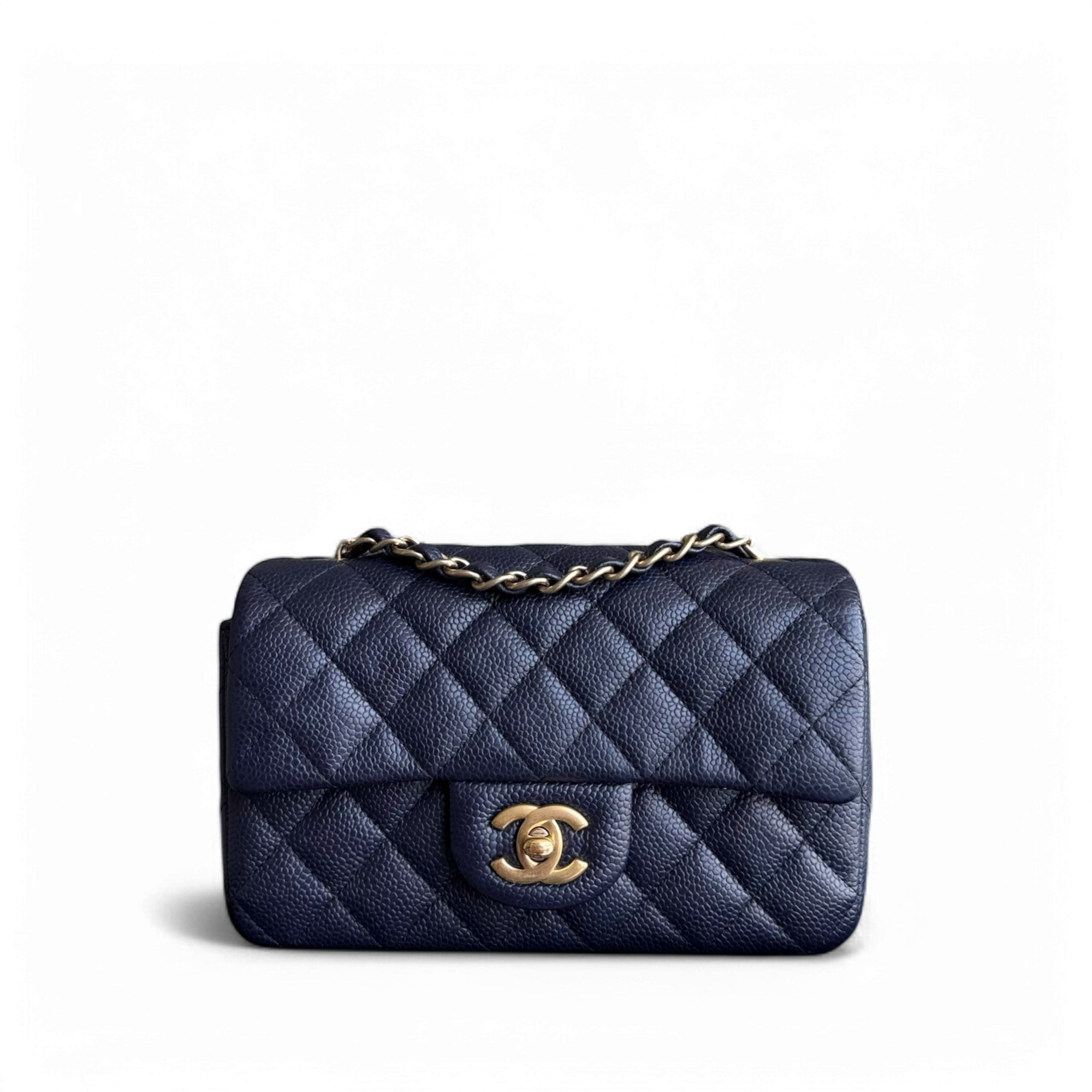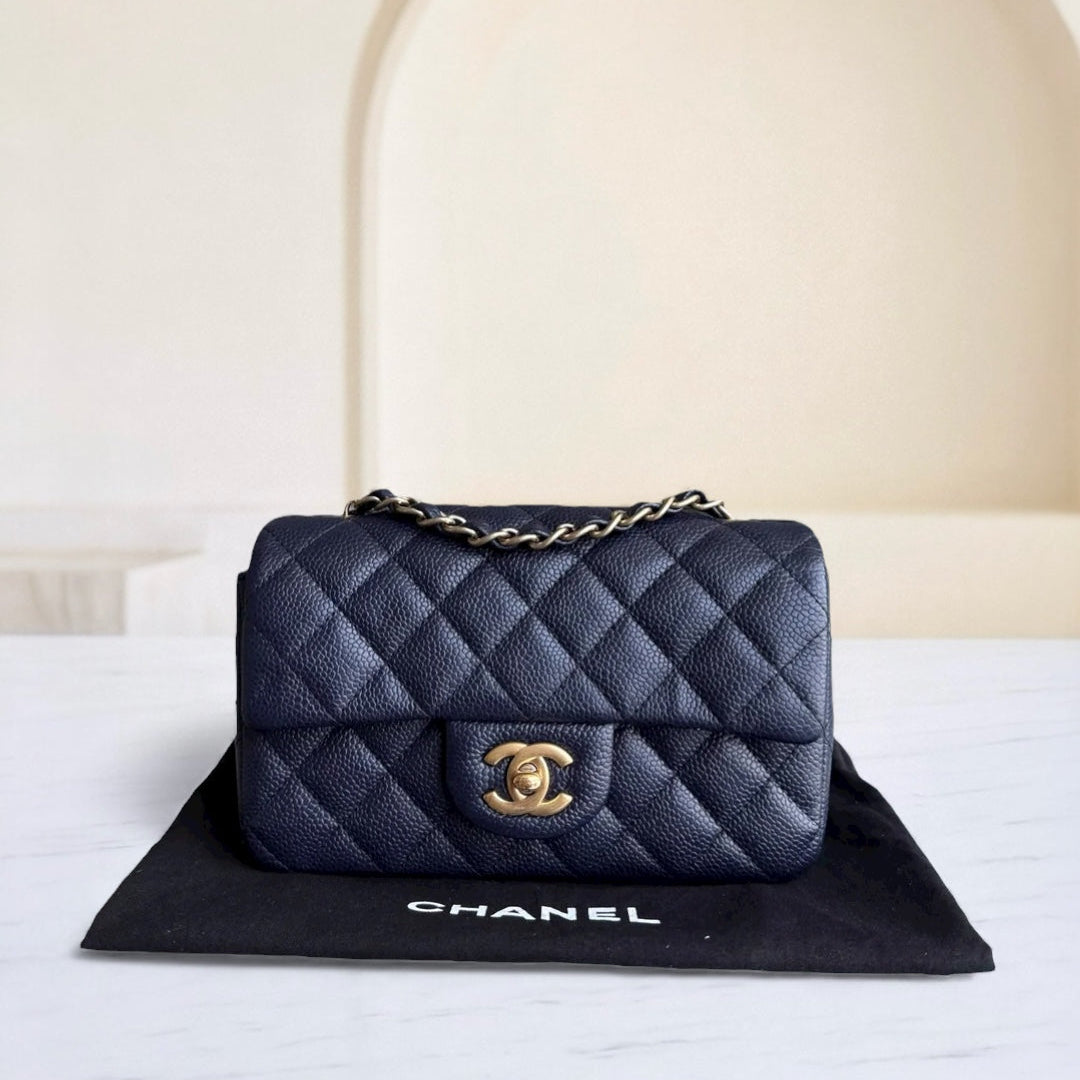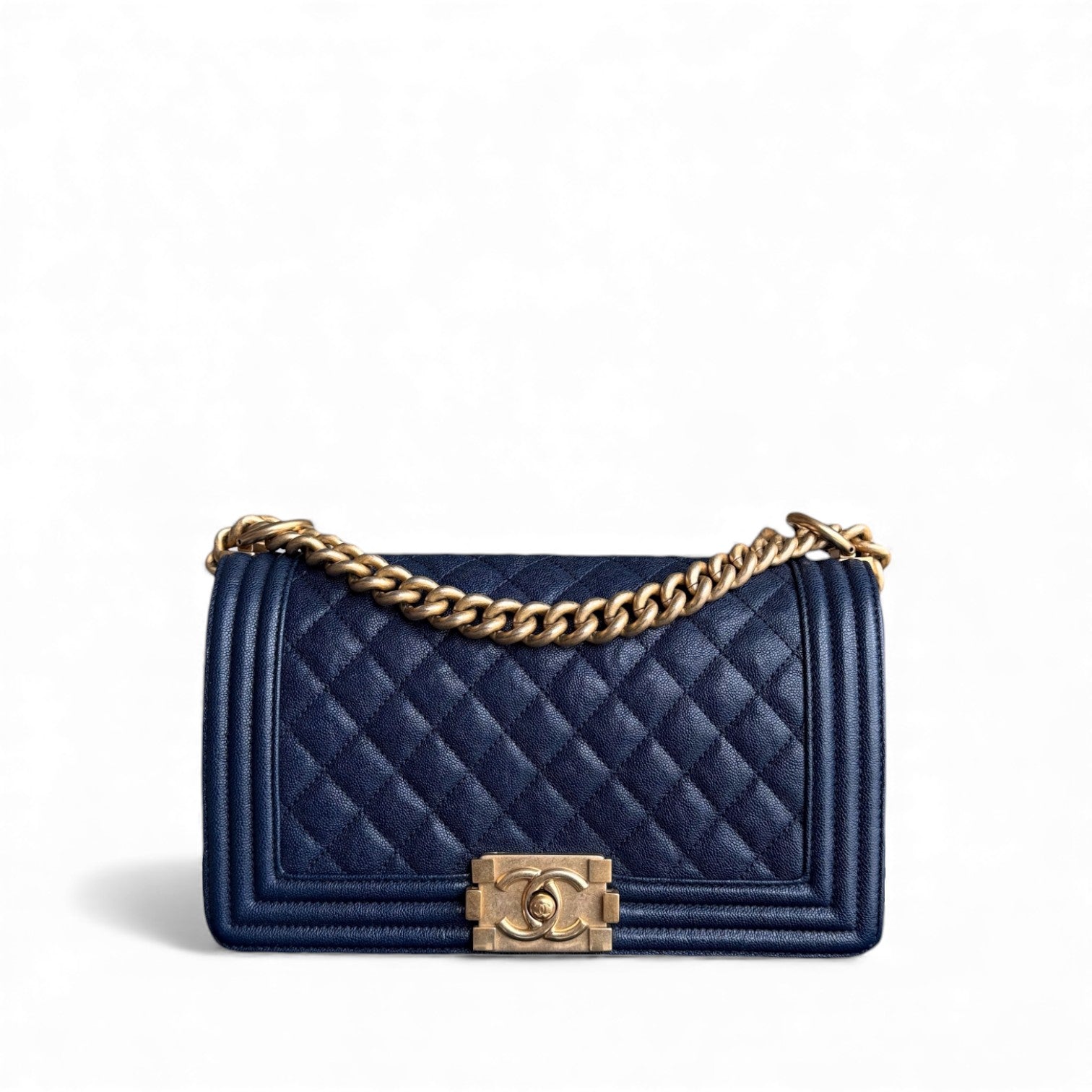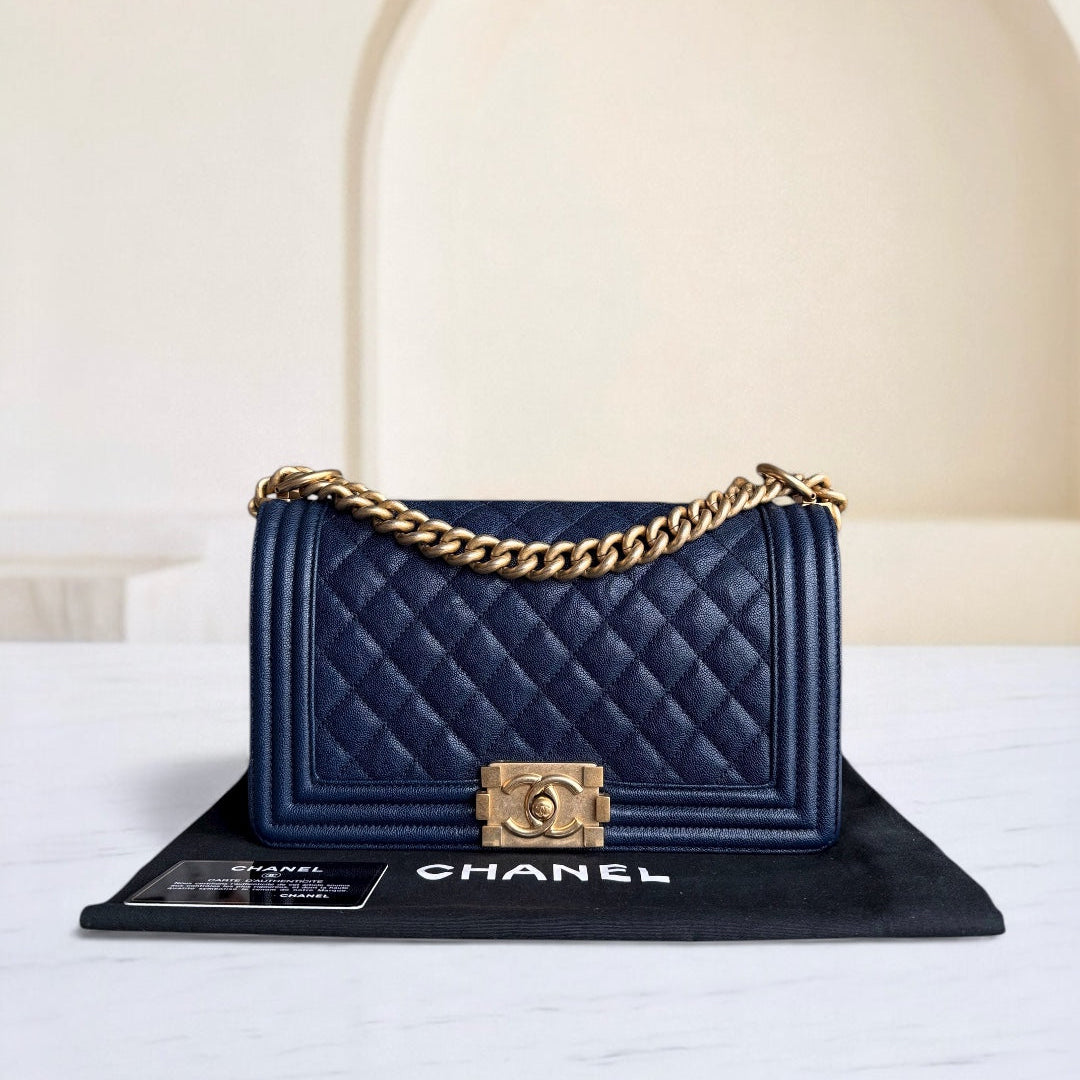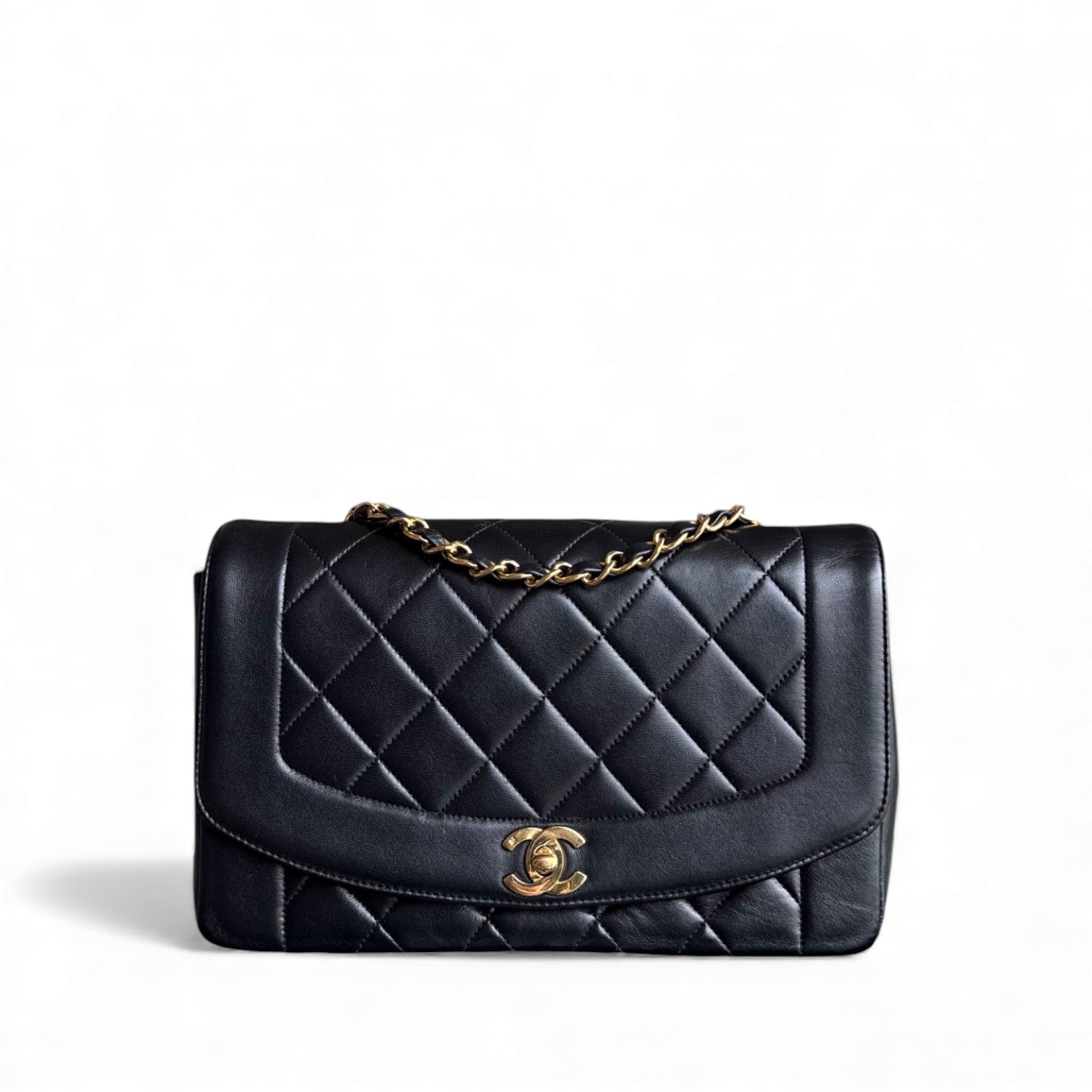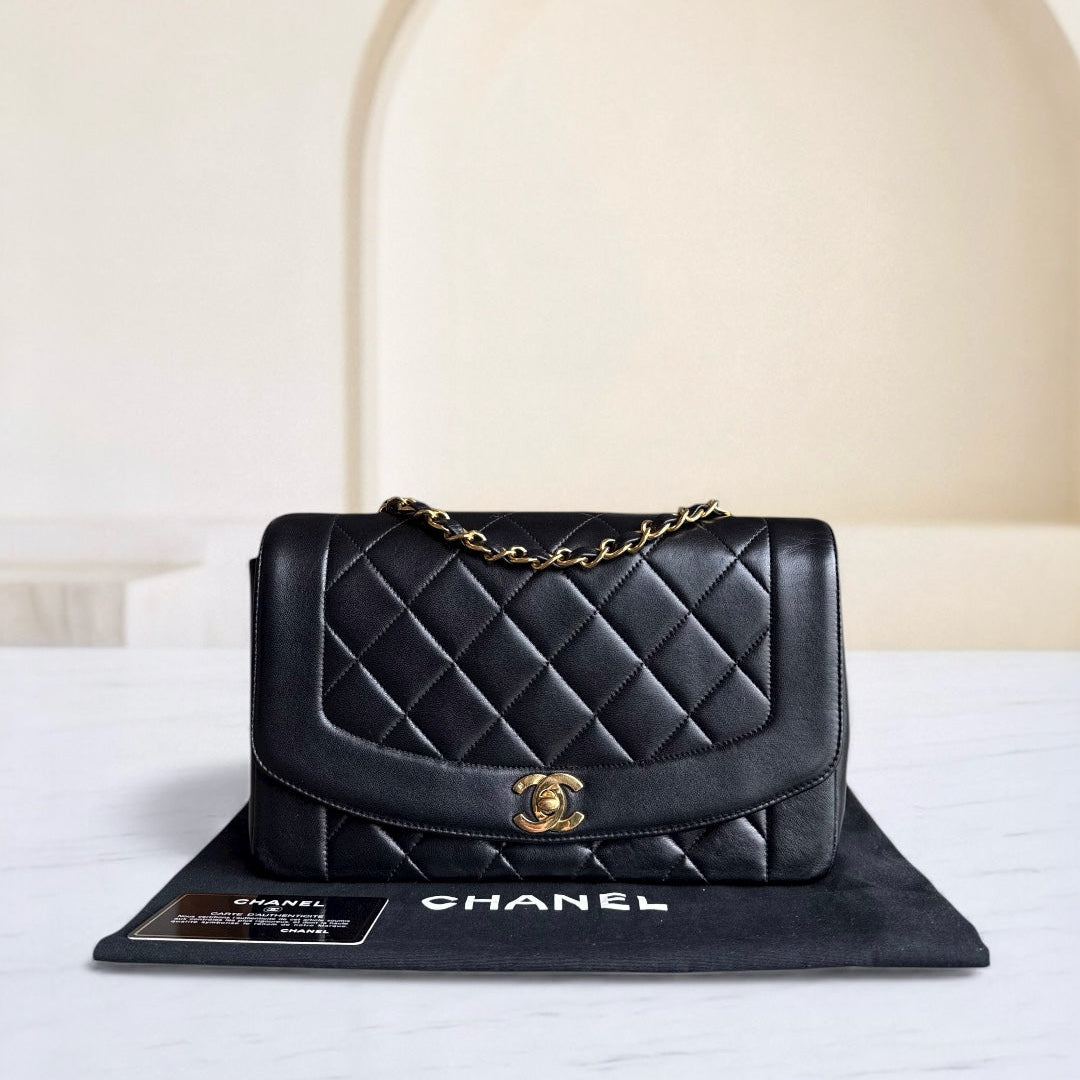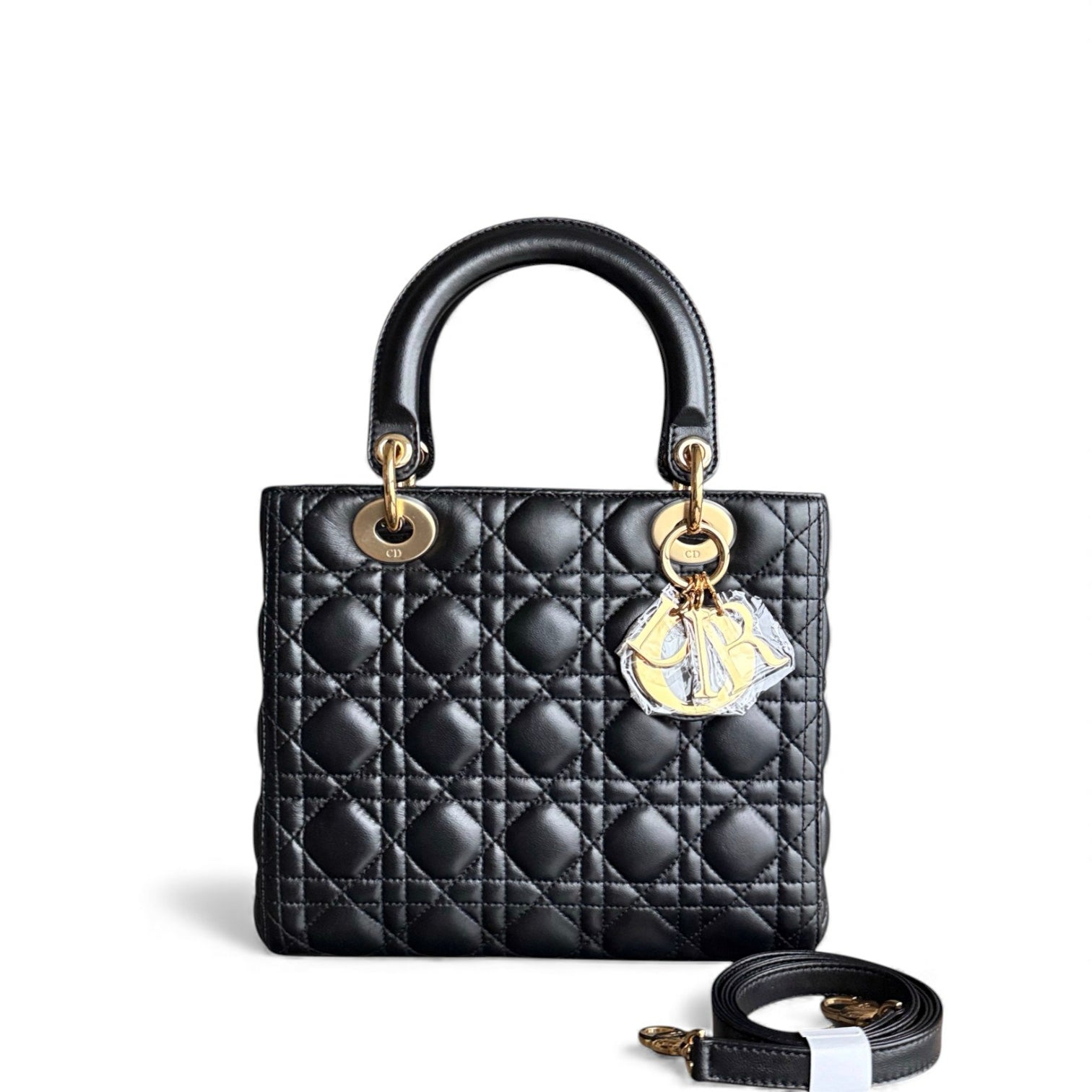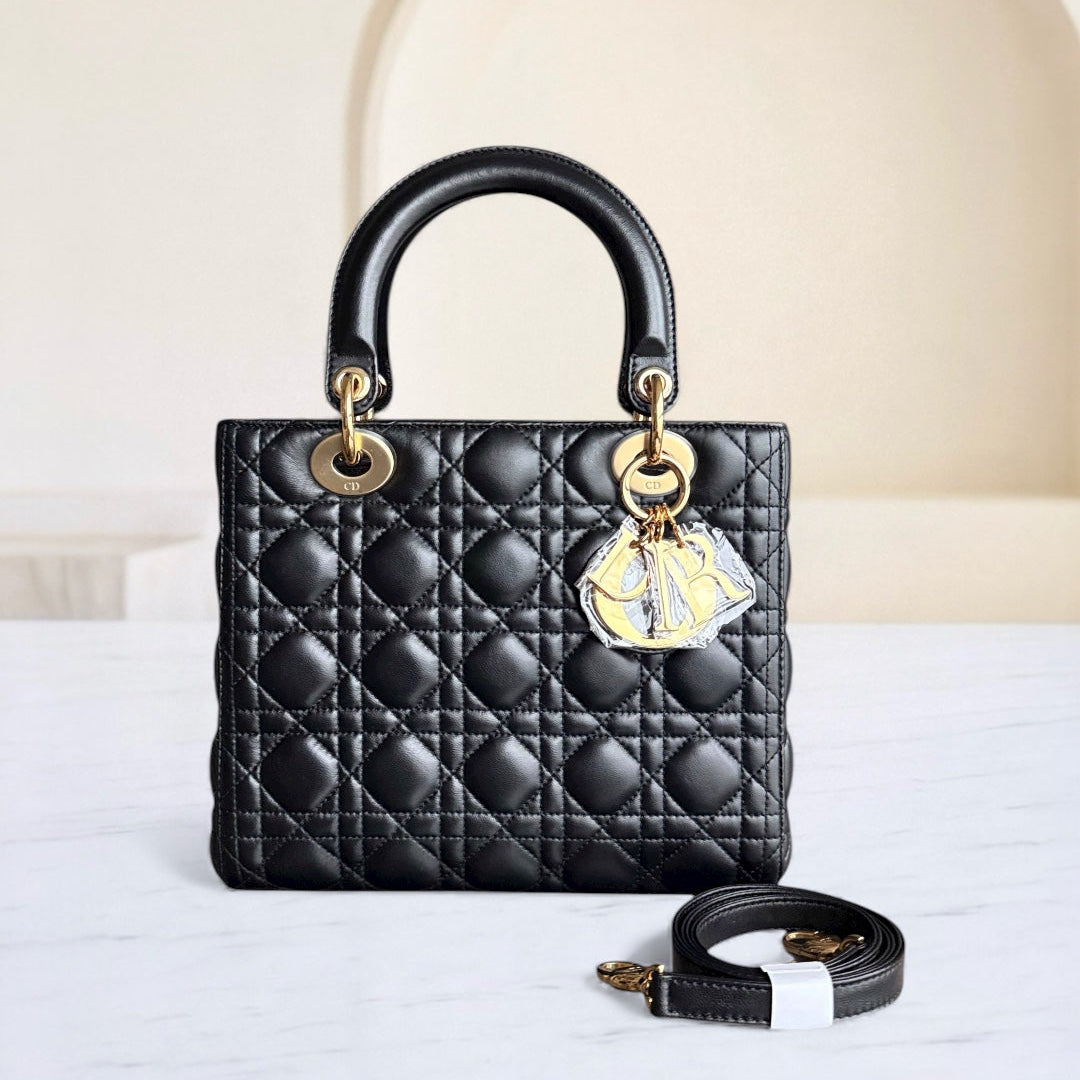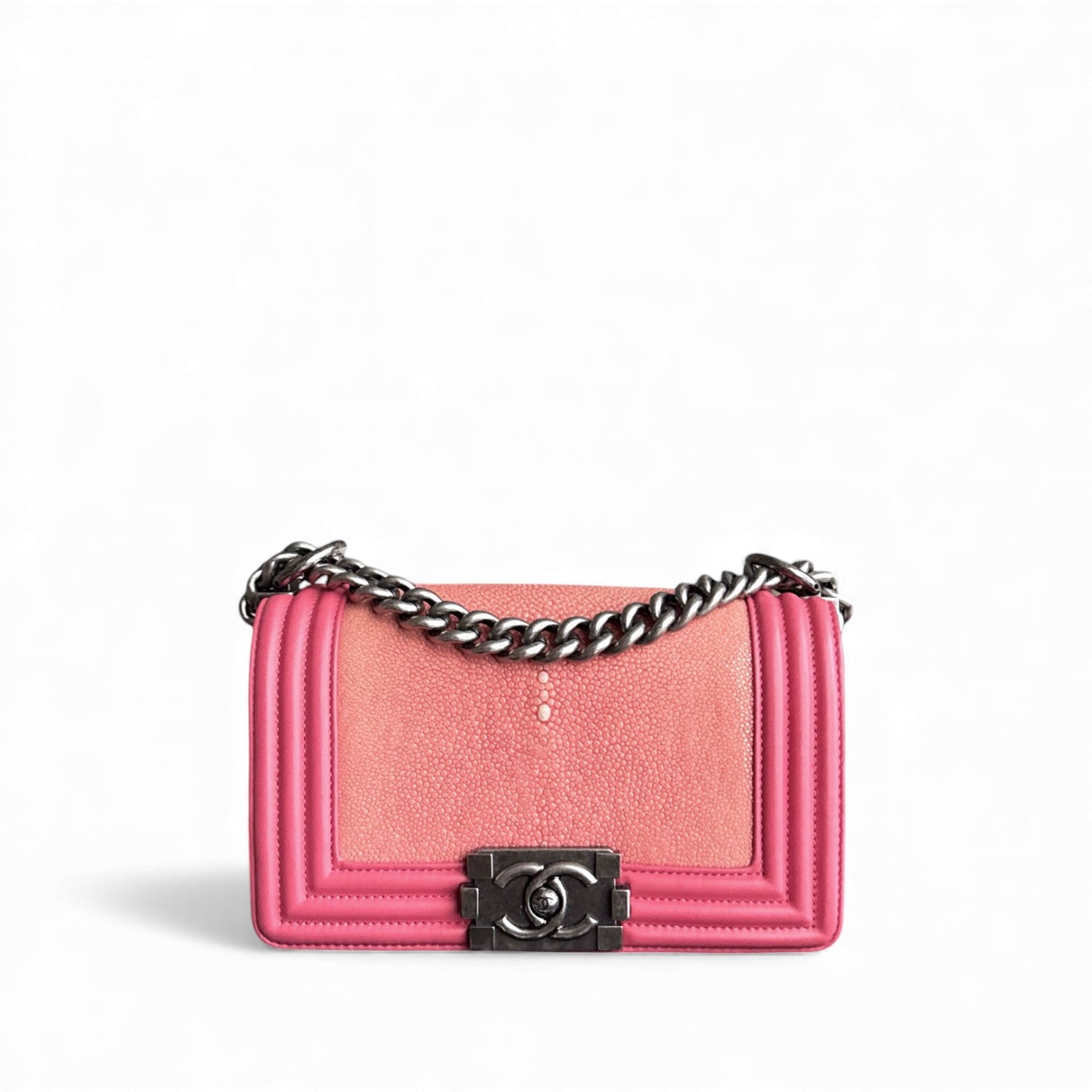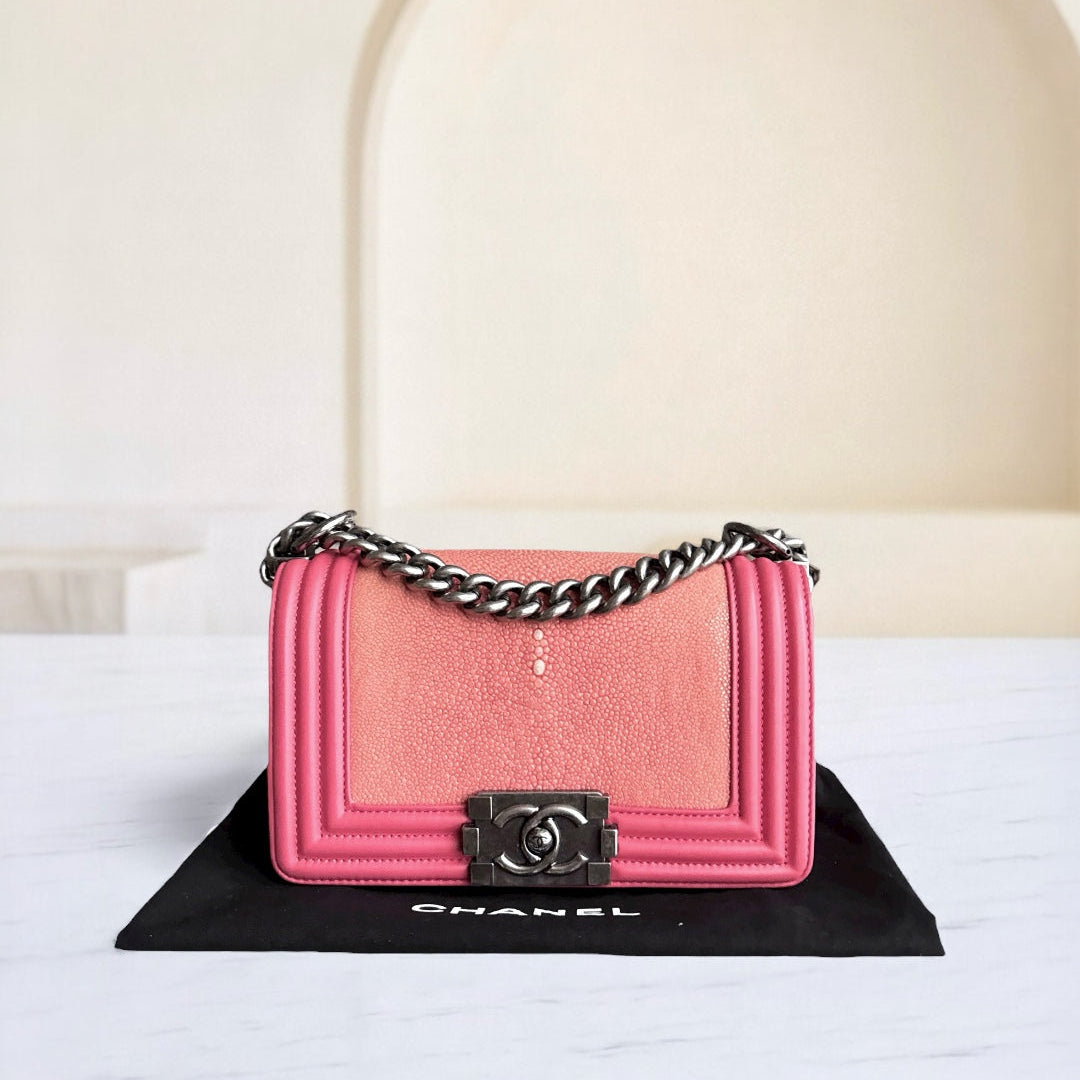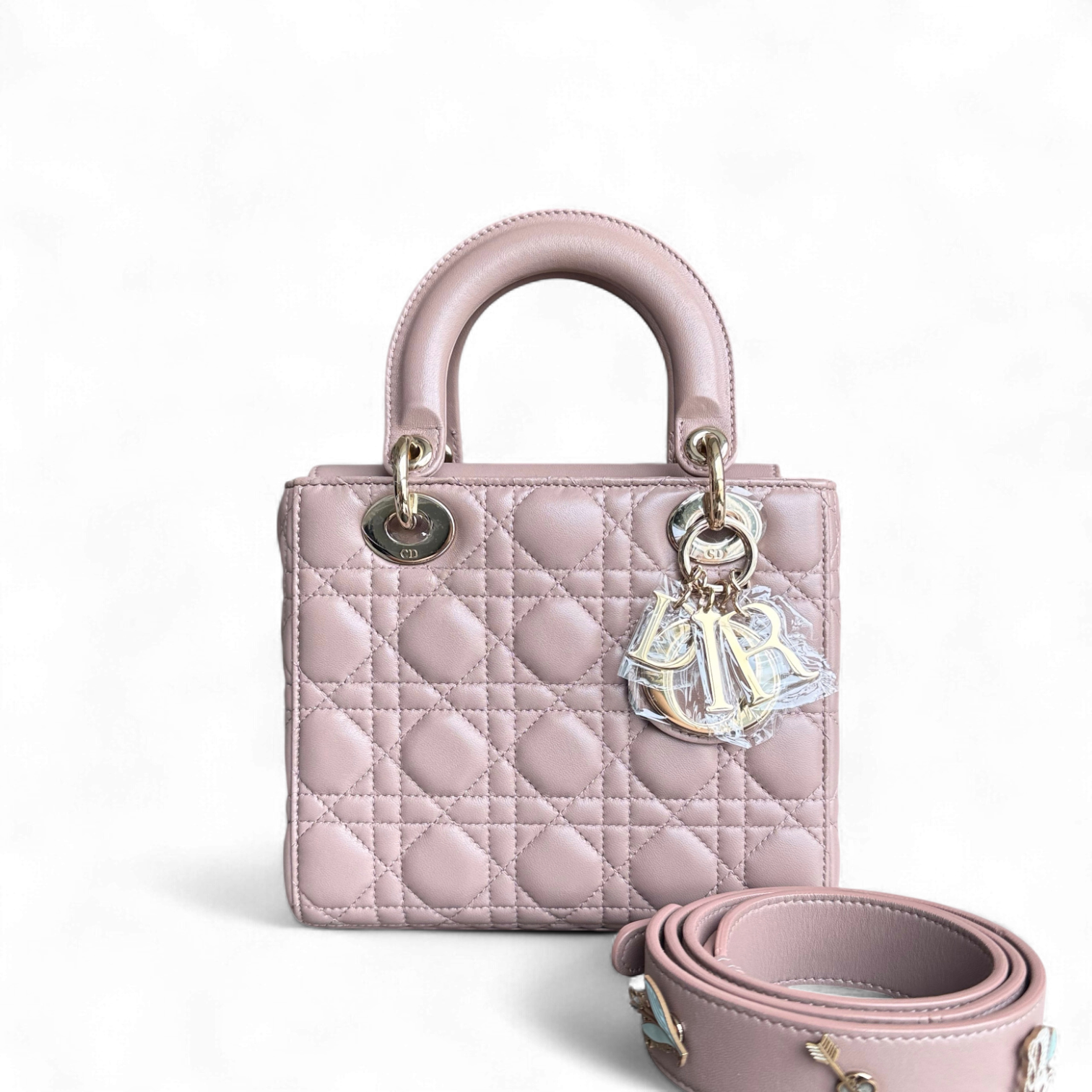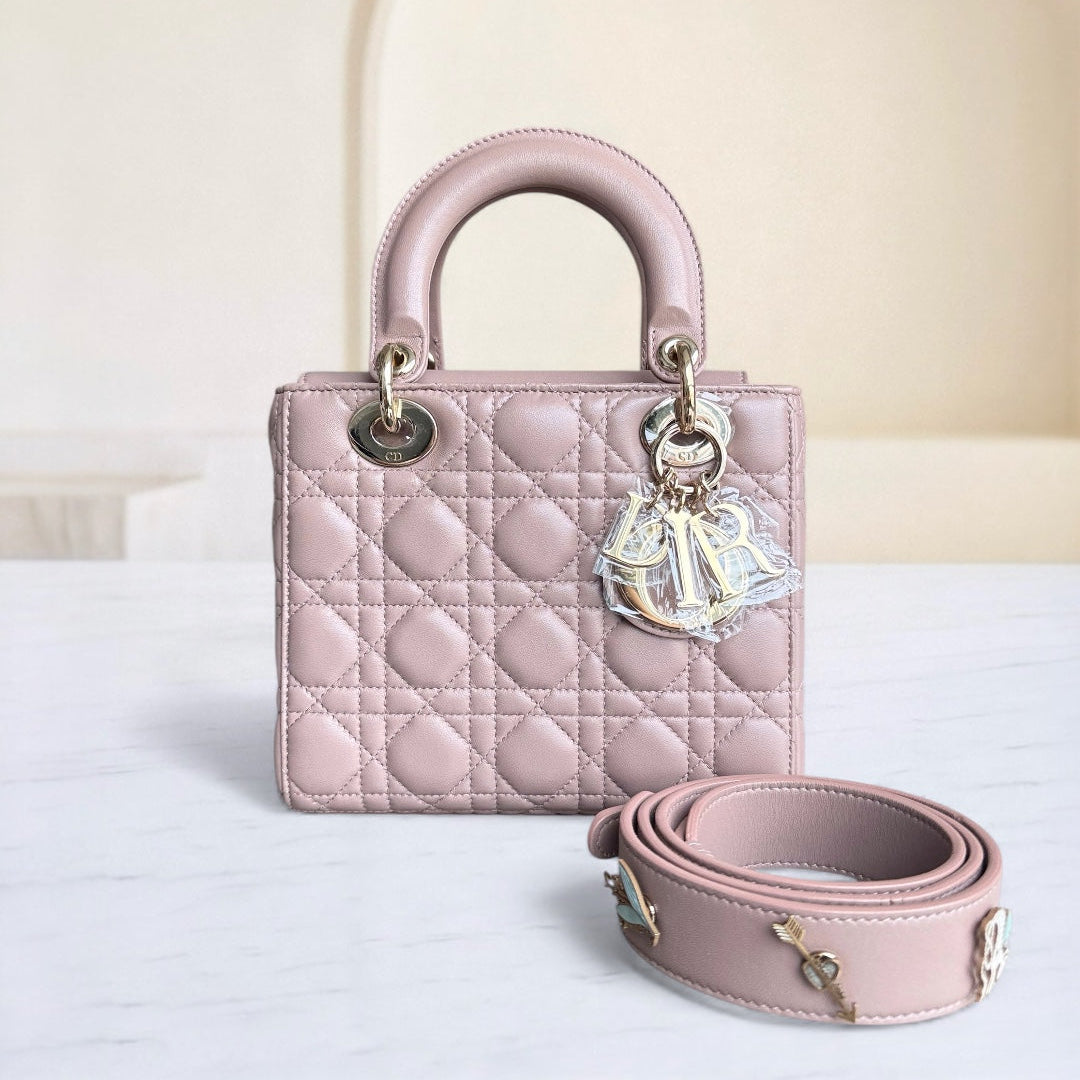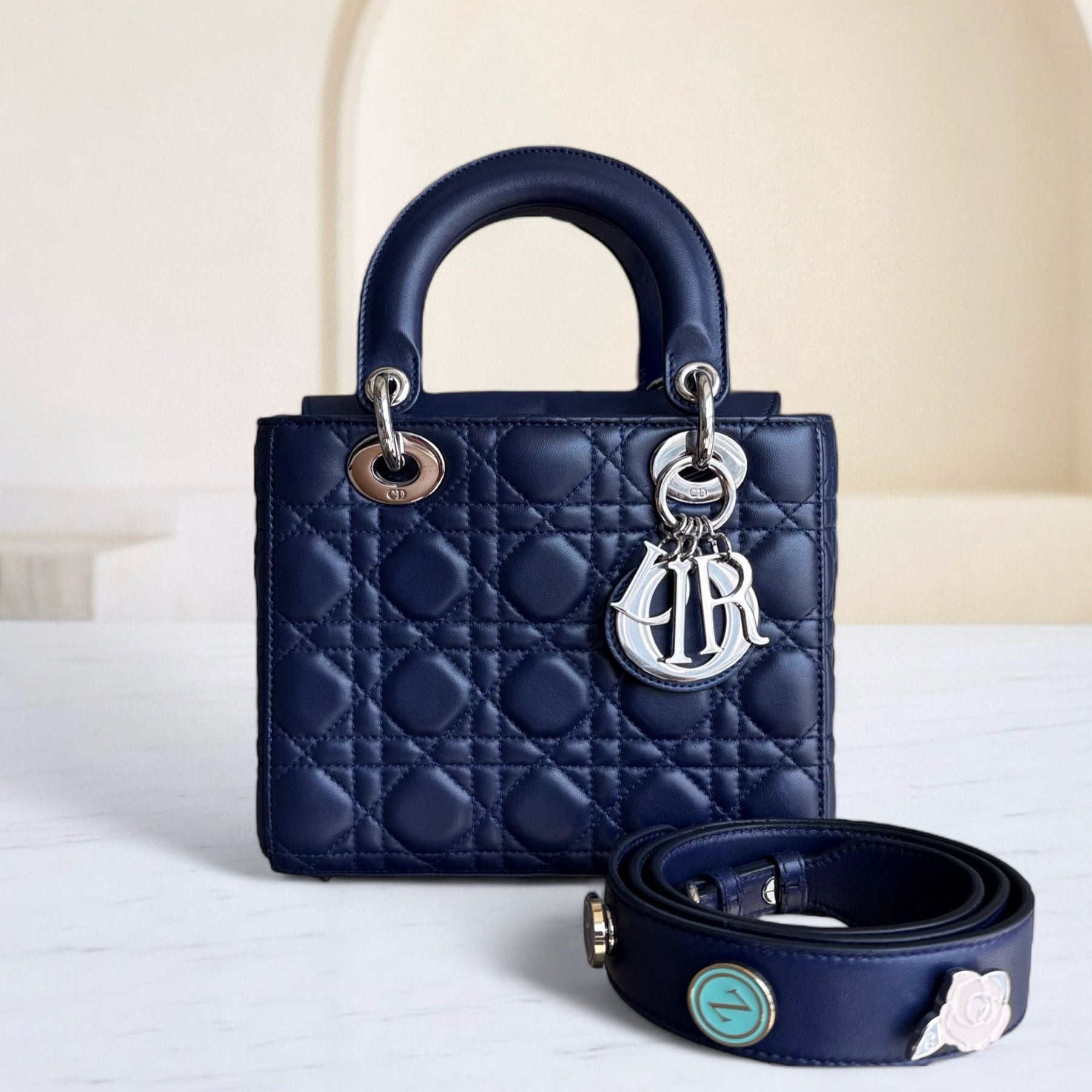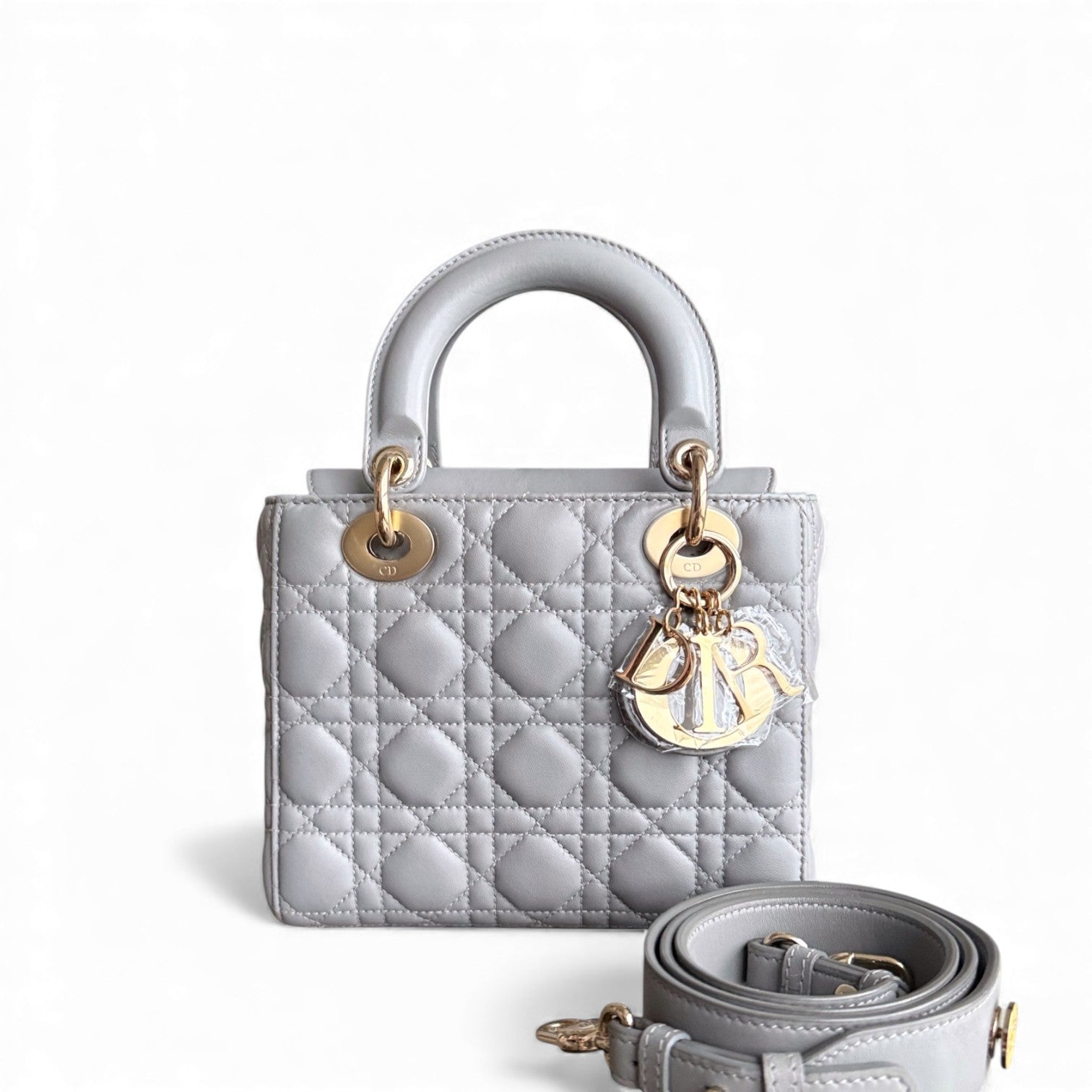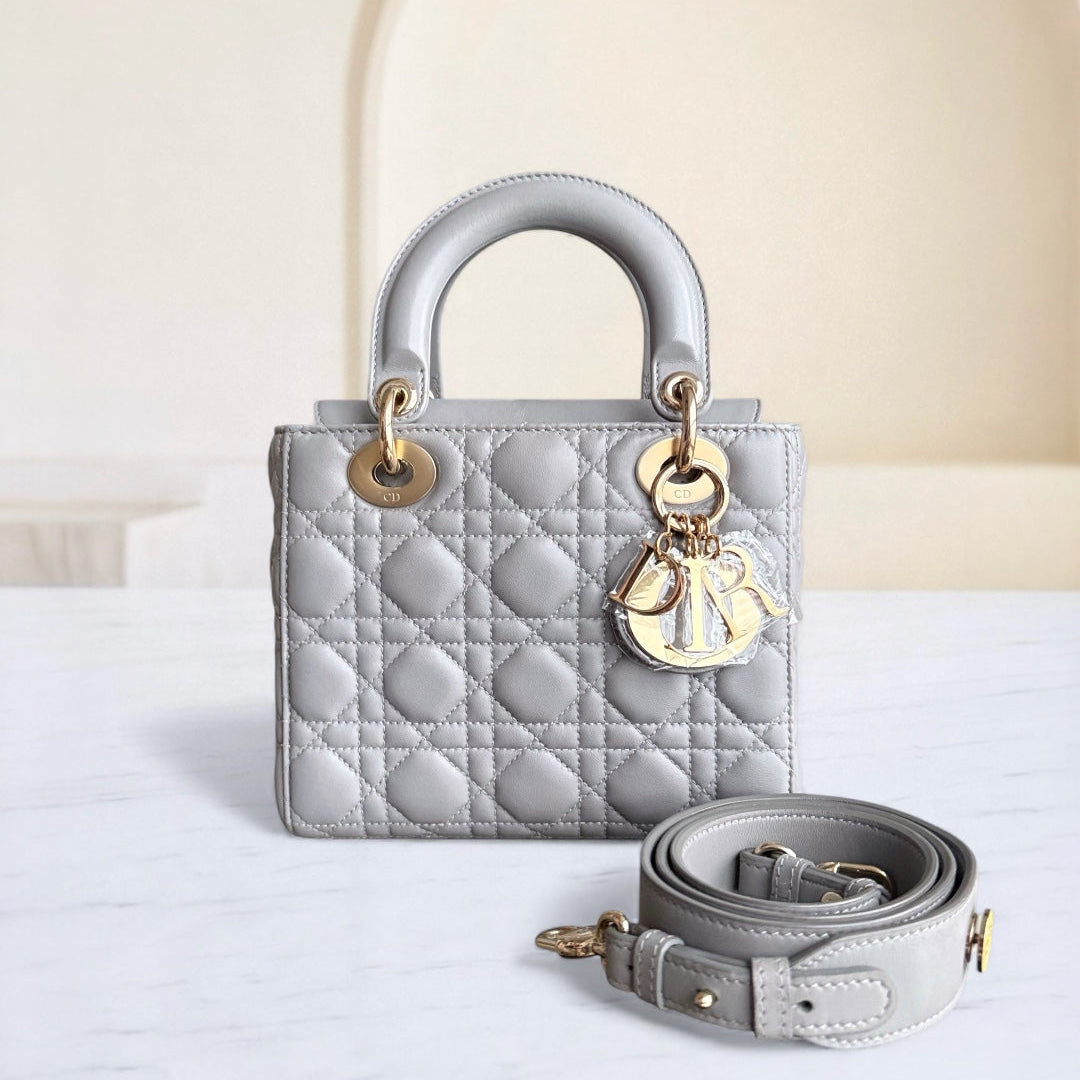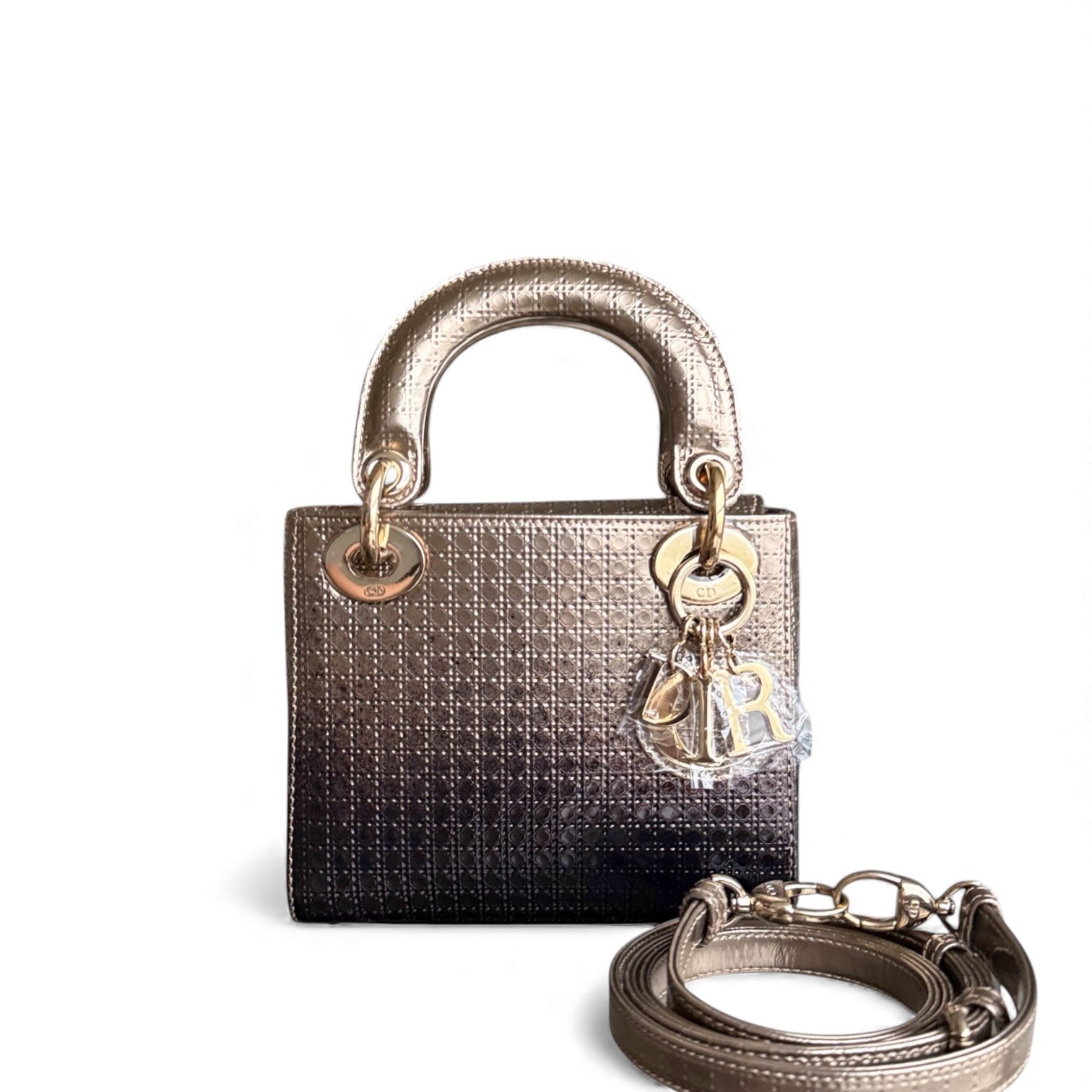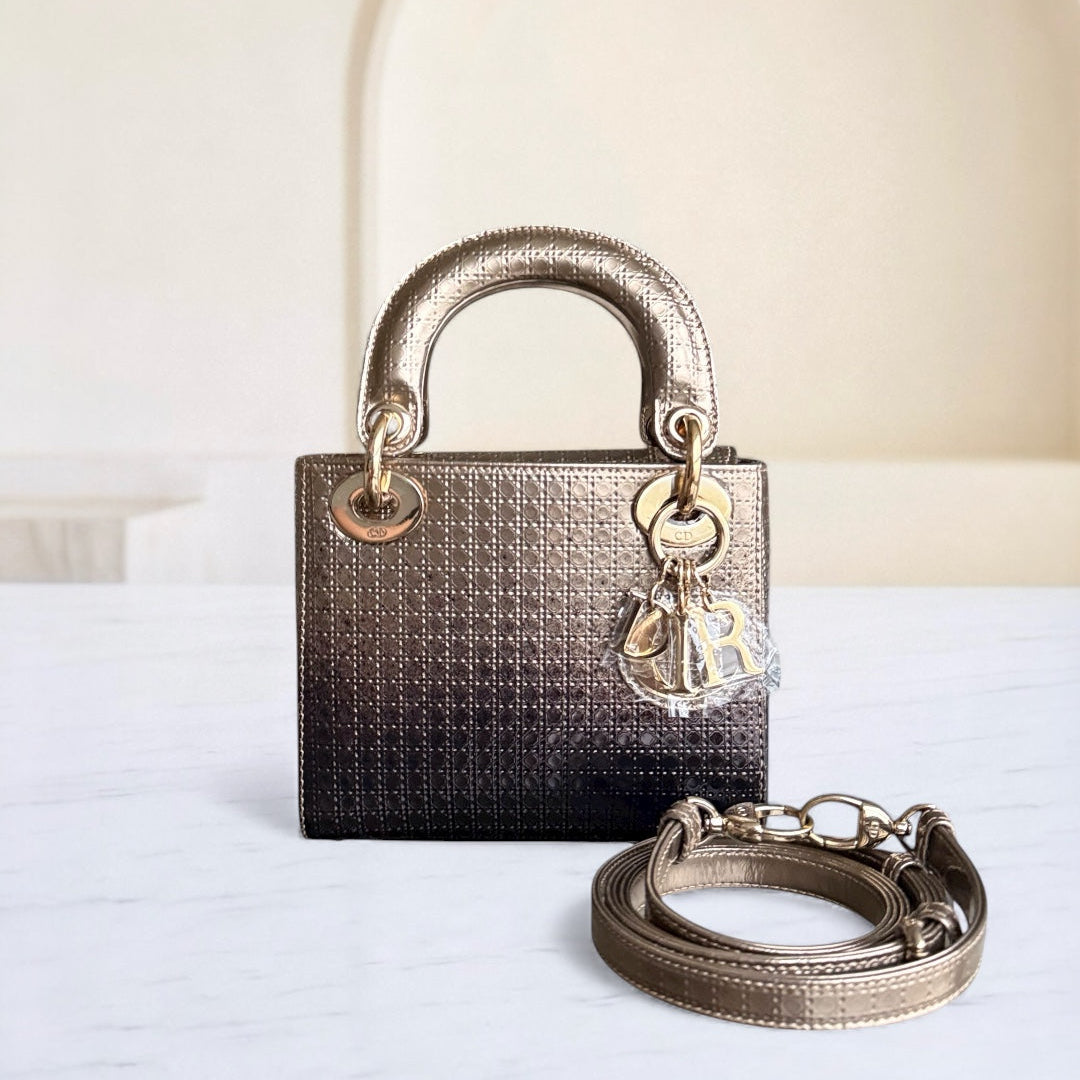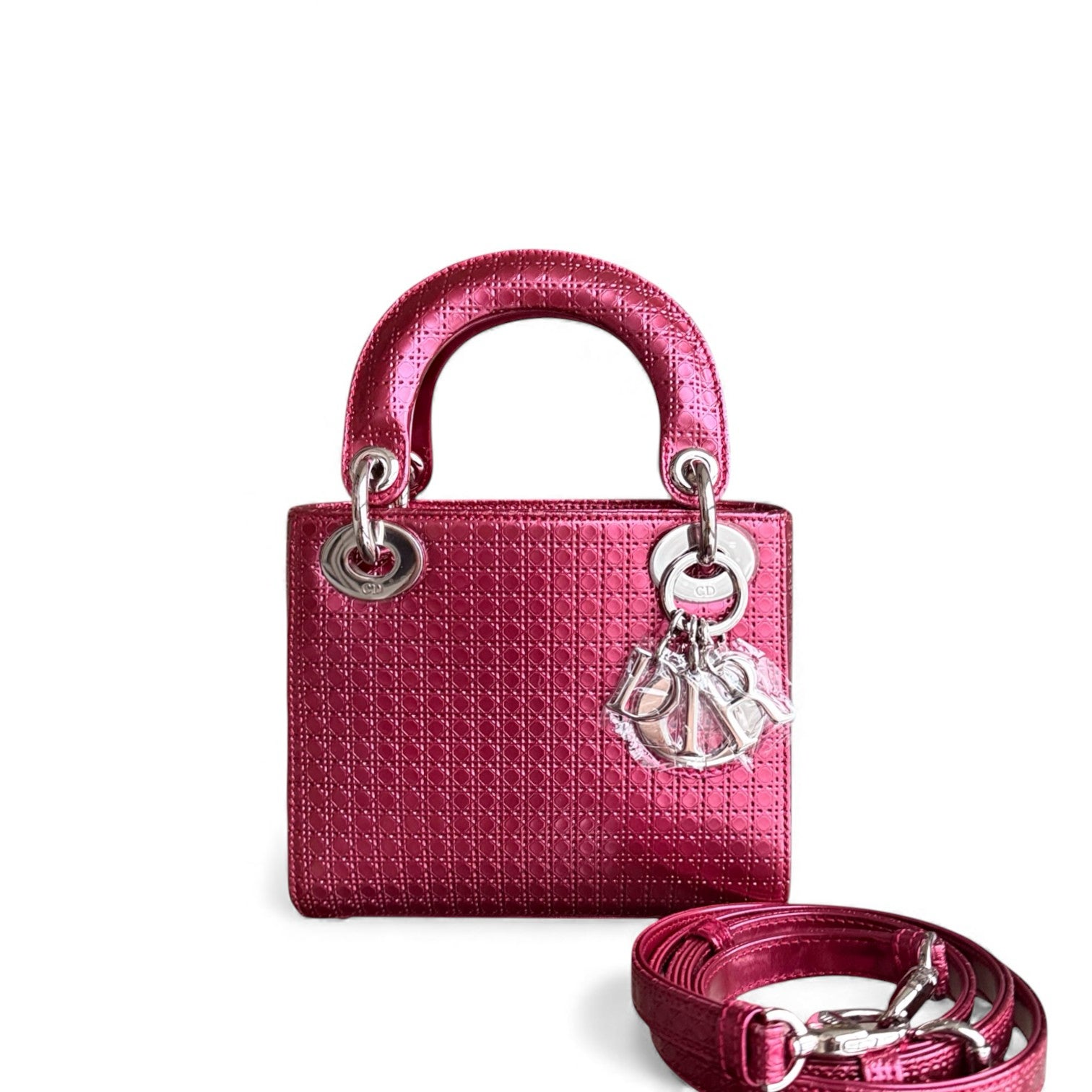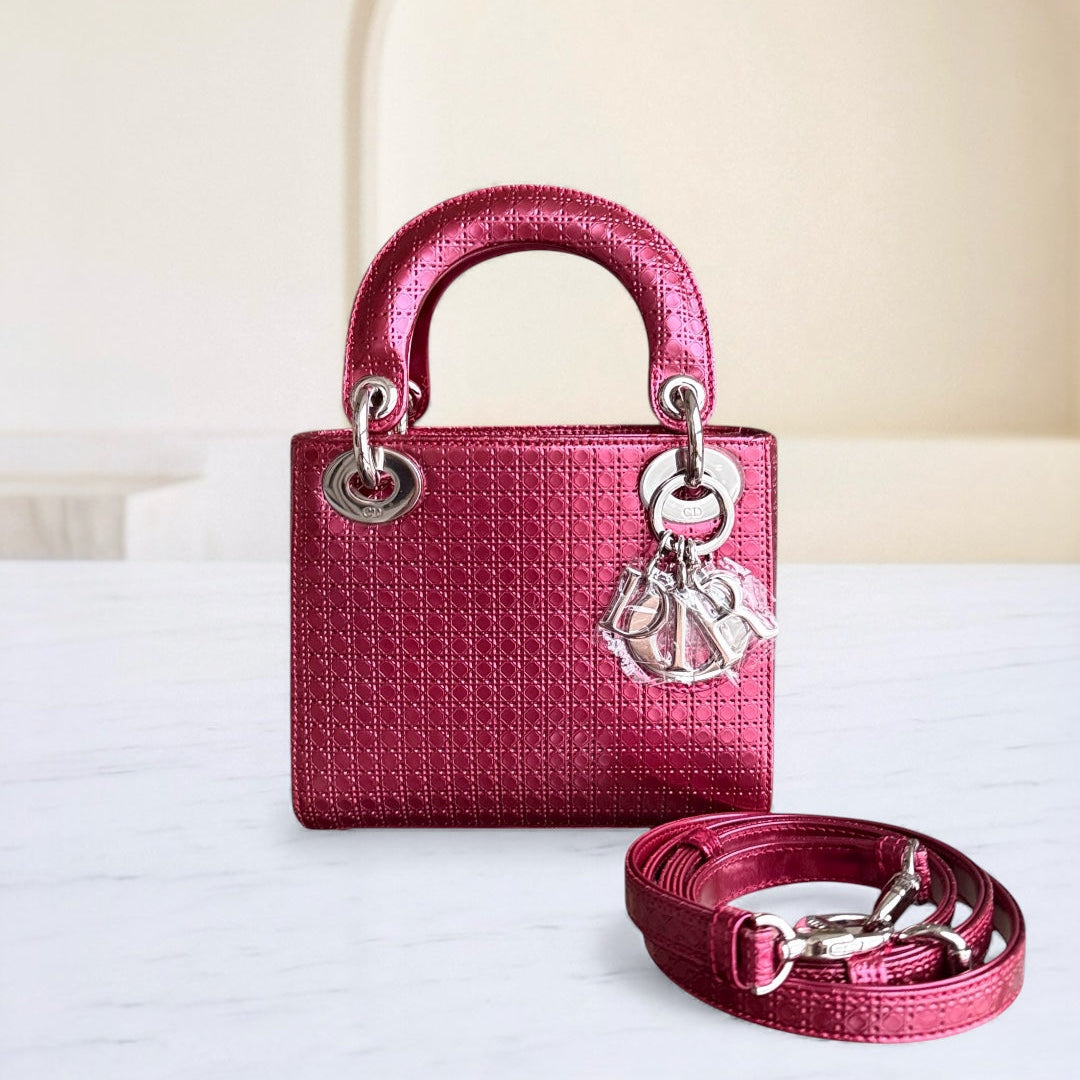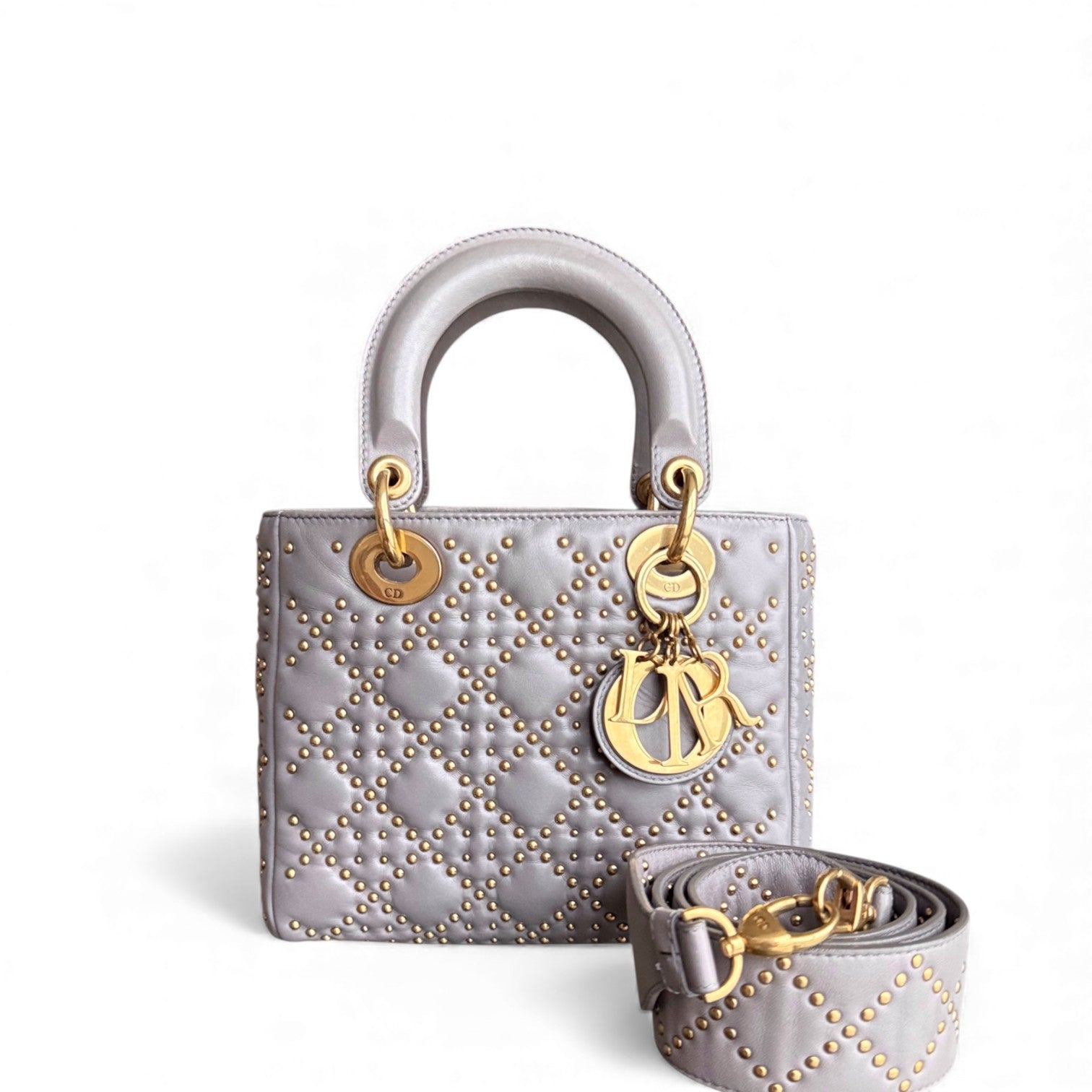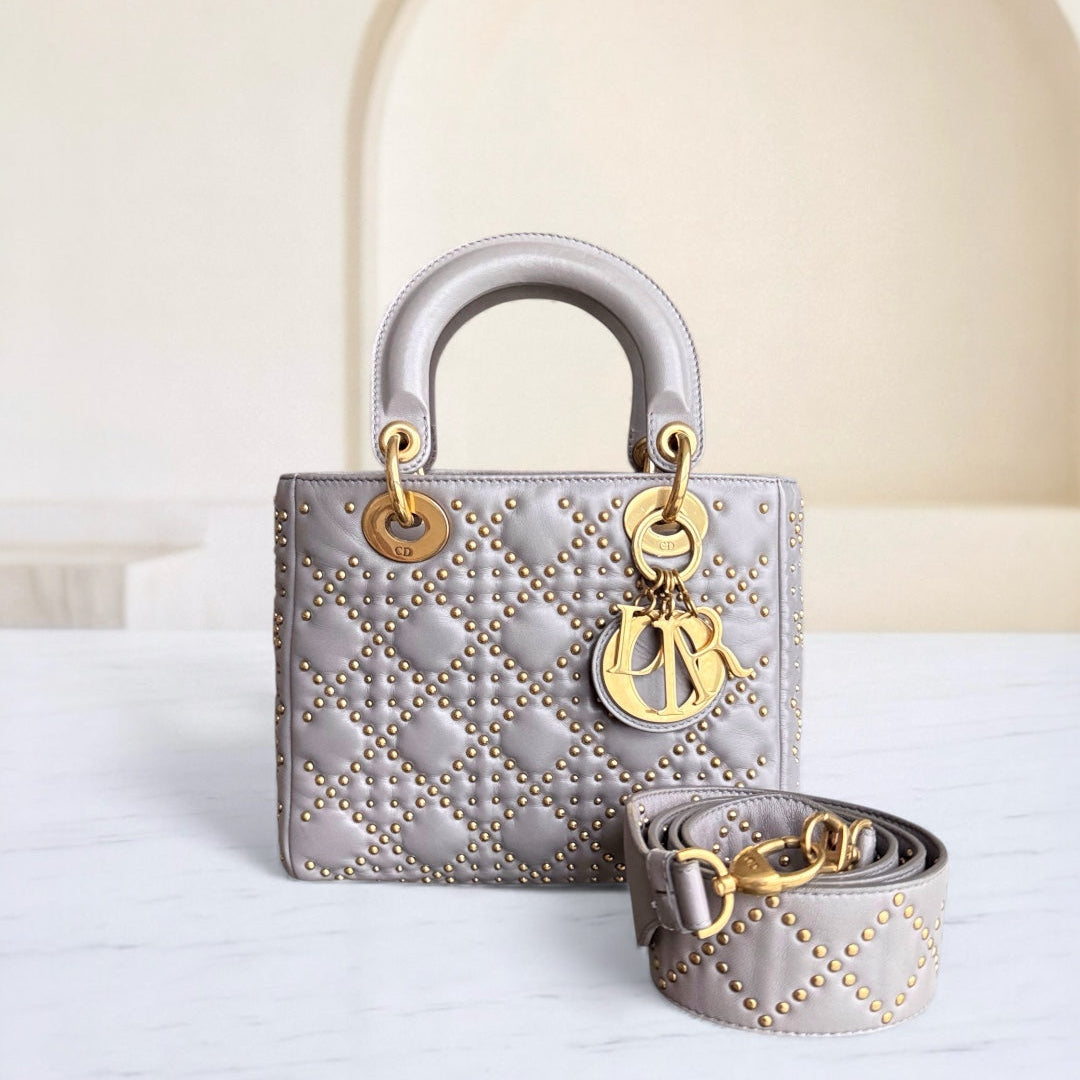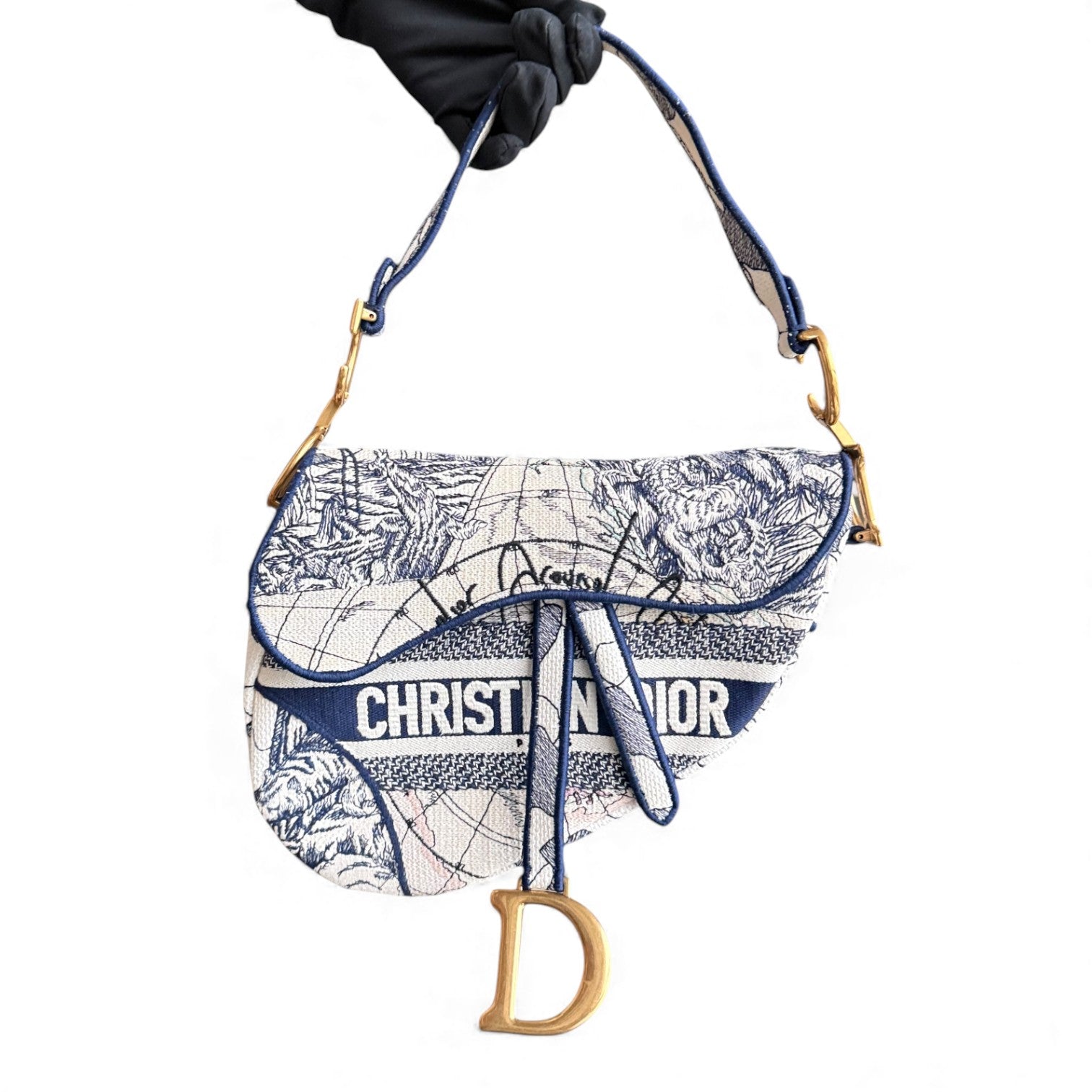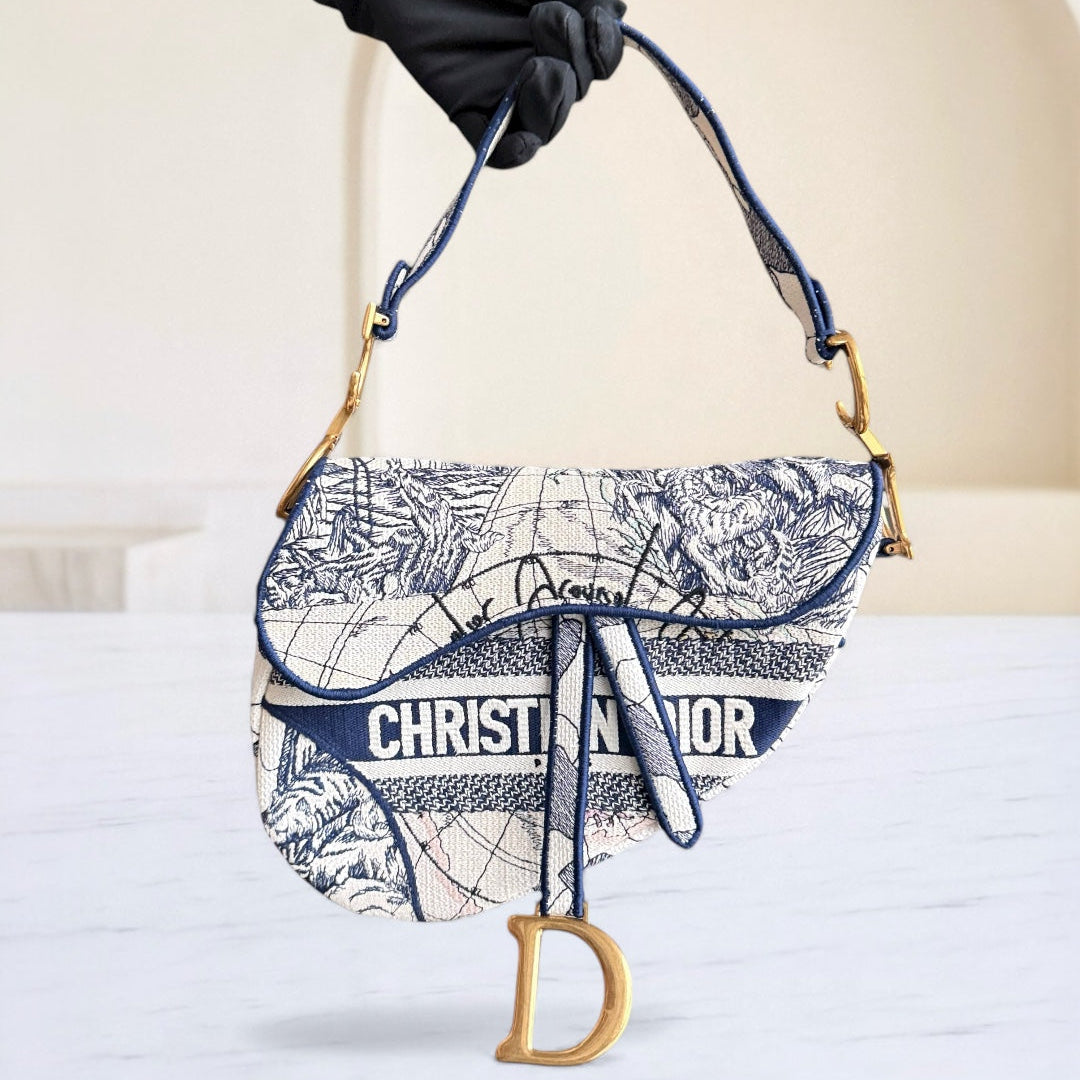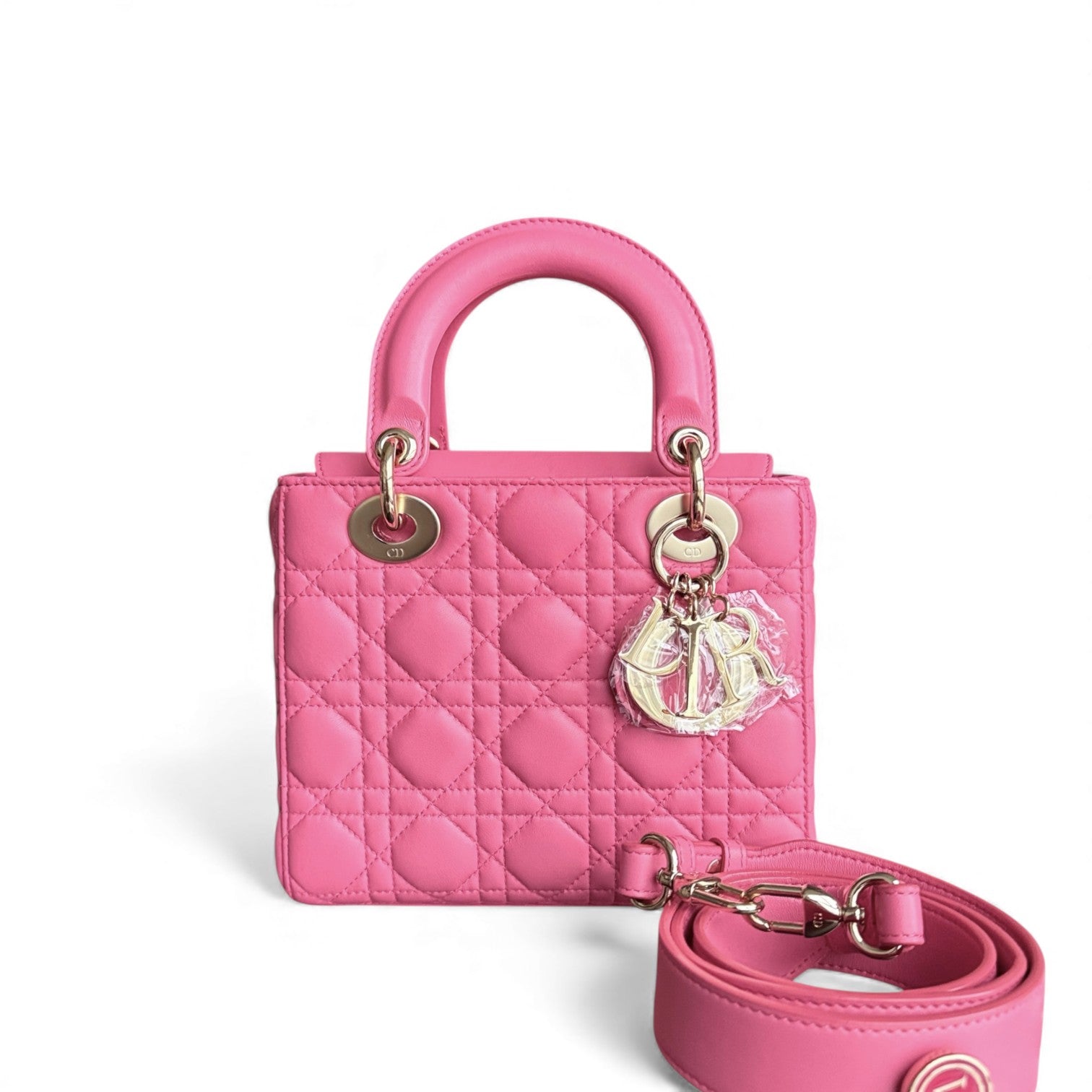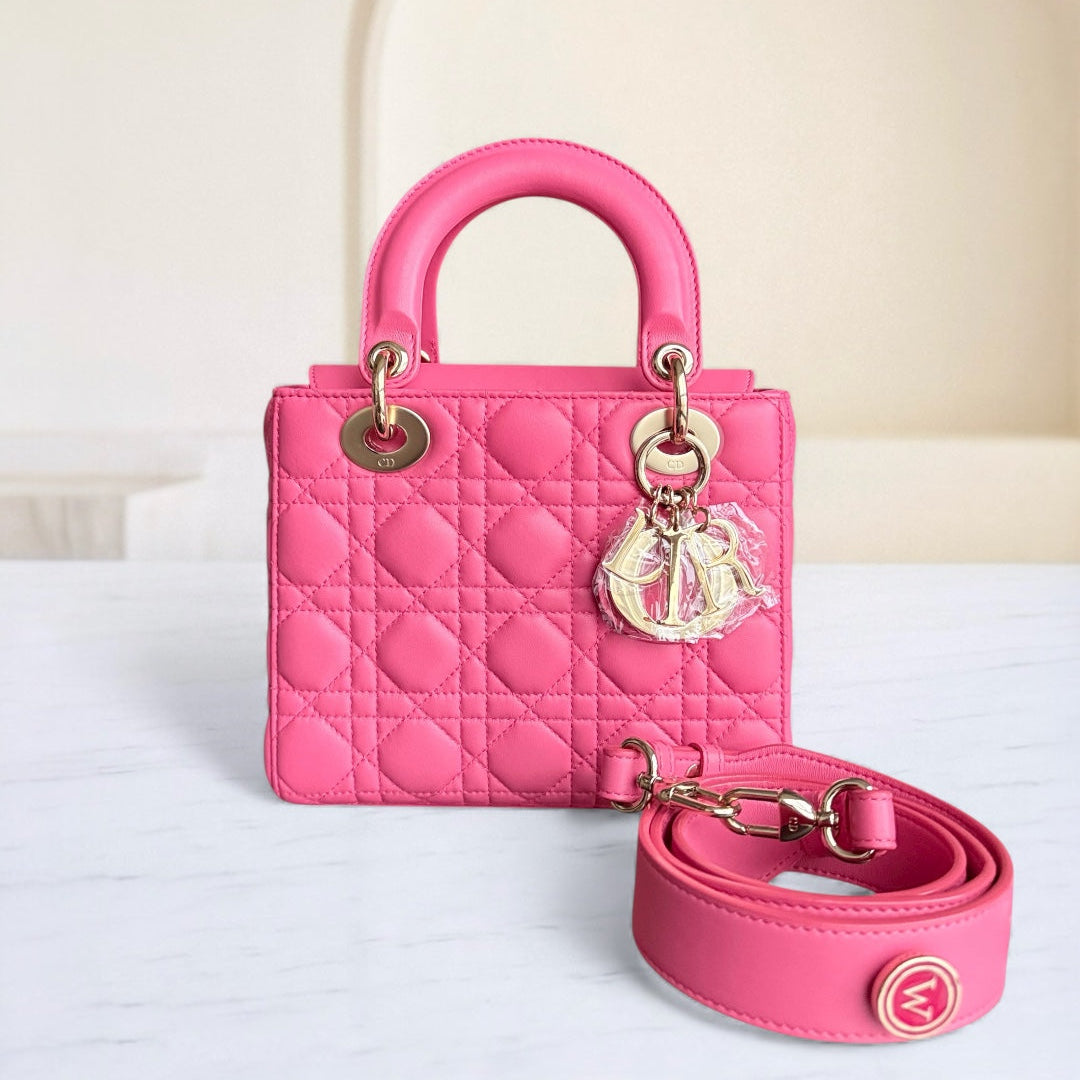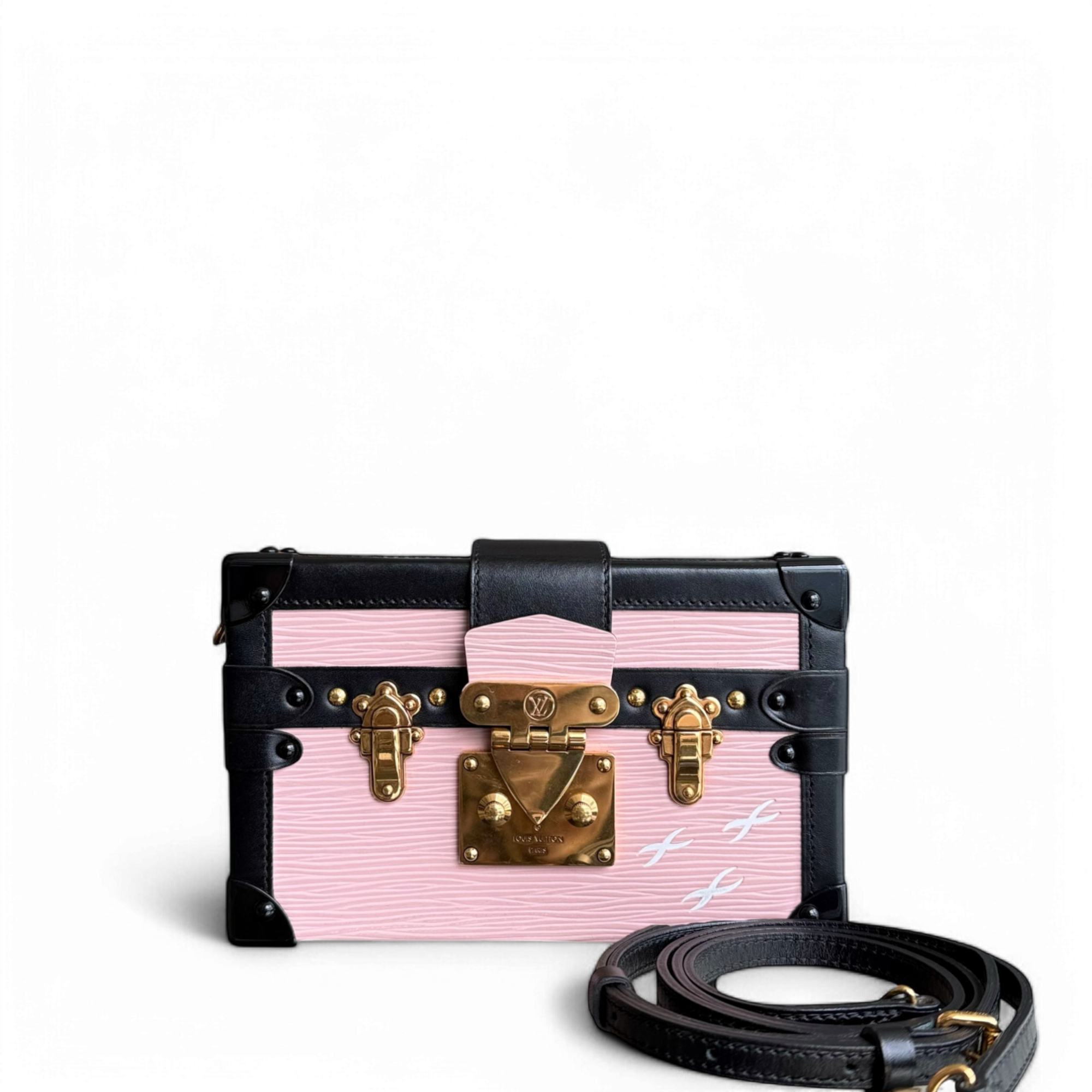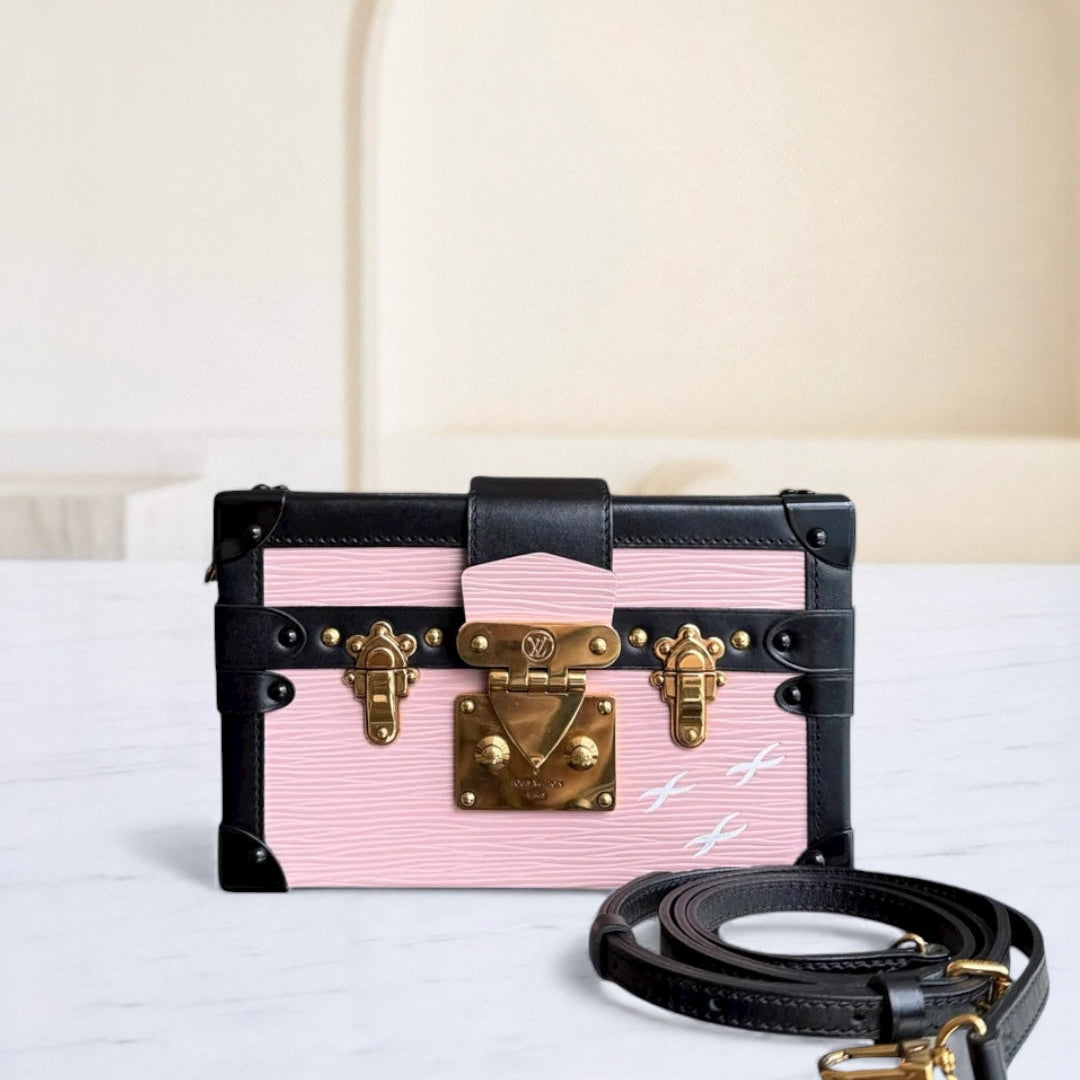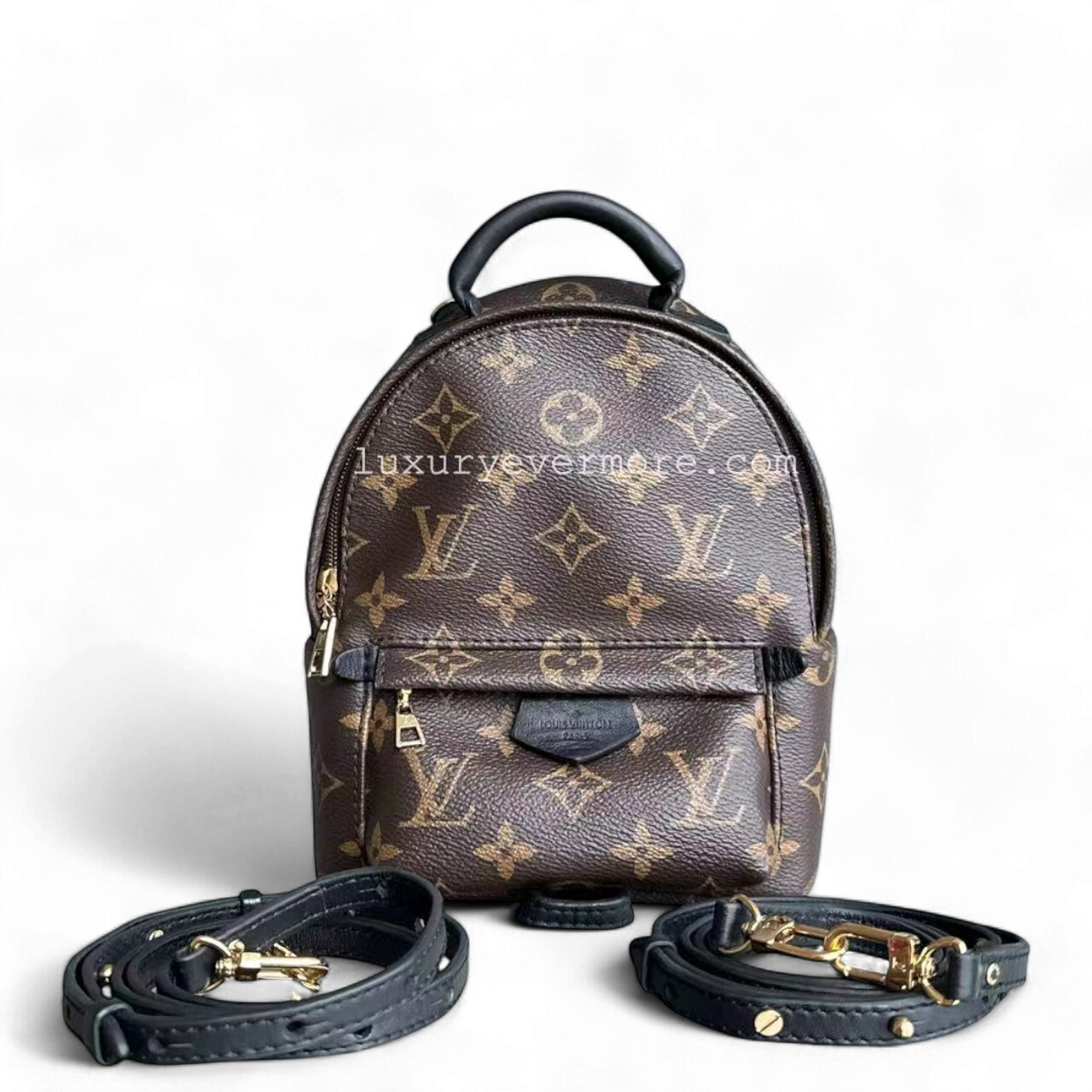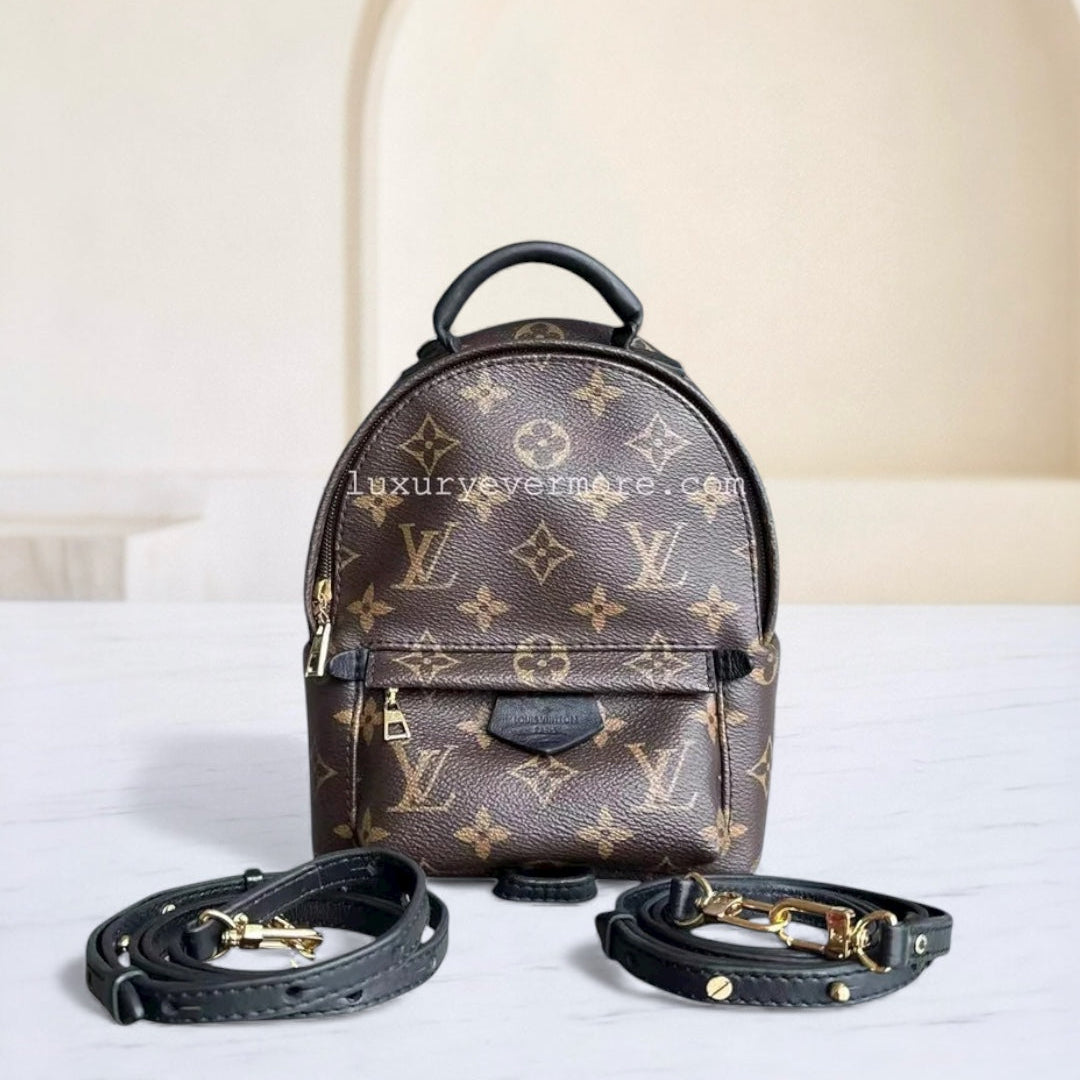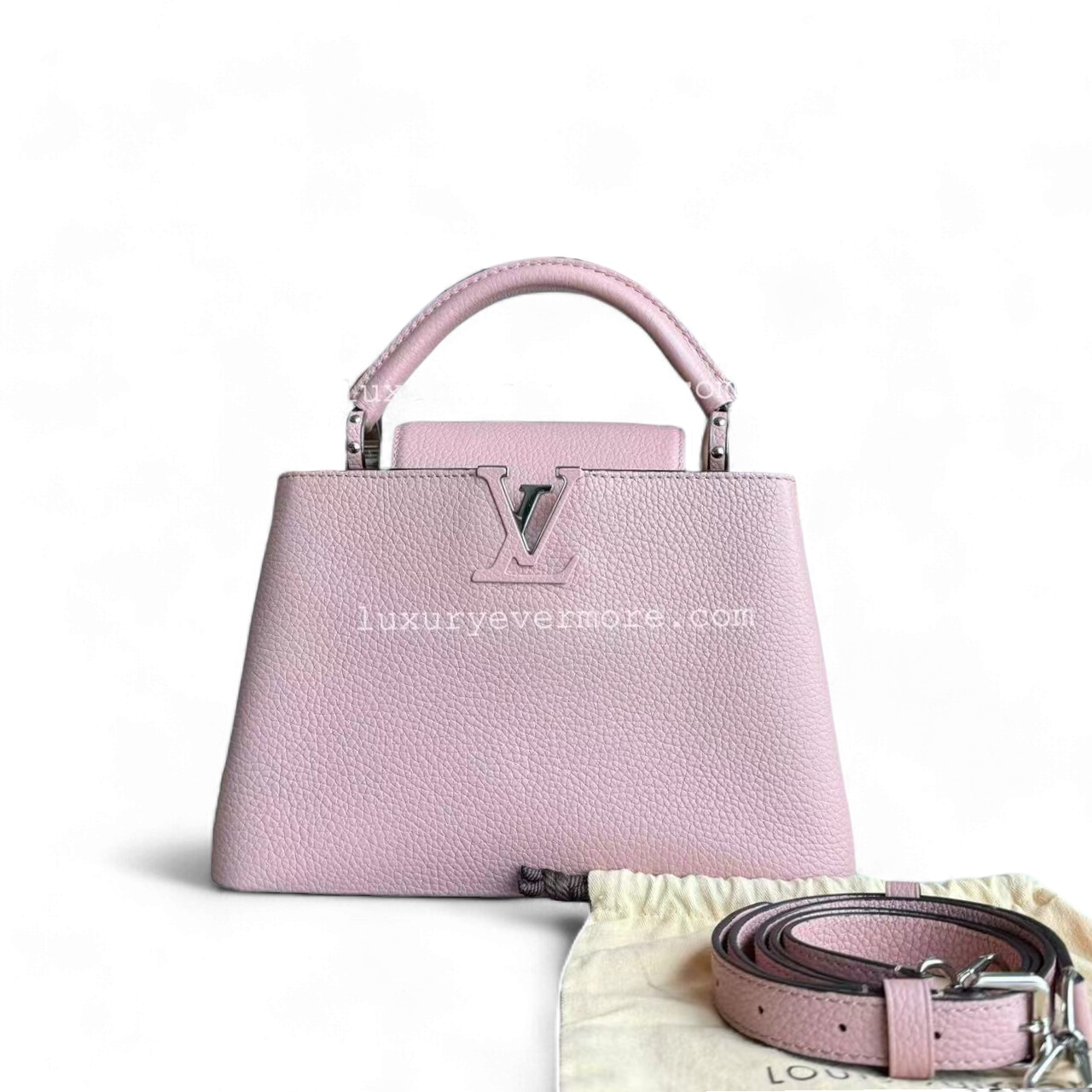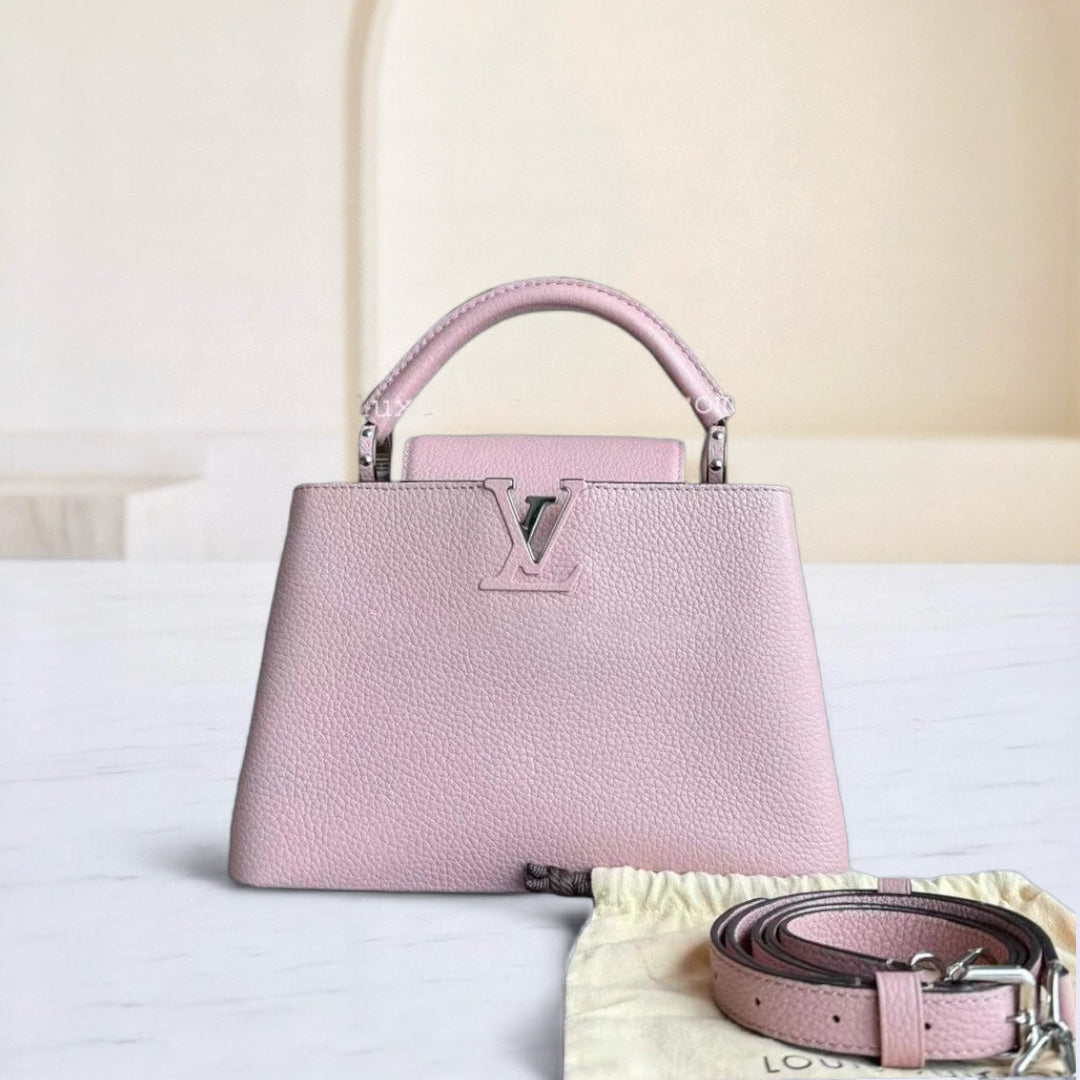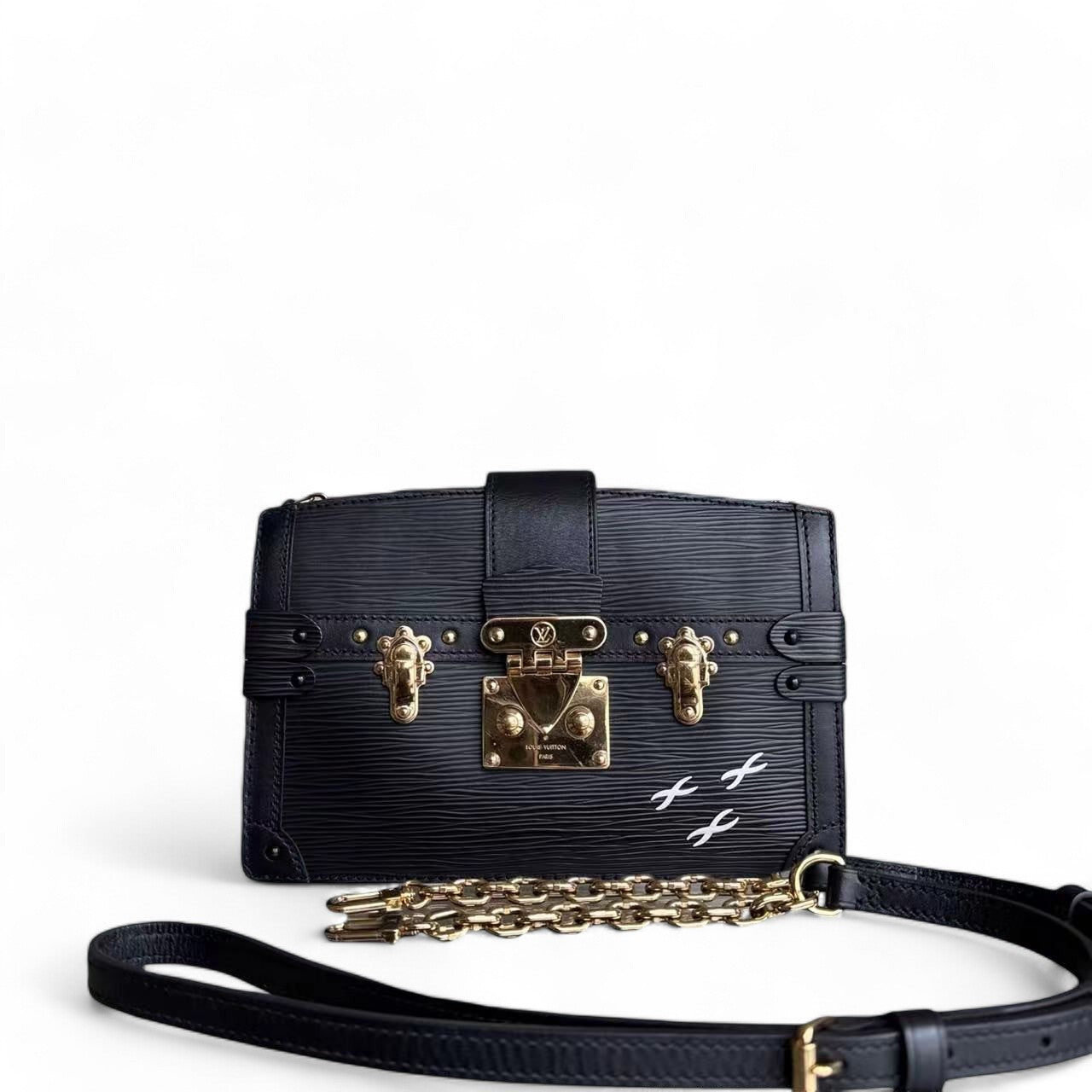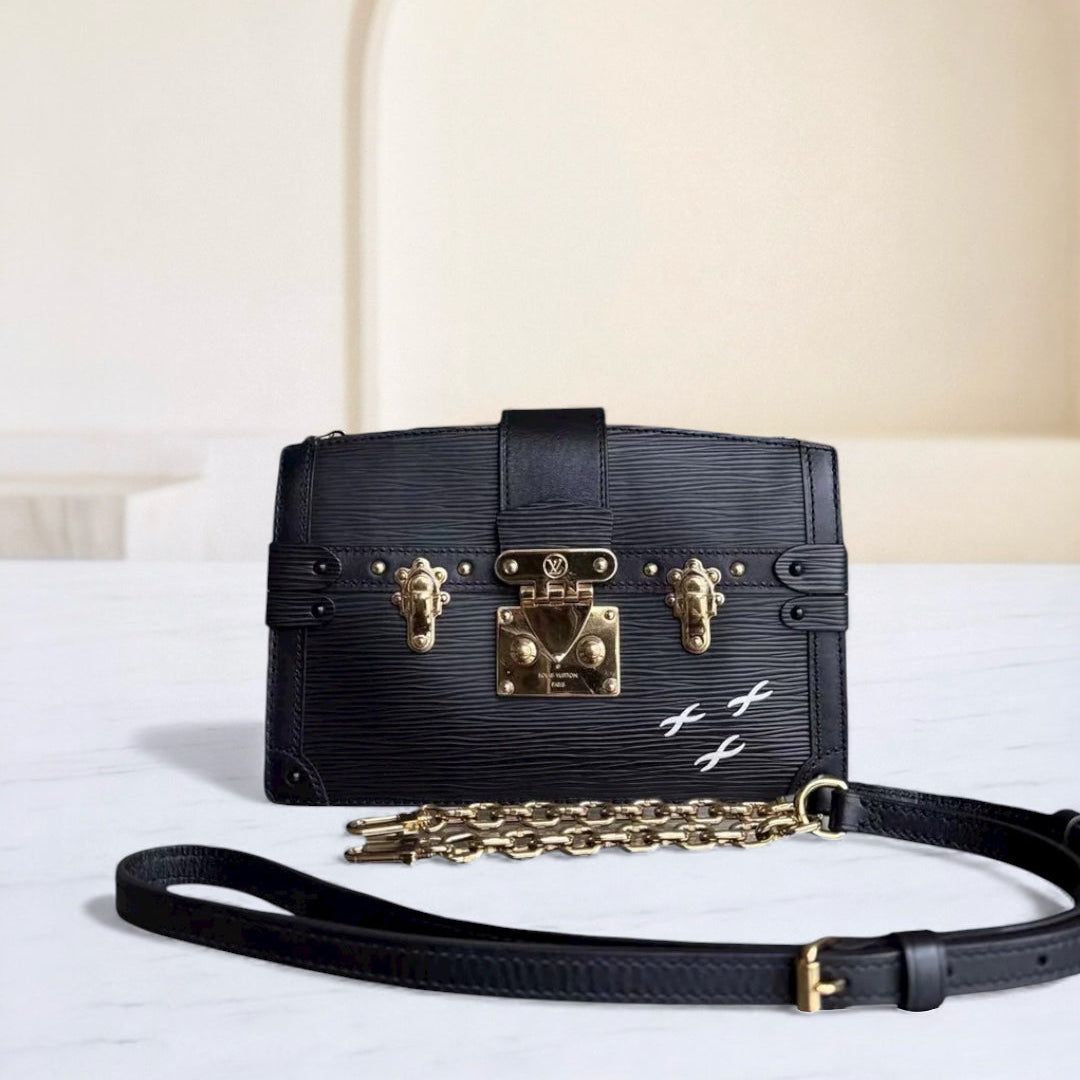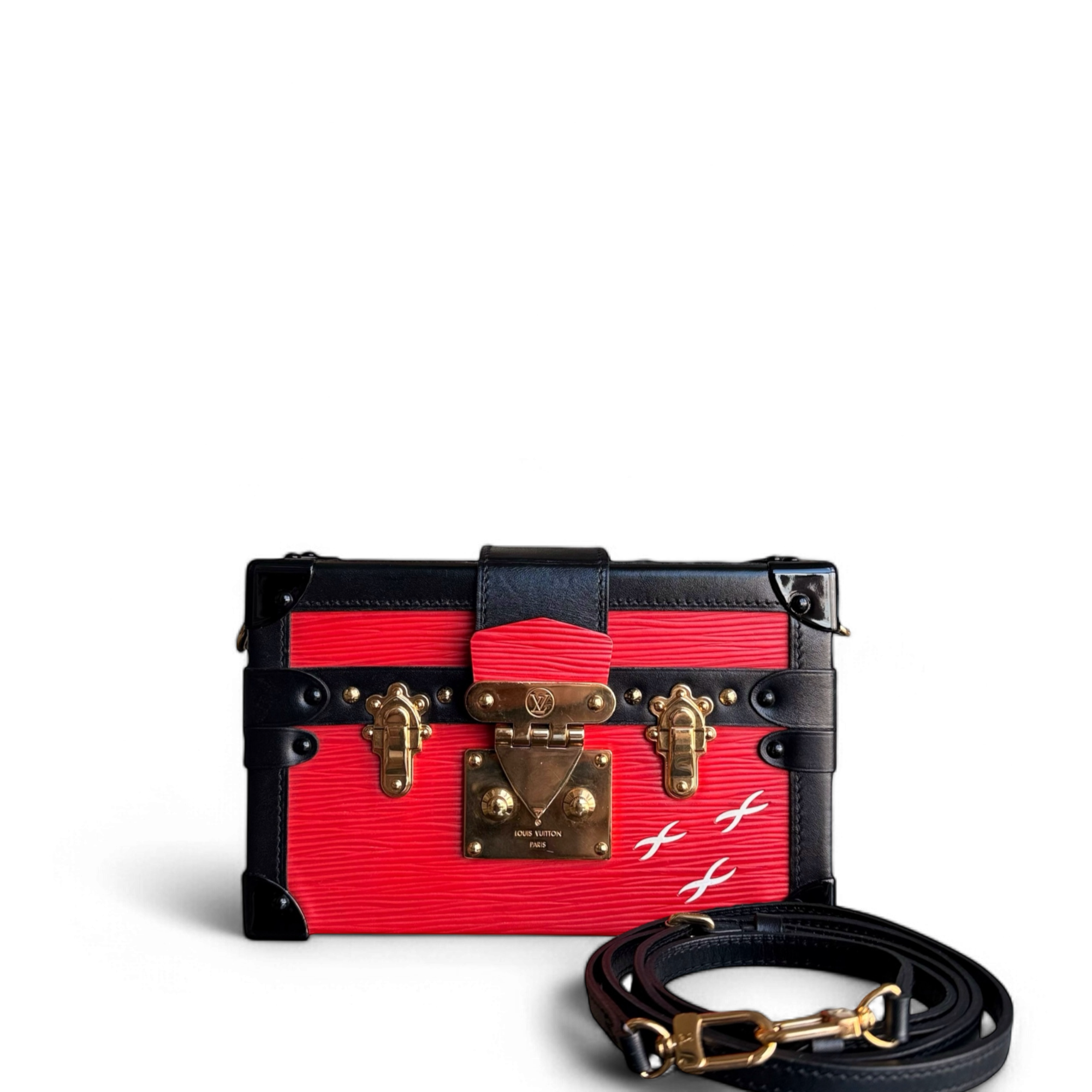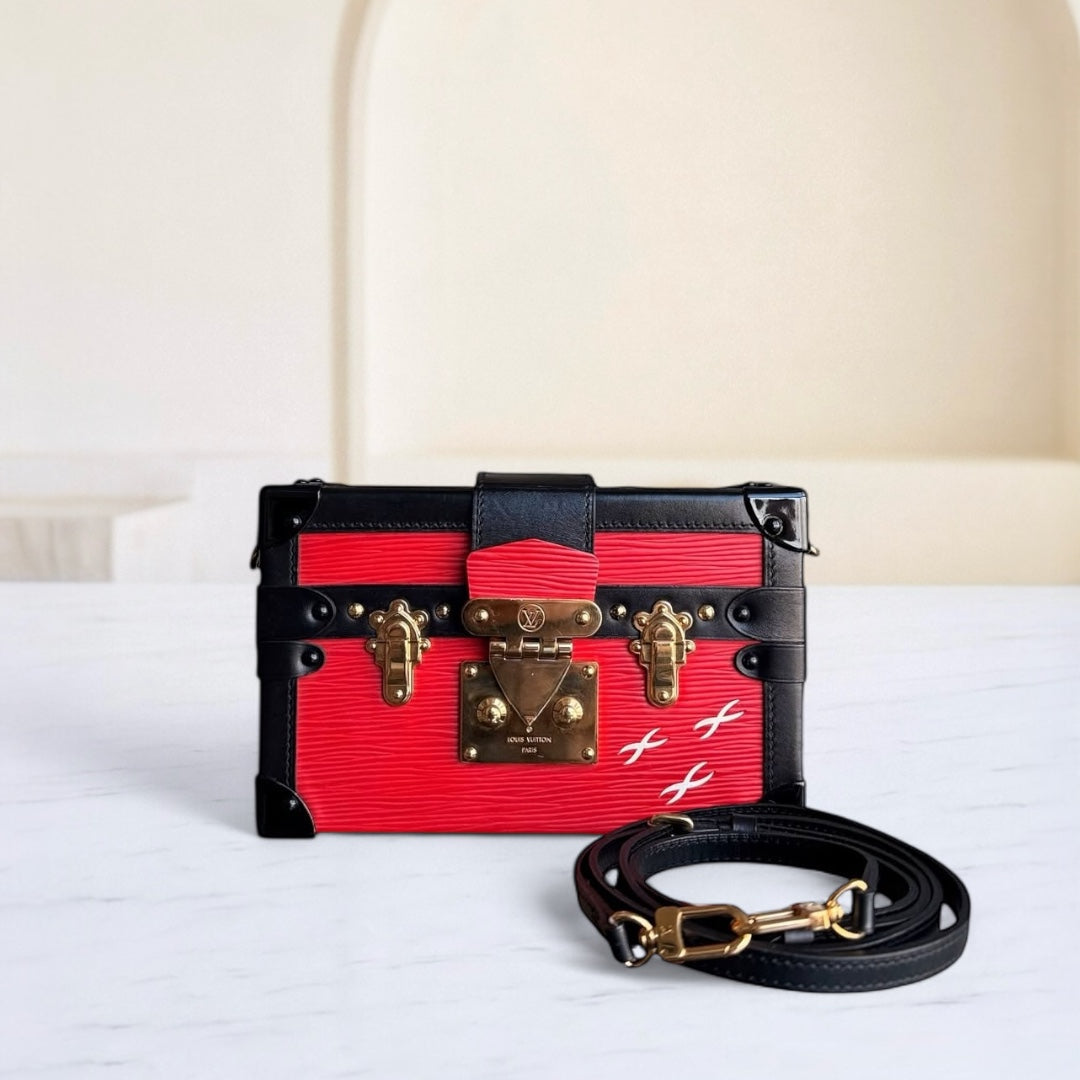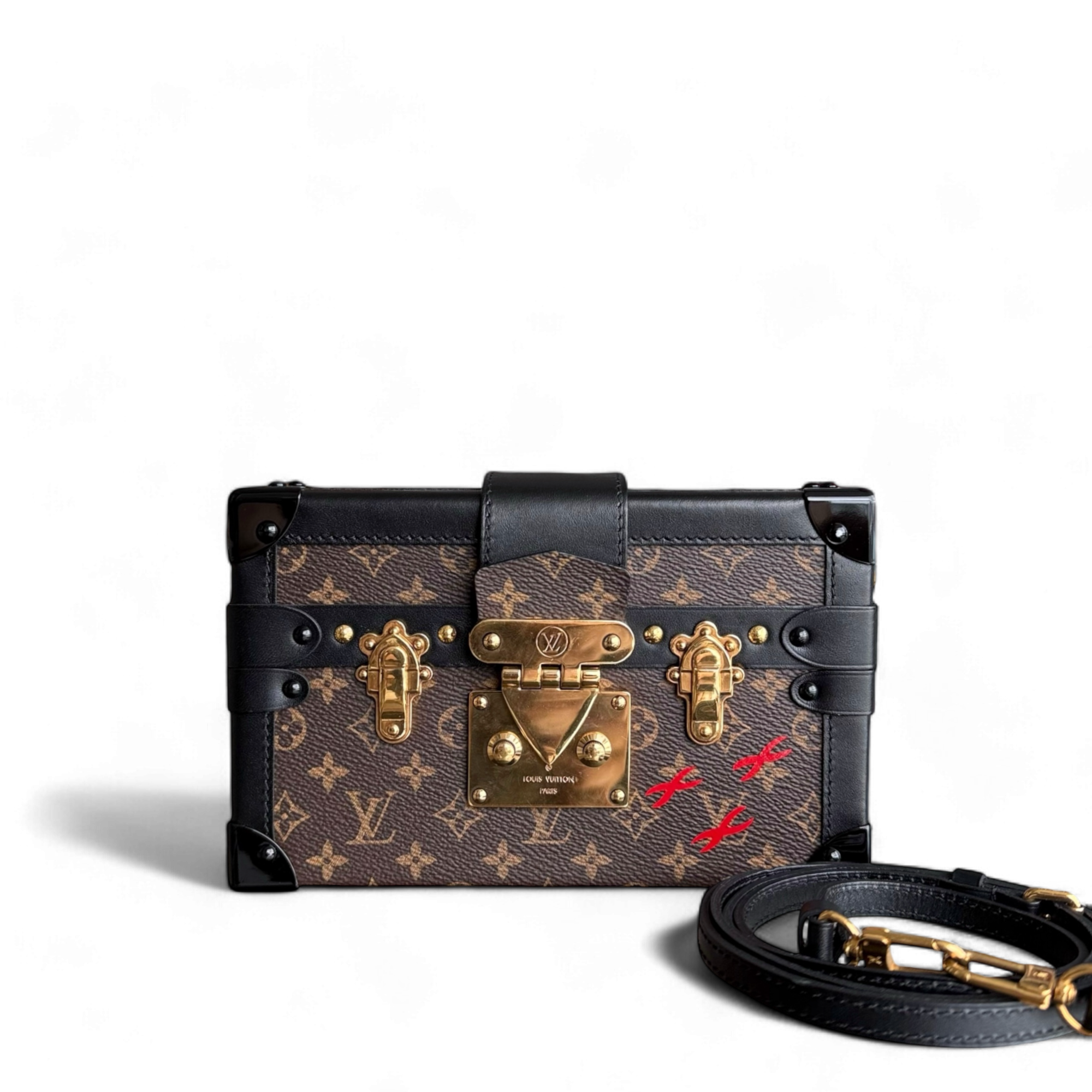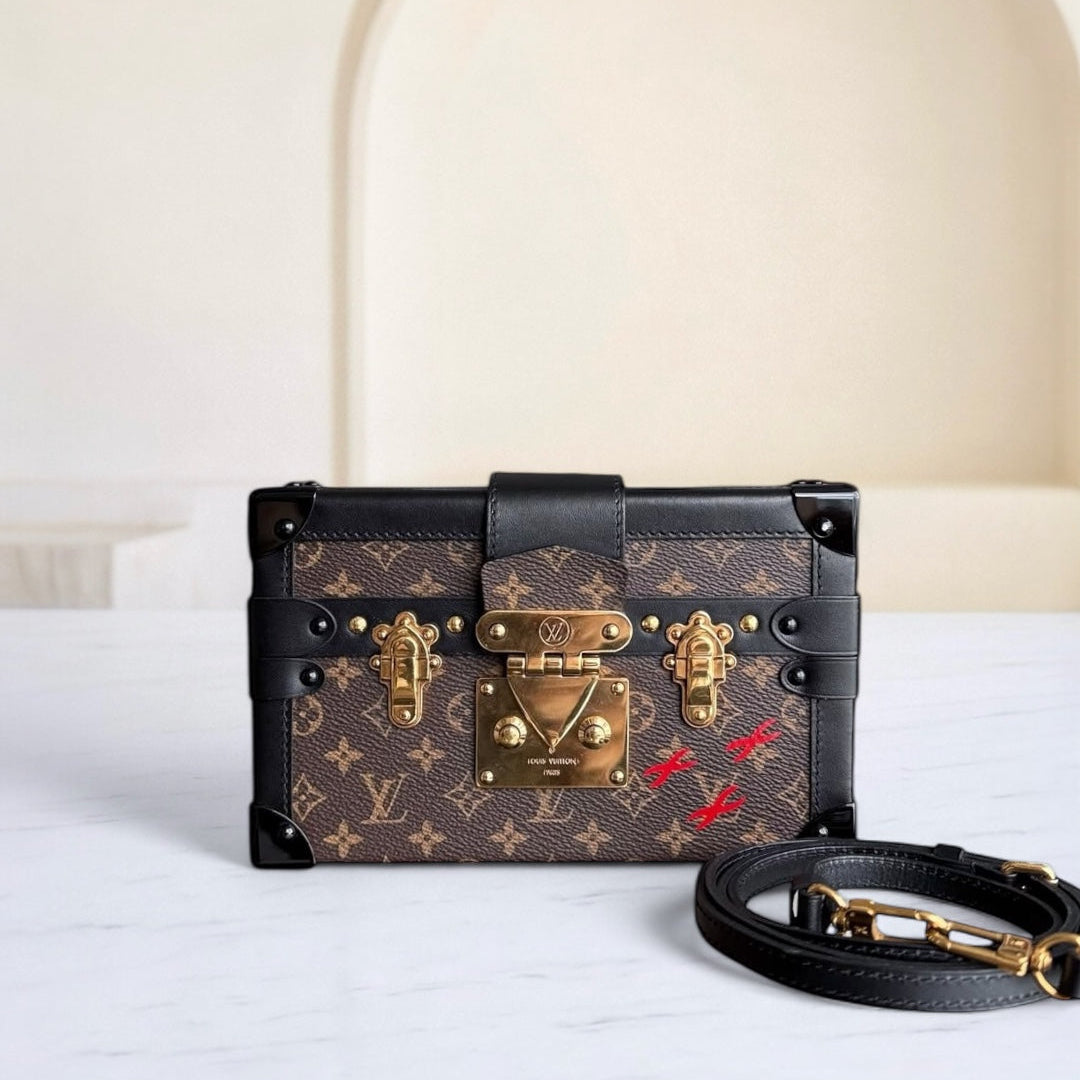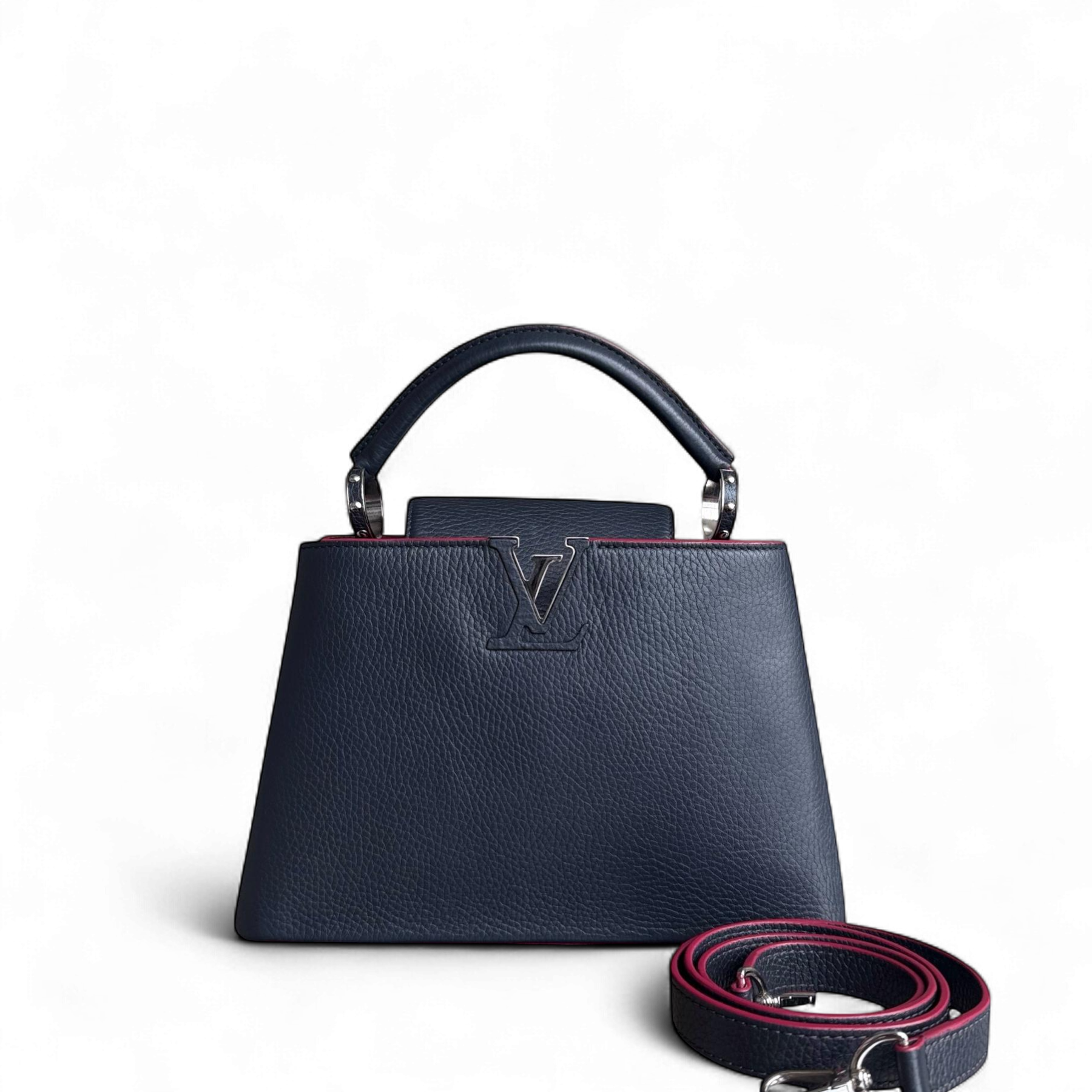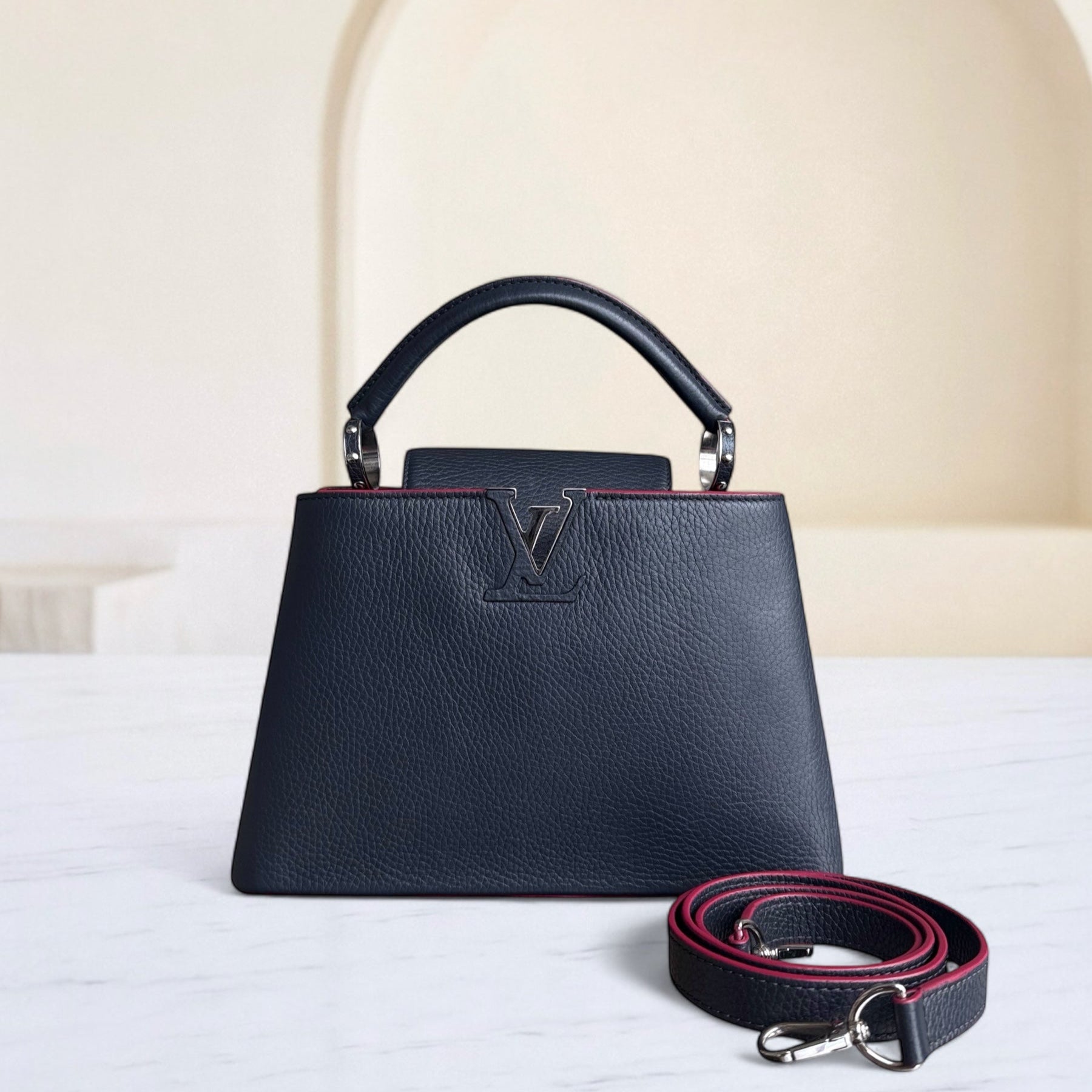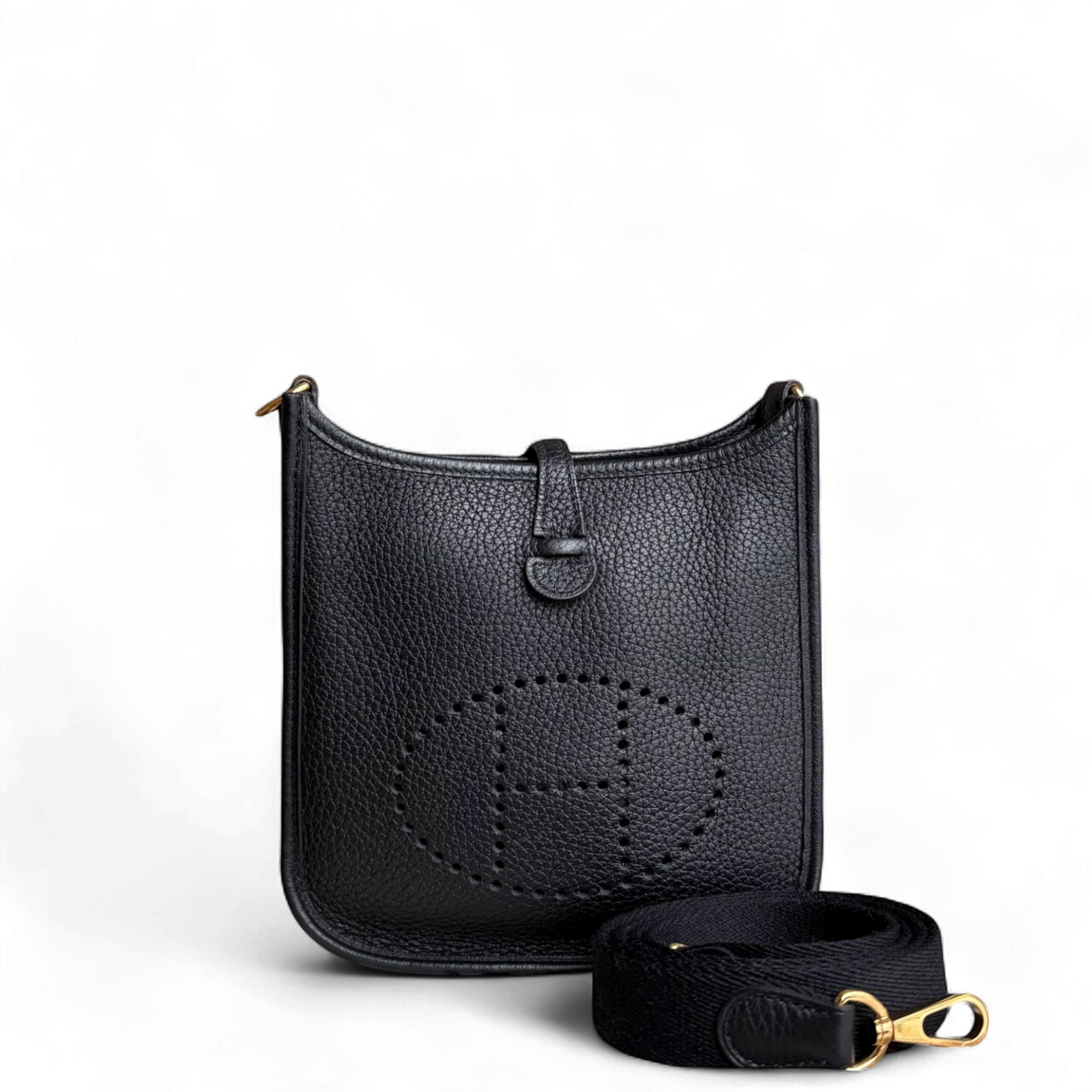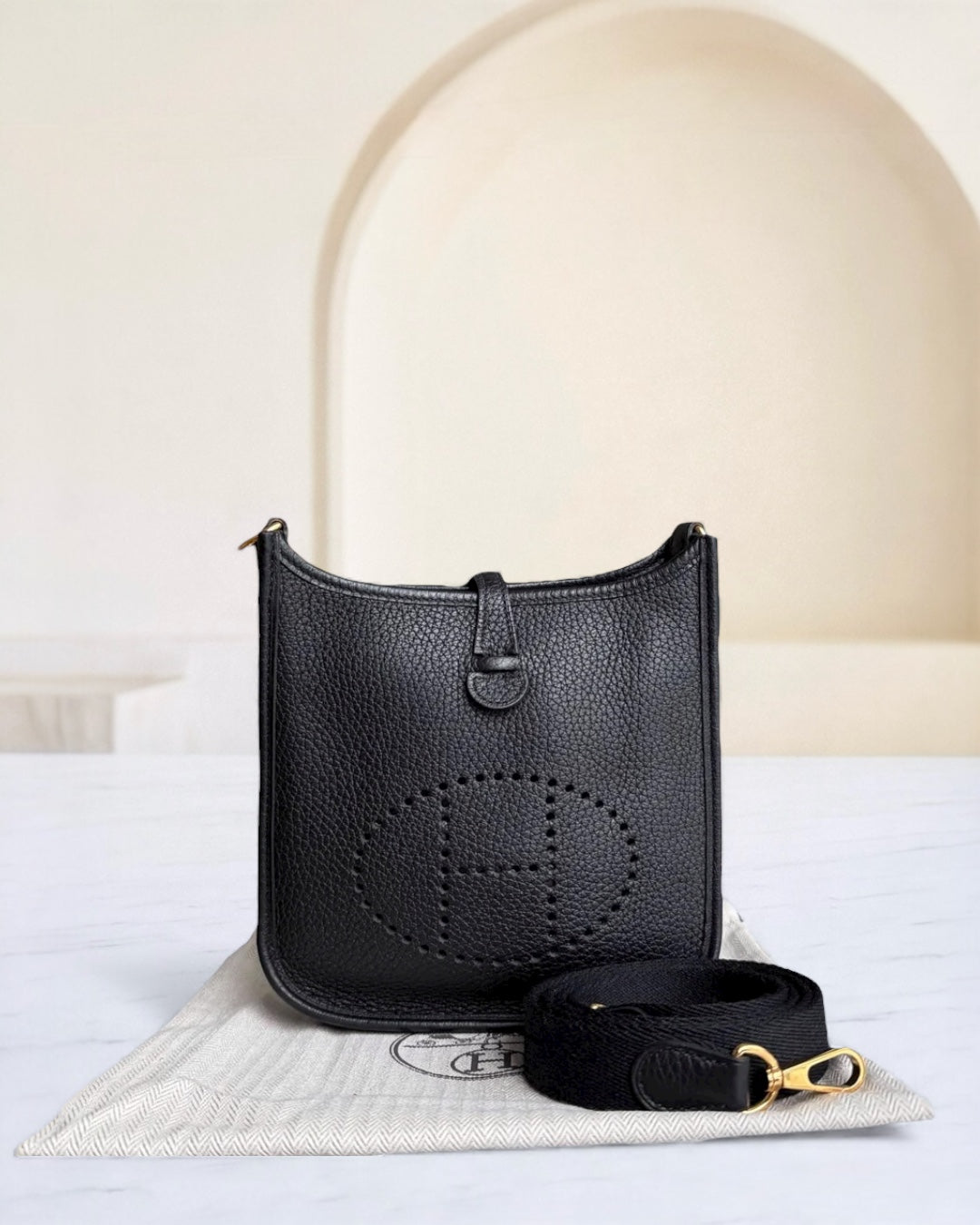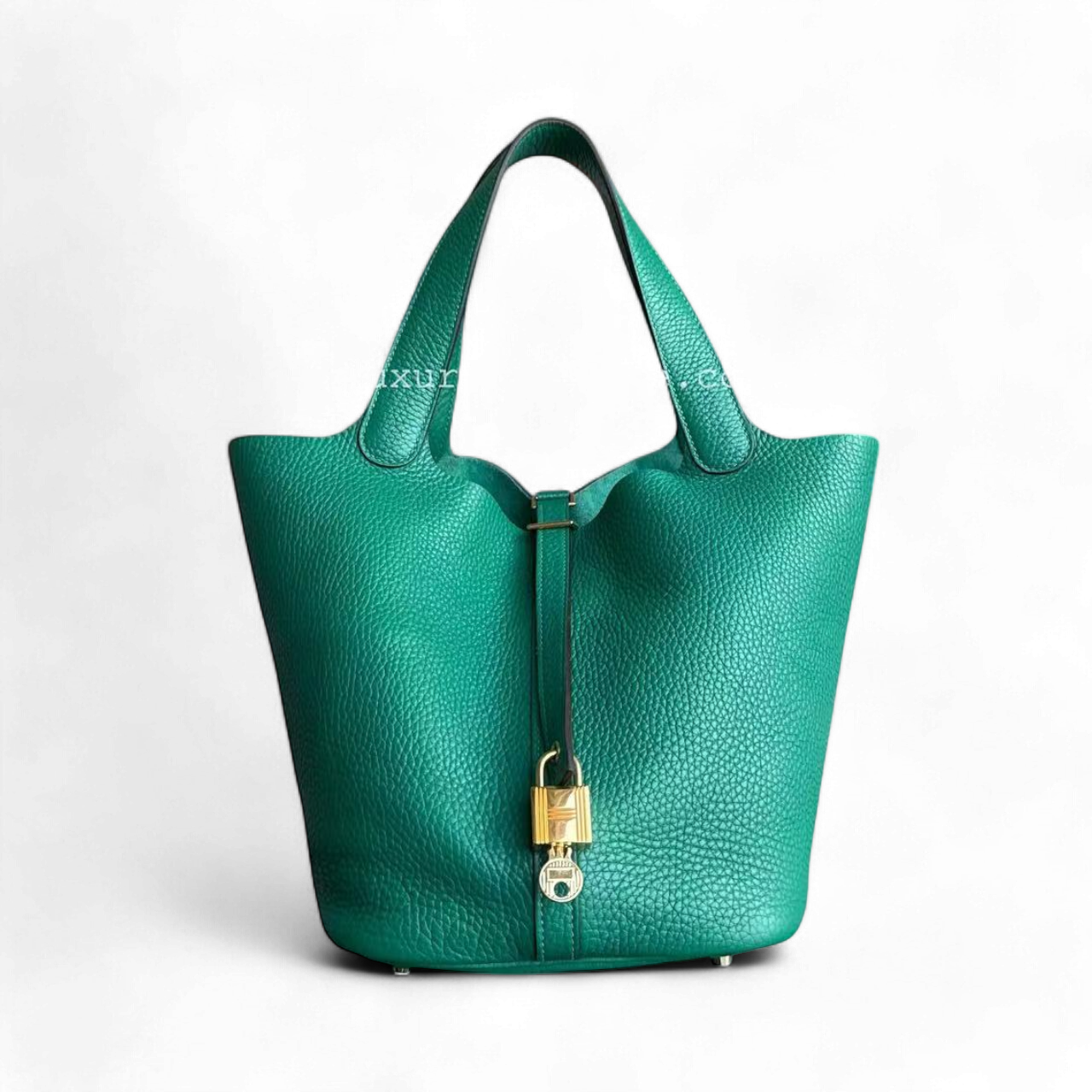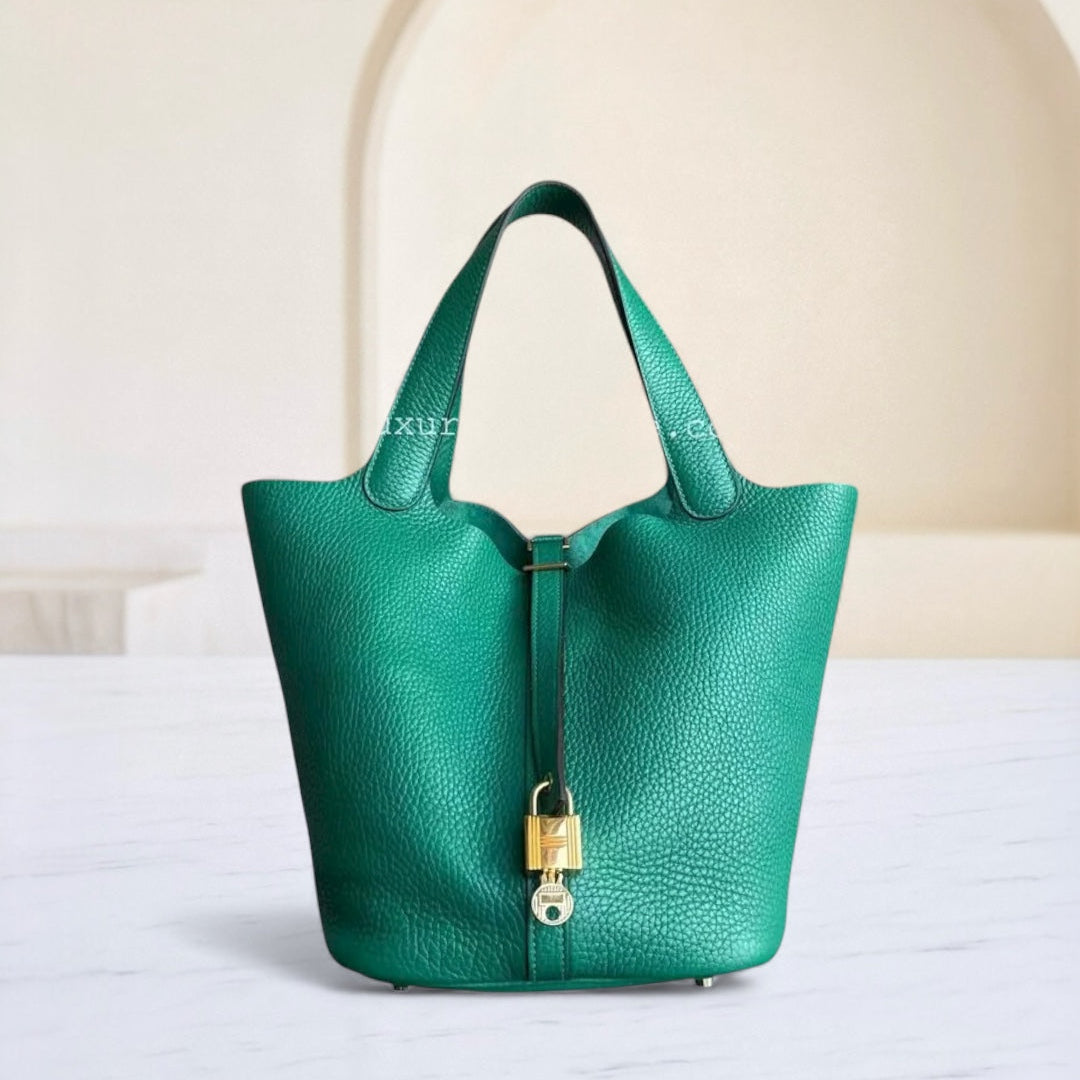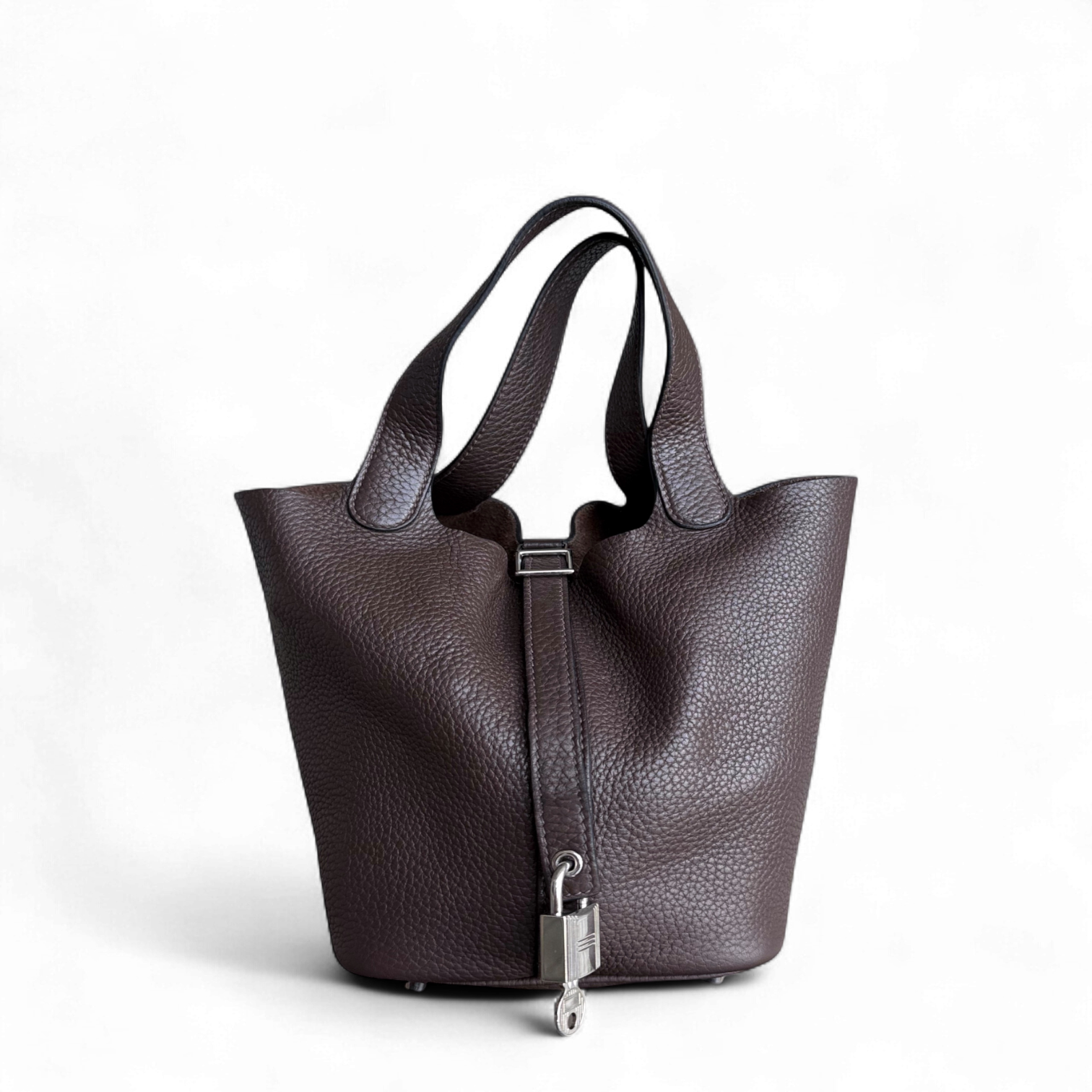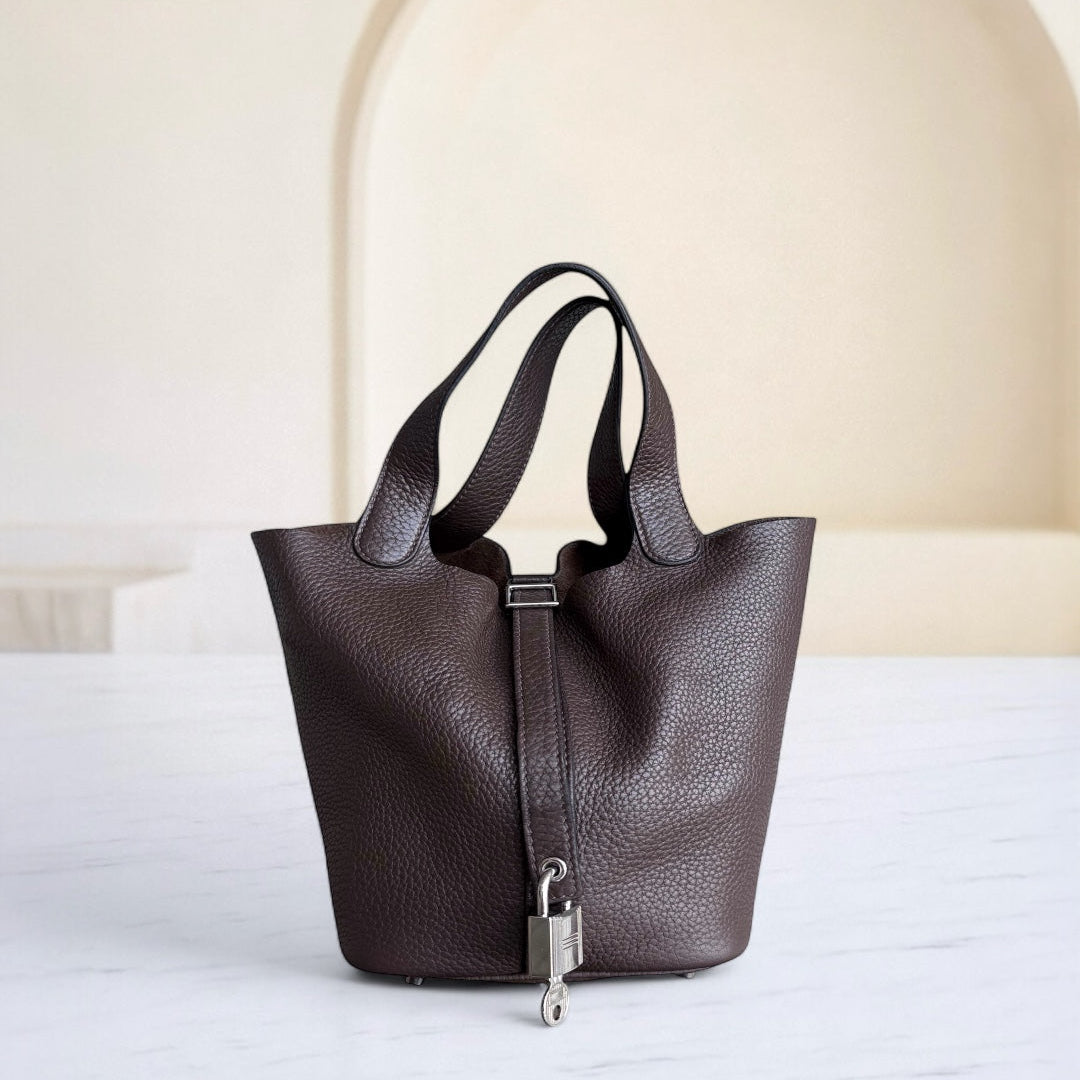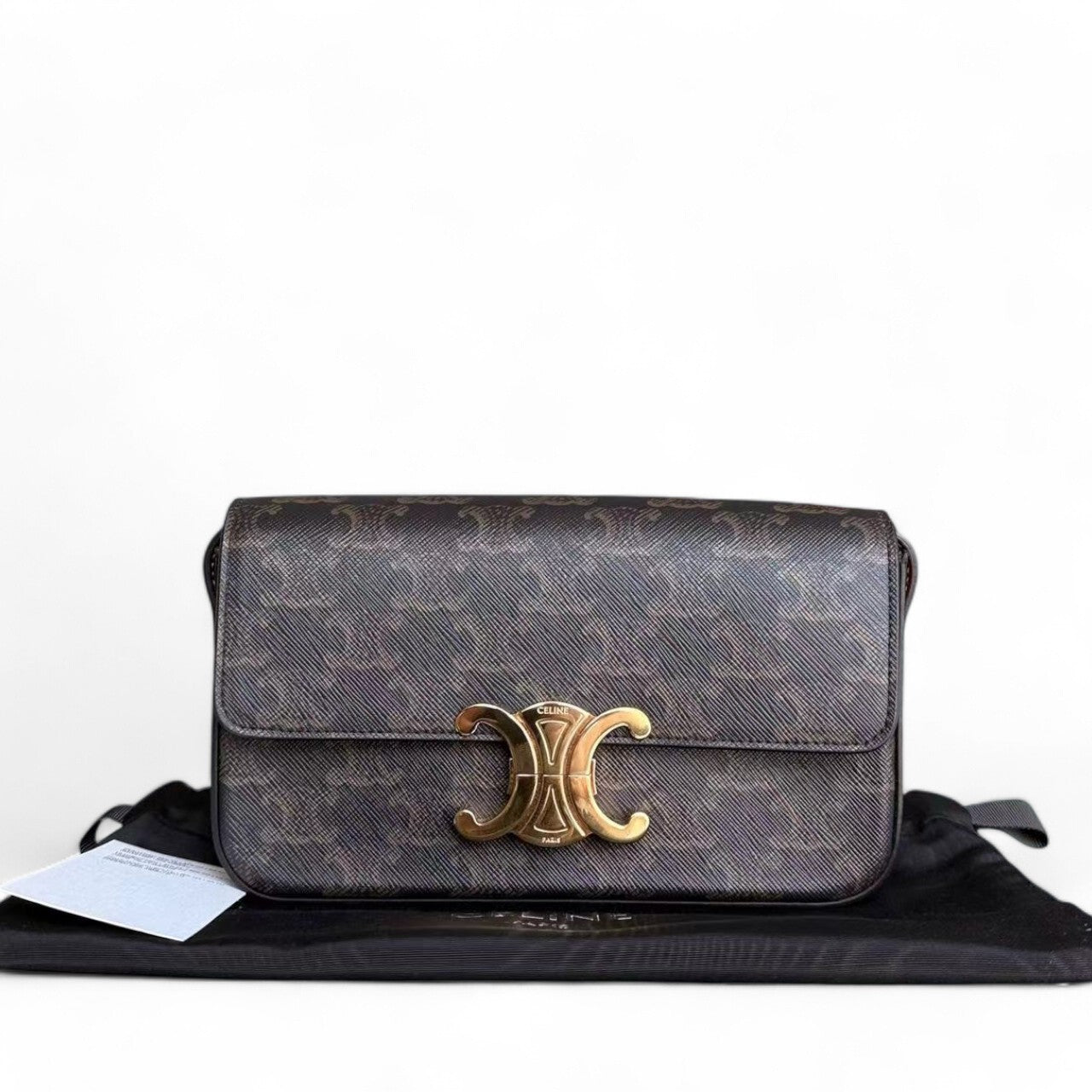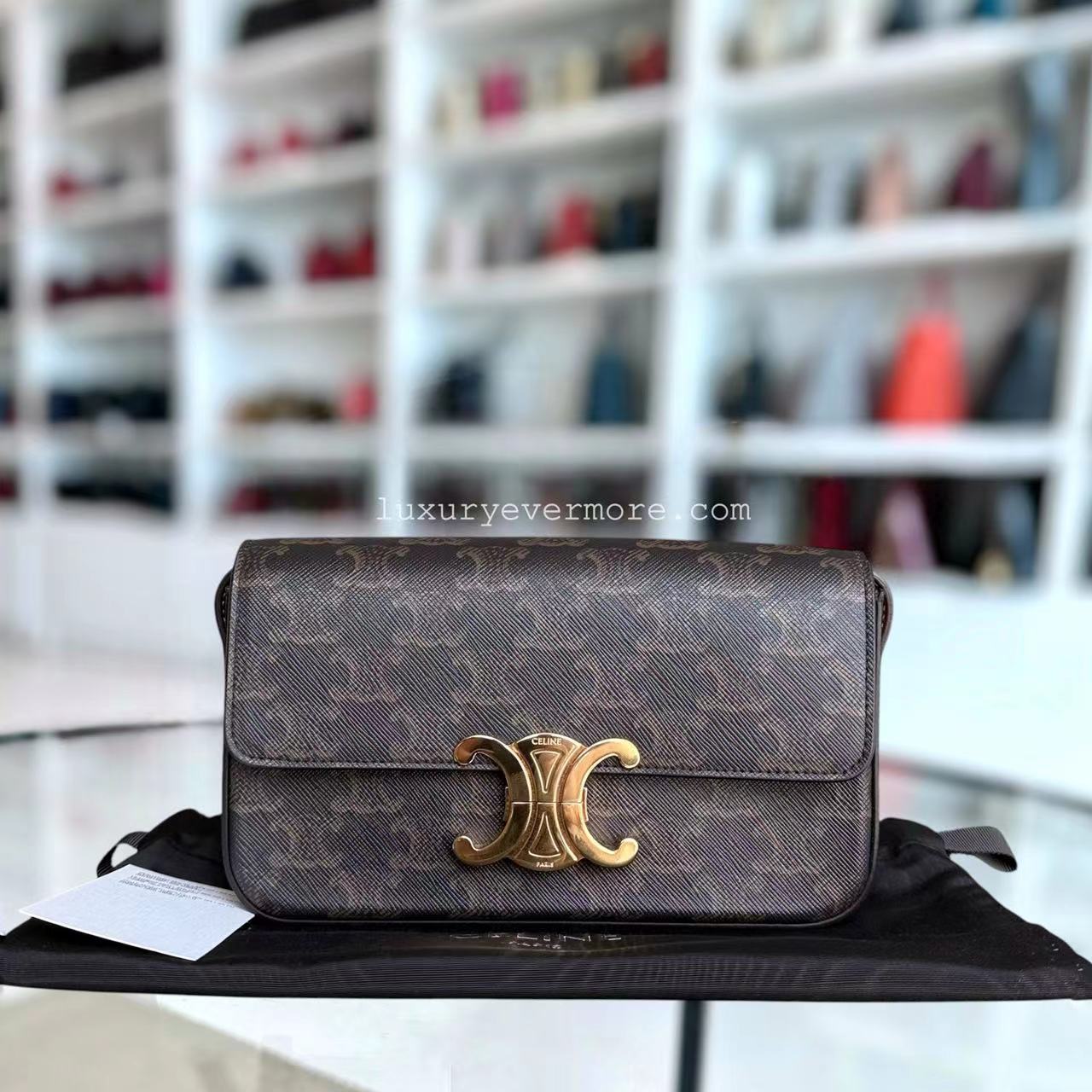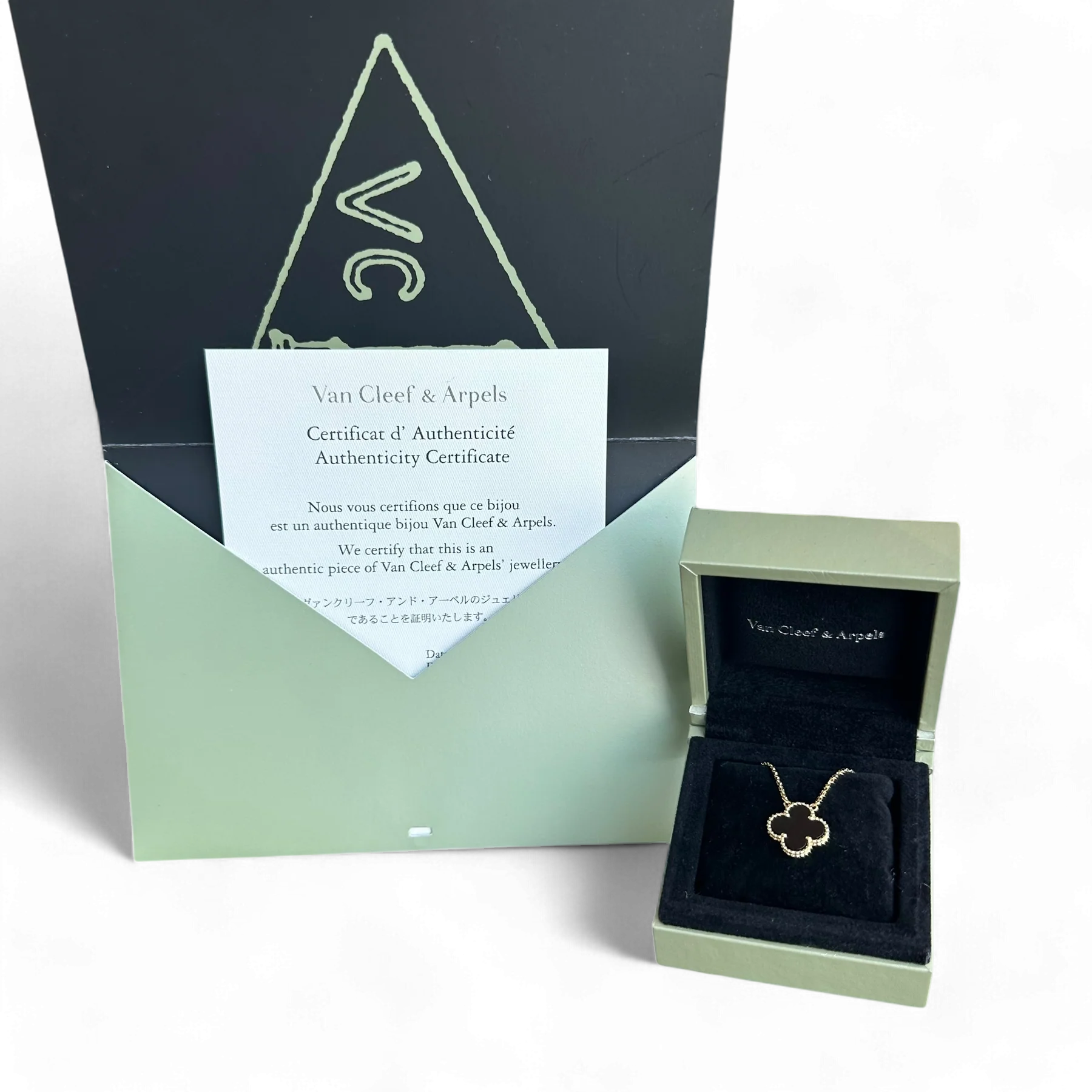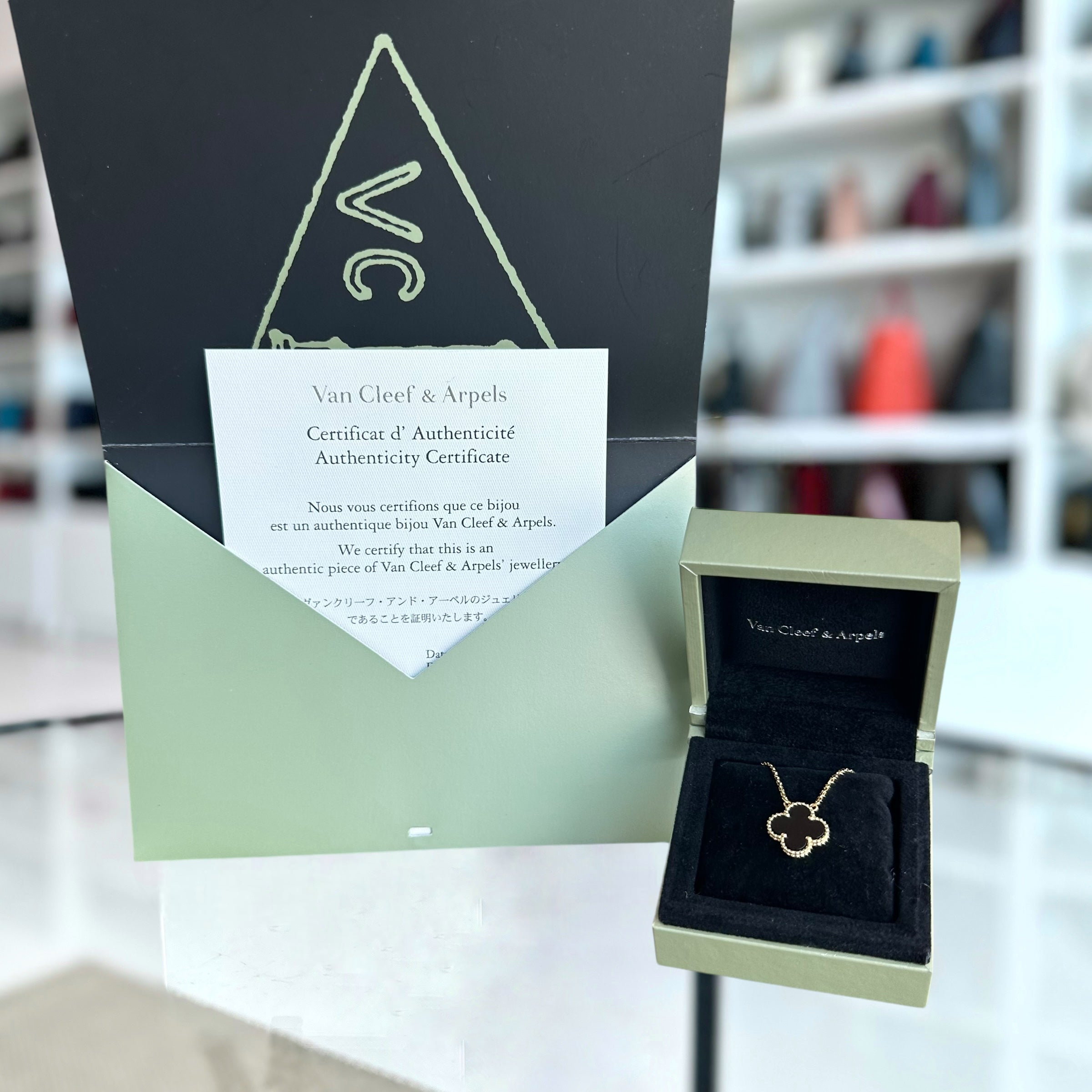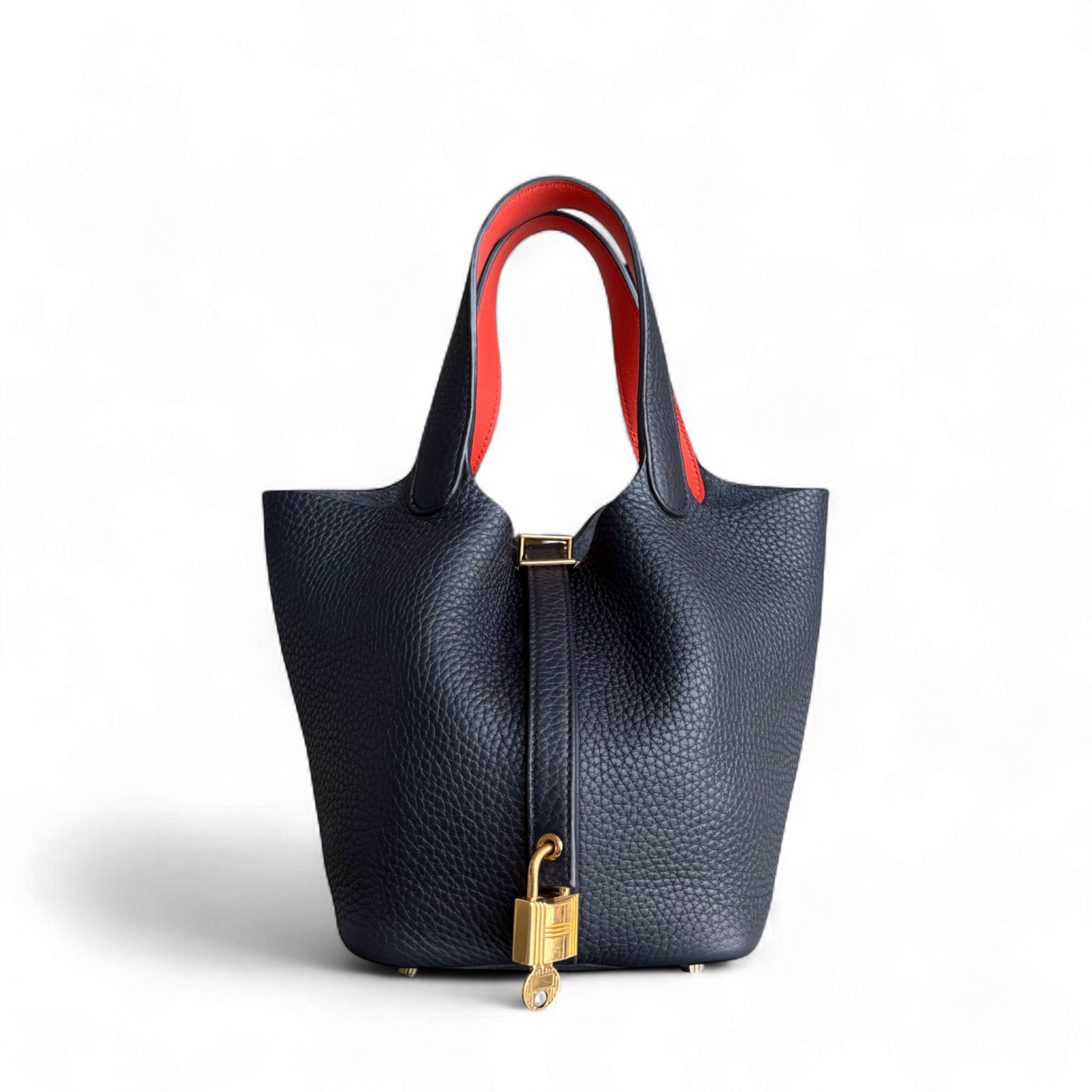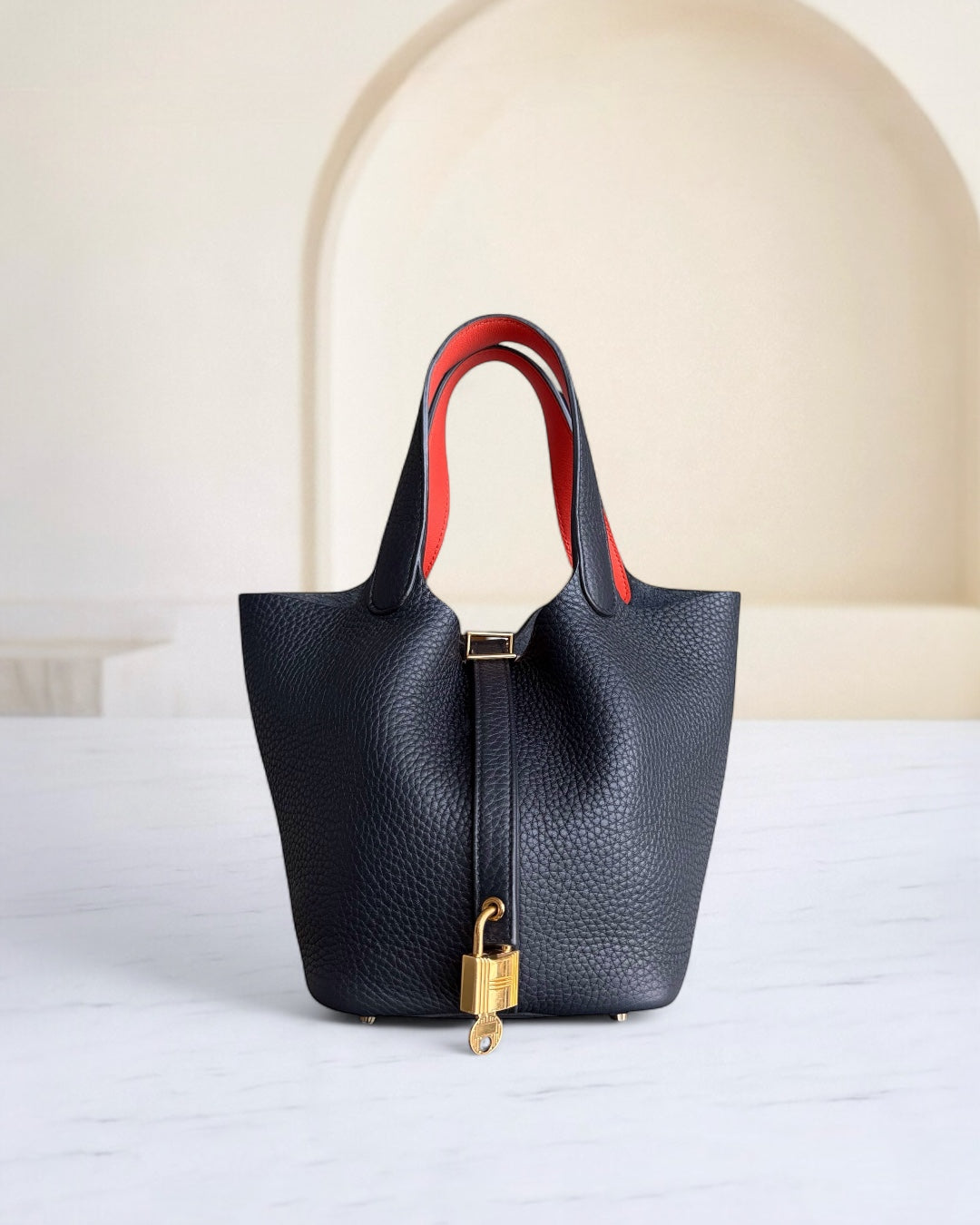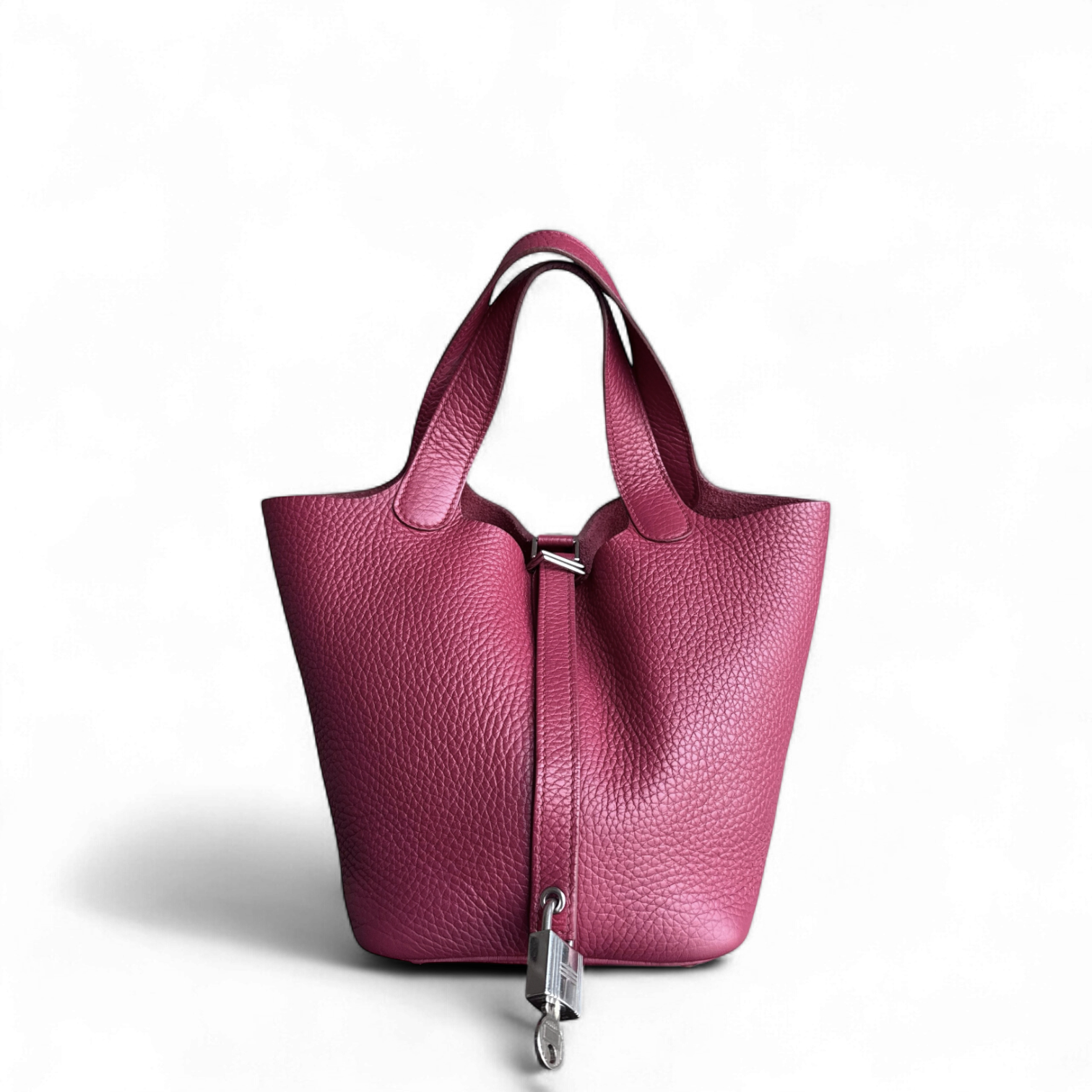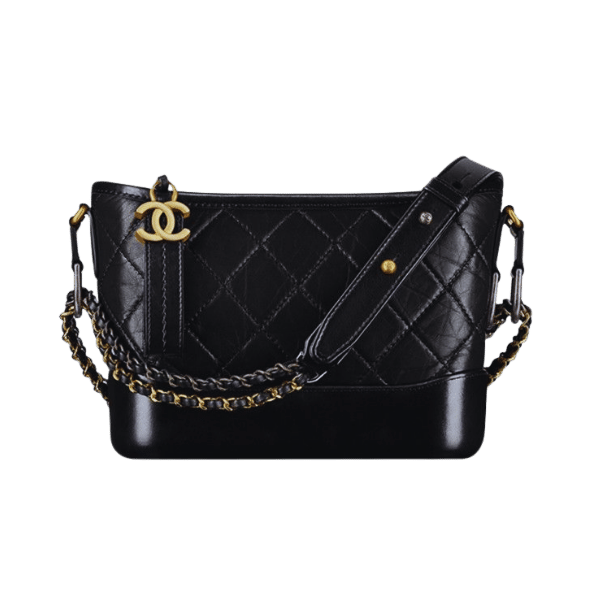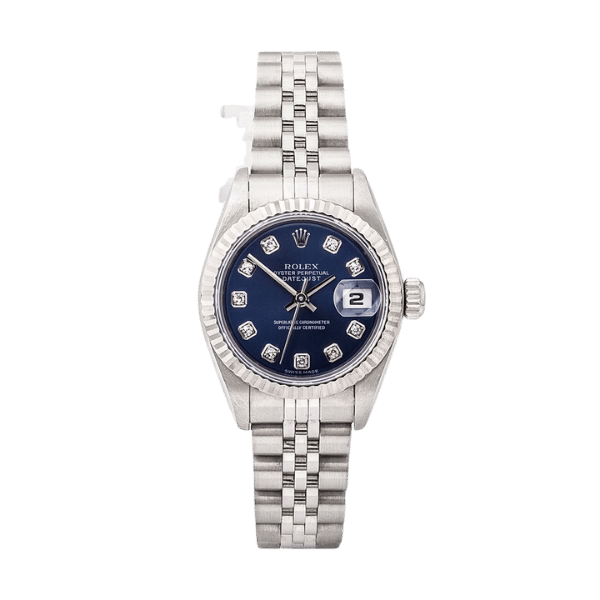How Much Is My Diamond Worth? Understanding Diamond Value and Carat Diamonds
It is quite easy to see why figuring out the real price of a diamond is not a walk in the park for most, but a number of reasons, including aesthetic. No matter what one intends to do with their diamond, whether they want to sell it, purchase another one, or ascertain its value presently, it is necessary for a person to appreciate what valuing a diamond entails. This article seeks to discuss and examine the factors that affect a diamond’s value, more especially, how and why carat weight influences price. In this analysis, cut, color, clarity, and even the prevailing economic conditions shall be mentioned as additional factors that affect the price of a diamond. Eventually, one will come to understand what makes their diamond unique and how its value is actually determined on today’s market.
Factors Influencing Diamond Worth

Carat Weight
- This is the number one determinant of how much my diamond is worth, and this is carat weight. It is determined in carat weight, the carat being 200 milligrams. Large diamonds are rare and therefore more expensive, more so as the carat weight grows, because there is a psychological pressure on pricing.
Cut
- The cut of a diamond, or more precisely its facet configuration, heavily influences its beauty and perceived quality. When cut correctly, a diamond allows the light to shine through it, producing beautiful scissor effects that enhance its appeal. It is essential to maintain the correct proportions and symmetry for the light reflection.
Color
- Aspects such as cut and symmetry are additional considerations that have a bearing on the price, but the most important consideration relates to the color of the gem in terms of its grade that is rated from D that is colorless to Z that is yellow or brown. The absence of a color within a stone is also considered to be of the greatest value because when the stone is in its colorless state, light can be dispersed much more easily.
Clarity
- Clarity measures the extent to which a diamond is devoid of inclusions and blemishes, both of which are internal and external defects, respectively. Diamonds that are clearer without, or with fewer imperfections, are generally quite expensive because they are much rarer than the rest, to begin with. Each diamond with its clarity characteristics is assigned a grade, starting with Flawless (FL), ending with Included (I).
Market Dynamics
- Additionally, market factors, such as the level of consumption of diamonds, the availability of the gemstones, and major economic developments, have a bearing on the wholesale price of diamonds. For instance, trends portray an increase in demand for indicated cuts and sizes at certain times, and such cuts and sizes may cost more. As a result, it is very significant to fathom the peculiarities of the market situation as a stepping stone toward effective valuation.
The 4 Cs of Diamonds
Cut
- A diamond’s cut denotes how much it has been shaped and how many facets it has altogether. Its cut also determines how shiny the diamond is and how attractive it looks. Such a diamond will shine splendidly, resulting in better brilliance and luster.
Clarity
- Clarity expresses the amount and extent of internal cracks and surface marking of the stone. The higher this grade is, the fewer these defects are, and the higher the worth of the diamond.
Color
- The clarity scale of a diamond is based on the presence of color or lack thereof. The least amount of color in a diamond is preferred because it increases transparency and therefore strongly contributes to beauty.
Carat Weight
- Carat weight simply refers to the size and weight a diamond possesses. The larger a diamond becomes, the rarer it becomes, and the increase in carats makes the biggest difference in determining its value.
Diamond Carat Weight and Its Impact
The value and majesty of most diamonds are predicated on their carat weight. That means that: the bigger the stone, the heavier it is supposed to be because weight-wise, one carat is equivalent to 200 milligrams. And that implies that the larger a diamond is, the rarer it is likely to be; and because of that, the price of such a more than two-carat diamond is tenfold higher than that of an average small diamond. This, however, is far from the truth as a diamond can be absolutely stunning and without a considerable increase in carat weight, which components such as the cut, particular form, its color, or even inclusion level have something to do with. Buyers have to ensure that other factors are considered when considering the weight of the diamond, otherwise the diamond could end up being unsellable if it is not to their taste or budget.
Understanding Diamond Color and Clarity
- Diamond Color: The scale of diamond color is from grades D (colorless) to Z (light yellow or brown). The less color a diamond has, the higher its price, as the brighter its light transmission quality. Price, however, correlates to subjective and topical factors such as the choice of diamond color and its setting too.
- Diamond Clarity: Clarity concerns the inclusions that are found within a diamond, as well as the blemishes that are found on its surface. The clarity grade then rates these defects according to how they affect the visibility of the diamond. Grades are from Flawless, where imperfections cannot be seen with 10x magnification, to Included, which has imperfections that are visible to the eye. Scarcity of higher clarity diamonds results in higher prices.
Evaluating Your Diamond: The Appraisal Process

Steps in a Professional Diamond Appraisal
- First Overview: A professional diamond appraiser inspects the sample and describes all the dimensions, forms, features, and imperfections it may contain.
- Mass of the Diamond: As weight plays an essential role in a diamond's worth, the appraiser weighs the diamond and records it to three decimal places.
- Close Up Inspection: At this point, the diamond is graded for its cut, polish, and symmetry enhancements while also scanning and grading eye visible inclusions under the surface and assigning a clarity grading at the same time.
- Taking the Colored Picture: The subject in these colored stones is trapped in a sense, using compared colored stones under the daylight equivalent white light source.
- Pricing Service: The appraiser examines the current position and conducts market research to provide more credible information on the appraised values, ensuring the amount corresponds to the current value of my diamond.
Tools and Standards Used in Evaluation
- Gemological Devices: Instruments like microscopes, loupes, and spectrometers are employed to examine the properties of a diamond, such as its clarity, cut, and how it interacts with light.
- Classification Metrics: Renowned in the industry and a prevalent gauge of diamonds, such as GIA’s (Gemological Institute of America) grading systems, give uniform procedures to evaluate diamond quality.
- Lighting Conditions: Preset lighting ensures that the analyzed diamond’s shade and luminance color cast during scrutiny are precise.
- Market Data Providers: Established price and market reports are employed to appraise diamond values in reference to the latest trends.
Role of Certification Organizations like GIA
Certification bodies such as the GIA are extremely important in maintaining the credibility and accuracy of diamond grading and appraising. They enforce rules of uniformity in the evaluation of the most vital attributes, such as cutting, coloring, clarity, and weight in carats, achieving universality throughout the precious stone industry. These certificates do not just make any buyer aware; they enhance the buyer and seller's relationship by giving them a fair and cognitive evaluation of the quality of the diamond.
Estimating Diamond Value: Practical Tips

Using a Diamond Price Chart
A diamond price chart is an easy and effective way to evaluate the price of a diamond by its main characteristics. To operate it without any particular issues, one has to find the carat weight of the diamond vertically and the grades in both colours and clarity horizontally. These characteristics can be matched to find approximately how much one carat will cost. This number should then be multiplied by the actual carat weight of the diamond to find the value of the diamond. In order to avoid any discrepancies, provide a current chart that corresponds to the present-day market. Please always confirm the given values from trustworthy sources or an expert jeweler.
Market Demand and Pricing Trends
The demand for diamonds is dictated by several factors, which include the state of the global economy, the preferences and fads of the consumer, and the supply and distribution avenues in place. For example, during the festive season or engagement season, most people focus more on diamond prices, and their willingness to pay increases. Further, the prices of the diamonds are worsened by the unavailability of good-quality diamonds. Within the industry, it is always advisable to look at reports or any other published data available from the Gemological Institute of America (GIA) or specialists looking into the pricing of products, possibly in that market. This is very critical for both the customers and the sellers so that they are able to relate and understand the prevailing market conditions.
How to Calculate Price Per Carat
To come to an estimate of the price per carat of a diamond, the following has to be noticed:
- Note down the total price of the diamond-The total price usually comes from the seller or the jeweler.
- Take note of the carat weight-One has to find the exact weight of the diamond, usually measured in carats by the industry standard method.
- Divide the total price by the carat weight:
- Price Per Carat = Total Price ÷ Carat Weight
For example, if one buys a diamond that costs $5,000 and weighs 1.5 carats, the price per carat amounts to
$5,000 ÷ 1.5 = $3,333.33 per carat
It is one simple way of comparing the value of diamonds of varying sizes and qualities. Make sure the price corresponds to the diamond grade; a priced diamond may lose value very fast in terms of cut, color, and clarity.
Specific Diamond Types and Their Worth

1 Carat Diamond: Worth and Market Insights
The value of a one-carat stone will be determined by factors such as cut, colour, clarity, and its general quality. Altogether, the cost of one-carat diamonds generally varies between 2000 and more than 20000 dollars. High cut, colour, and clarity rating will make it a more expensive stone. For instance, a round brilliant cut diamond with far colour D and flawless grade clarity attracts premium costs. It is important to buy diamonds from highly competent merchants who can issue certifications from trustworthy bodies such as GIA and AGS to eliminate doubts in respect of the gem's provenance and quality.
2 Carat Diamonds: Value Considerations
Looking at the worth of a 2-carat diamond can be quite jumbled if you do not consider several determining factors. Notably, these are the cut, color, clarity, and the certificate of the diamond. One of the more important aspects with the most profound effect on elegance and price is cut grade. For instance, a diamond with an impressive D-F color grade and a high clarity grade of IF-VVS1 may cost more; however, it would be more attractive and sparkling. Lastly, you should not forget to check if the diamond is actually certified by either GIA or AGS, as these certificates are the only ones that can guarantee assessment accuracy for such items. A 2-carat zircon starts at $8,000 – 2,5 million dollars and goes up depending on these factors.
Lab Diamonds vs. Natural Diamonds
While lab and natural diamonds are the same in their chemical composition and appearance, they differ in terms of how the diamonds are formed, the price of the diamonds, their effects on the environment, and the price when resold.
|
Parameter |
Lab Diamonds |
Natural Diamonds |
|---|---|---|
|
Origin |
Lab-created |
Earth-formed |
|
Cost |
60-90% cheaper |
Expensive |
|
Time to Form |
Weeks |
Billions of years |
|
Resale Value |
Low |
Higher |
|
Ethics |
More ethical |
Ethical if certified |
|
Environmental |
Lower impact |
Higher impact |
|
Appearance |
Identical |
Identical |
|
Durability |
Same |
Same |
|
Certification |
GIA/IGI available |
GIA/IGI available |
|
Uniqueness |
Mass-produced |
Rare |
Buying and Selling Diamonds: Making Informed Decisions

What to Know Before Selling Your Diamond
Request A Professional Appraisal
- Get an appraisal from a licensed gemologist to establish how much the diamond can sell for at the current market. It gives you an accurate assessment that considers the current supply and demand.
Check the Certification and Paperwork
- Check that the diamond is appropriately certified or graded by an institution such as GIA or AGS. By having the right documentation, the chances of a sale are enhanced, as well as the potential return.
Know the Trends
- Know the recent trends in the diamond industry, that is, how much my diamond is worth and at what price. If you sell when demand is high, you may get better offers.
Think About Getting A Few Options
- Look into different possible sales avenues, including individual buyers, jewelers, diamond websites, and even dealers. This allows you to compare all the offers and ask for the highest one on the market.
Prepare for Negotiation
- Prepared to negotiate with possible buyers. Knowing your diamond's characteristics, certification, and appraisal value would help you to stand up and say it should have a fair price.
Understanding Engagement Ring and Jewelry Values
The most deciding elements affecting the overall value of a given engagement ring and jewelry include the degree of quality of its composing materials, craftsmanship, and scarcity in the larger market. In diamond rings, the four C's (Cut, Color, Clarity, and Carat weight) help determine the value of the diamond. A decent laboratory determination of the quality of a diamond by a distinguished independent organization, such as GIA, also contributes to a diamond’s value. The Brand of the product and the condition will also affect the ultimate price an owner would expect to receive. You should also be aware of the economic conditions and other factors prevailing at the time, and be swayed by the public trend regarding how much my diamond is worth, and consider the availability of professional assistance in appraising your jewelry.
Insuring Your Diamond: Why It Matters
Because the financial programs in the world can be overwhelming, the cost of insurance will save your diamond, should the unthinkable happen and you lose it or it gets stolen. I do not feel that owning expensive jewelry is a problem because I have the necessary insurance that covers the items, so even in the event that something happens to it, I don’t have to dread losing a fortune. It helps in keeping the owner in touch with not just their monetary value, but also the ordinary meaning of these valuable items.
Frequently Asked Questions (FAQs)
Q: How does pricing work for diamonds by carat weight?
A: Price for diamonds hugely depends on carat weight in the sense that the bigger the weight, the higher the price. For example, a 1-carat diamond may be more costly than another one with a carat of a lesser price. Diamonds with the same carat weight may have a different price because they vary in clarity or in cut quality.
Q: Changing prices are due to what factors?
A: Diamonds have several price factors; carat weight, clarity, color, and cut are four such factors. Prices of diamonds are determined by combining all such factors; thus, a diamond good in all attributes, cut, clarity, and color, will command a higher price per carat.
Q: How is the appraisal done for any engagement diamond ring?
A: To price a diamond engagement ring, one has to look at carat weight and grading, and also consider the overall quality of the diamond - clarity and color. Expert assistance in valuing diamonds can be sought, or else one can look at the chart of diamond prices to get an idea about the price at which one's diamond may exchange.
Q: What does the grading of a diamond mean in considering the worth of diamonds?
A: The grades of a diamond are needed to give value to the diamond. It considers clarity, cut, color, and carat weight, all of which are determining factors to value a diamond. Such a diamond that receives a good grade will most probably get a higher price than one with a poor grade.
Q: Do you possibly know how much a 1-carat diamond costs in the market?
A: Price, just as for a 1-carat diamond, depends very much on quality, and demand in the market dictates the price. In general, a 1-carat diamond sells anywhere between $4,000 and $10,000, but the lower clarity of certain shapes really brings one into the atypical price range.
Q: Could shape really influence diamonds' valuation?
A: The answer is indeed yes; the shape might affect the value. Here, round diamonds tend to be more popular and thus attract higher prices than less-popular shapes. In addition, a cut of diamond affects its appearance and the price.
Q: How much effect does diamond clarity have on the price per carat?
A: Clarity is determined by imperfections called inclusions and blemishes that may or may not be within a stone. The price per carat of diamonds with higher clarity is greater than that of those that have visible inclusions.
Q: Can lab diamonds truly be appraised?
A: This kind of diamond can be appraised by a typical method of assessing its natural equivalent with respect to carat weight, clarity, color, and cut. Generally, these diamonds cost a lot less, making them perfect for anybody on a budget.
Q: Can a diamond price chart reveal the worth of my diamond?
A: The diamond price chart should be used as a guideline for estimating average market prices of diamonds and gems by their carat weight, clarity, and color. You should be able to estimate your diamond price from this chart on the basis of your diamond specifications and thereby make better decisions regarding the purchase or sale of your diamond jewelry.
Reference Sources
- GIA (Gemological Institute of America): Natural Diamonds | Diamond Stone-This website describes the price and the valuation of diamonds by referring to the 4Cs (Carat, Color, Clarity, and Cut).
- Columbia University: Get Top Dollar: How to Sell Diamond Ring Quickly-Understands the value of a diamond and why an appraisal with certification is important.
- Boston University: The Real Cost of Diamonds -Discusses the larger implications of the valuation system and the reasons behind the cost.
- Diamond
- Synthetic diamond
- Diamond (gemstone)
Contact Luxury Evermore should you need help with acquiring or building up your collection. There is a variety of brands with different styles, as well as sizes, and colors, for example, Hermes, Chanel, lv and Dior. If you are not lucky enough to find the bag you are looking for on our website then our concierge team will probably be able to order it for you. We provide 100% authenticity guarantee for all our bags, and any item sold on this site will be dispatched to you within one to two business days upon receipt of the payment.
